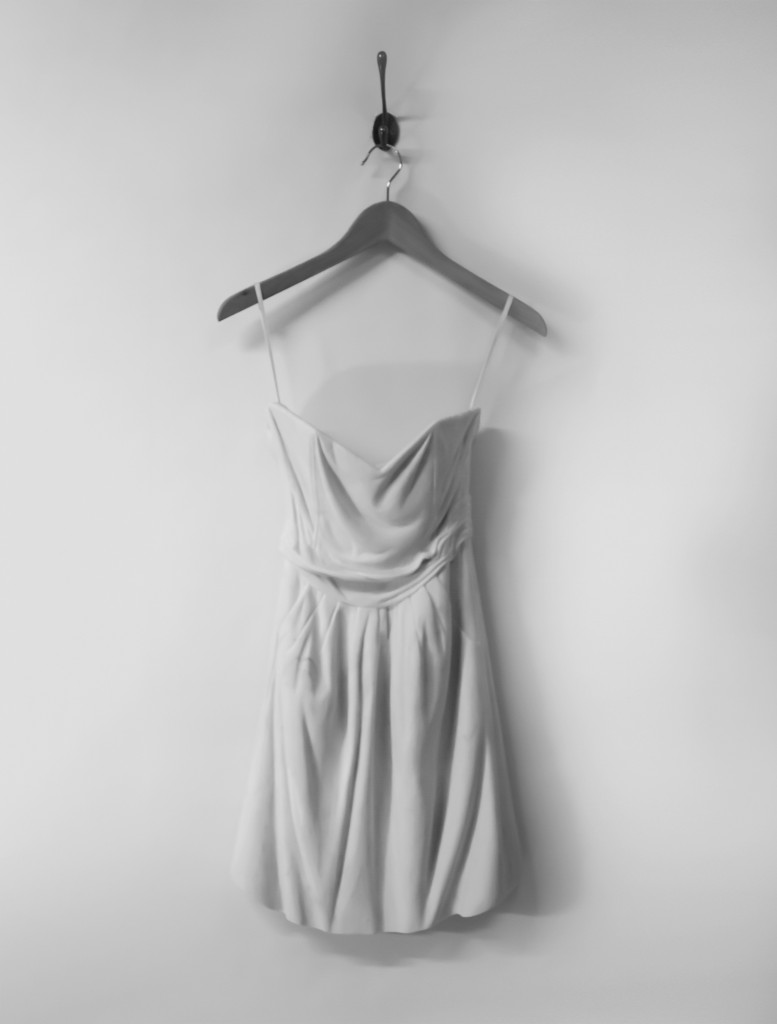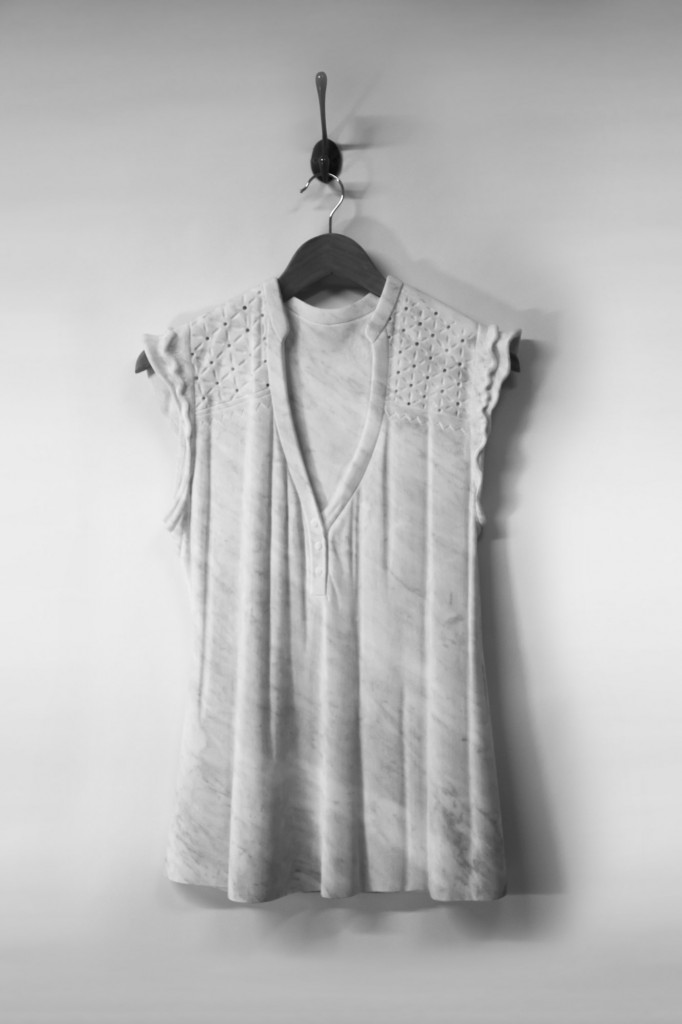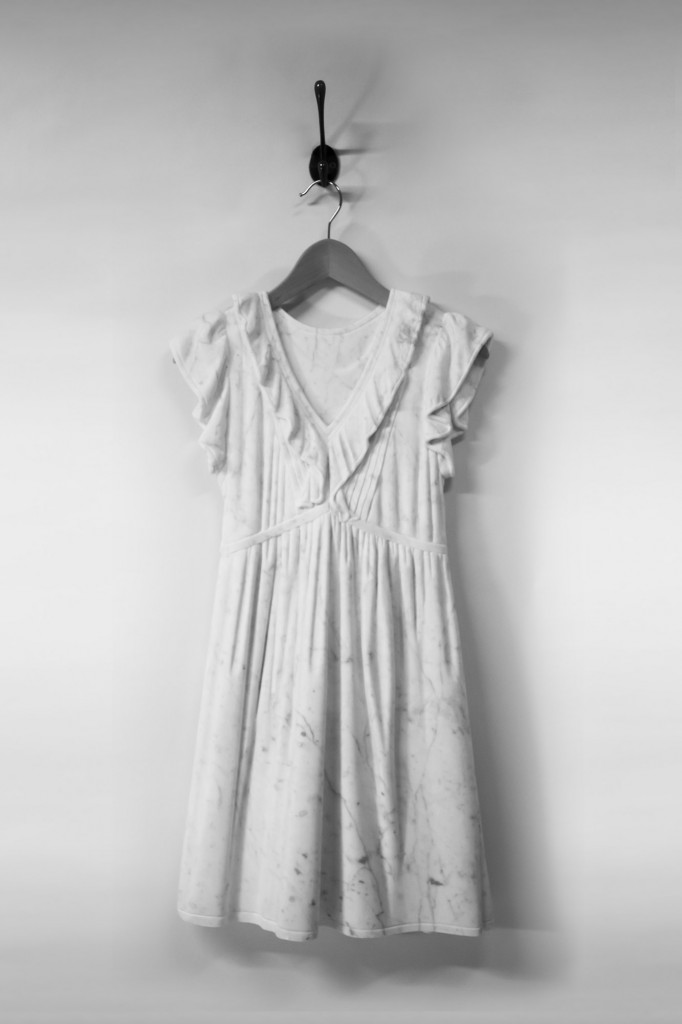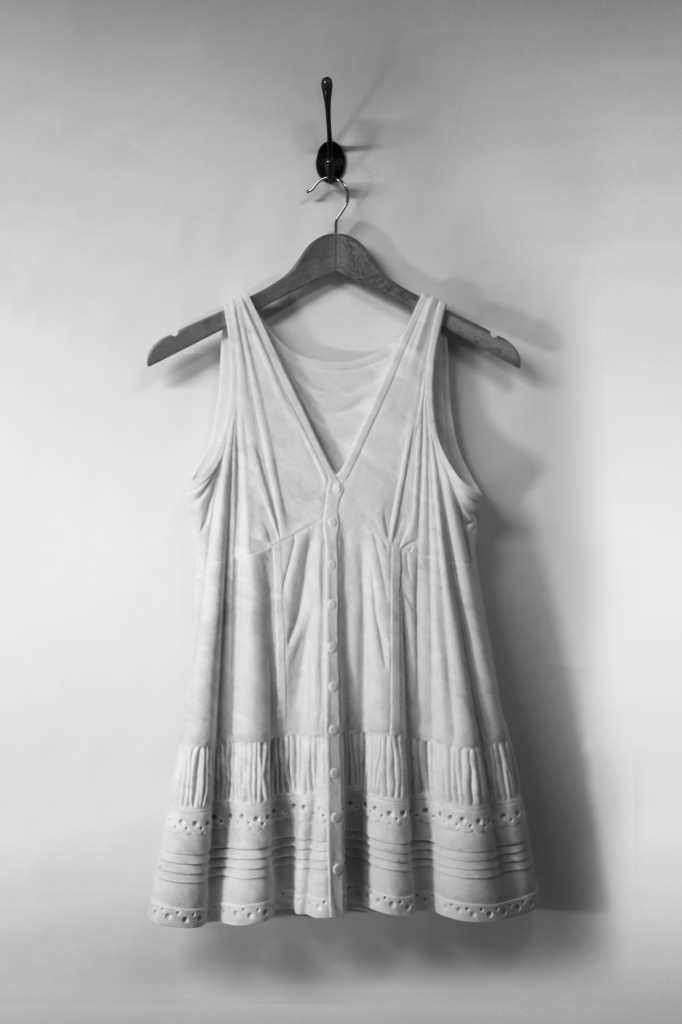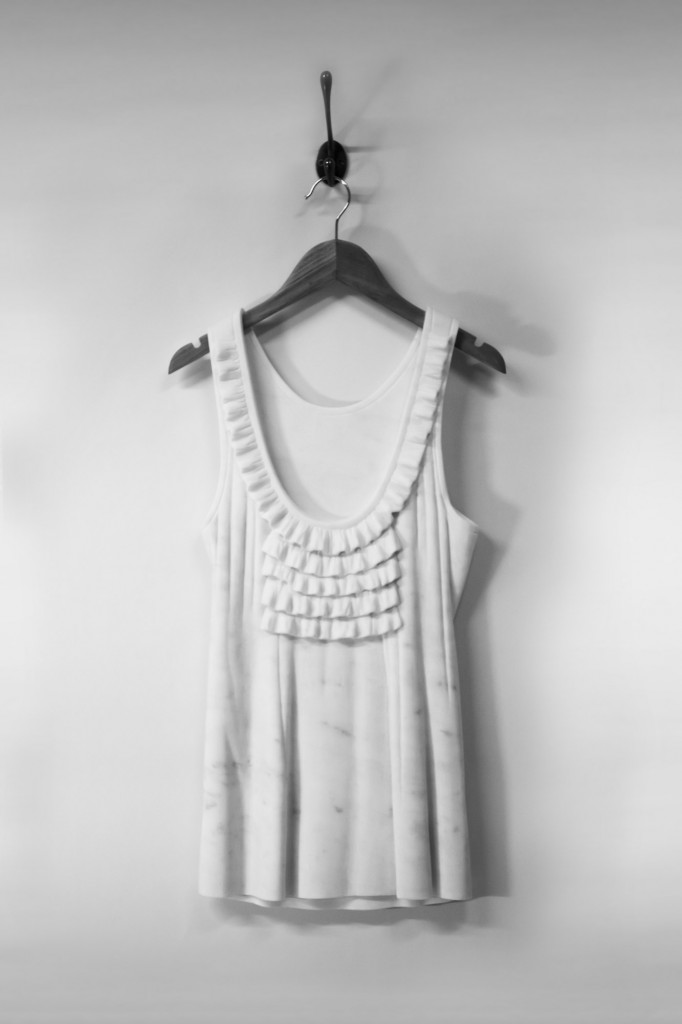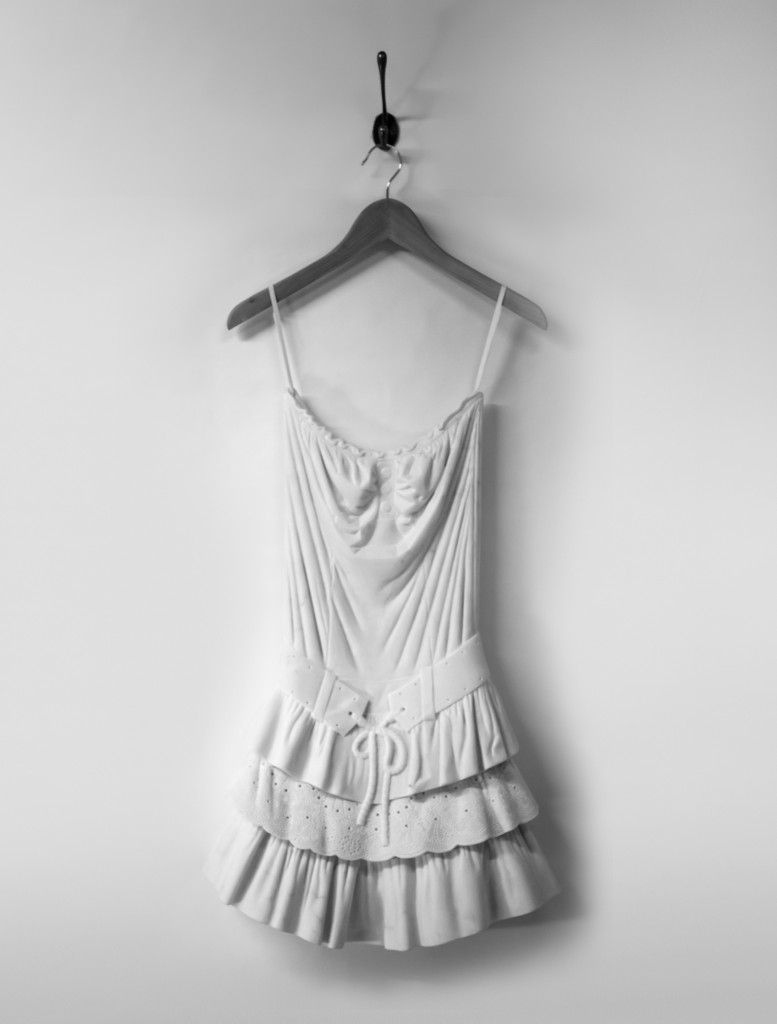New York Times “Modern Love”
Awesome narrative and visual story about love, directed and animated by Freddy Arenas http://vimeo.com/97748157
Awesome narrative and visual story about love, directed and animated by Freddy Arenas http://vimeo.com/97748157
#catchingcorners is a personal Instagram project of Petersburg’s lifestyle and portrait photographer Zhenya Aerohockey
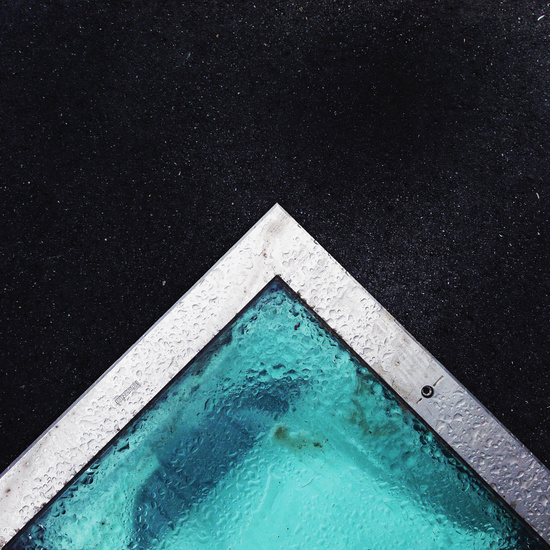

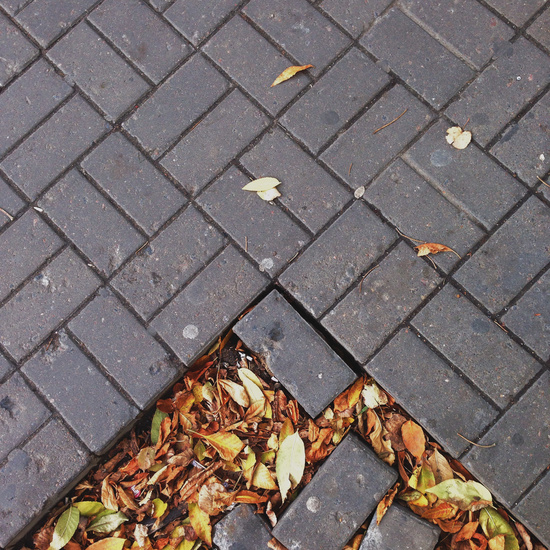
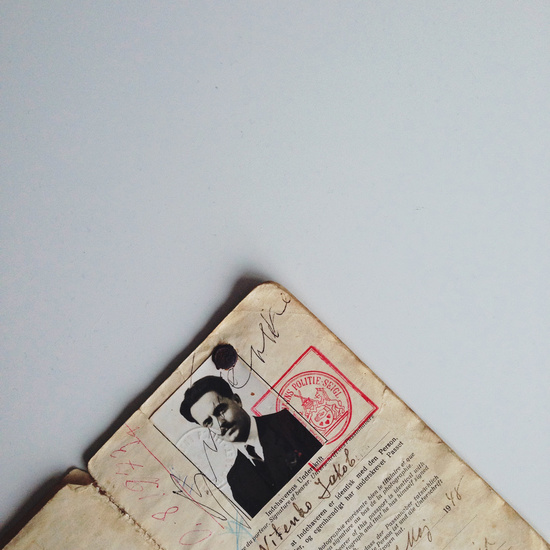
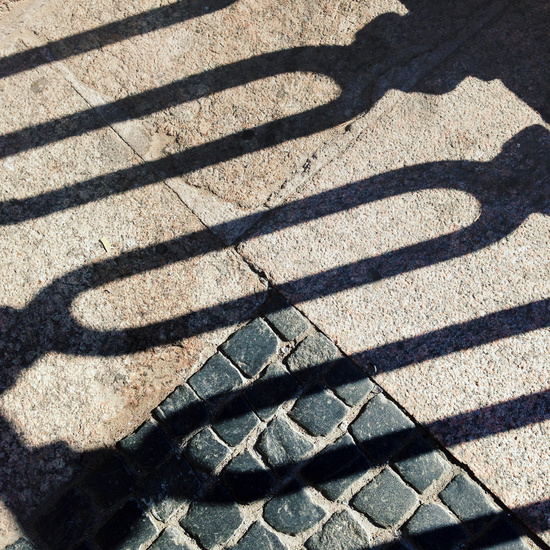

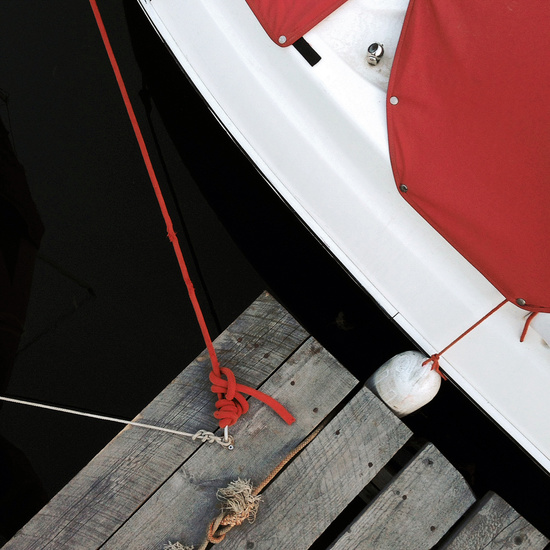
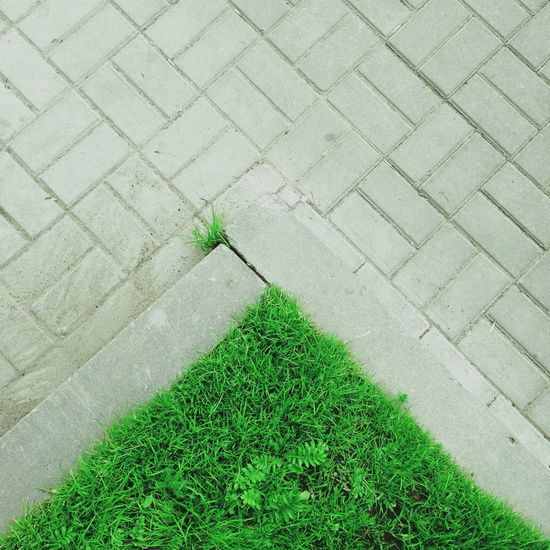

Graphic designer Danielle Evans is based in Columbus, Ohio. She is a wonderful letterer and food typographer, exhibiting through brush pen, paper cutting and most notably, dimensional type.
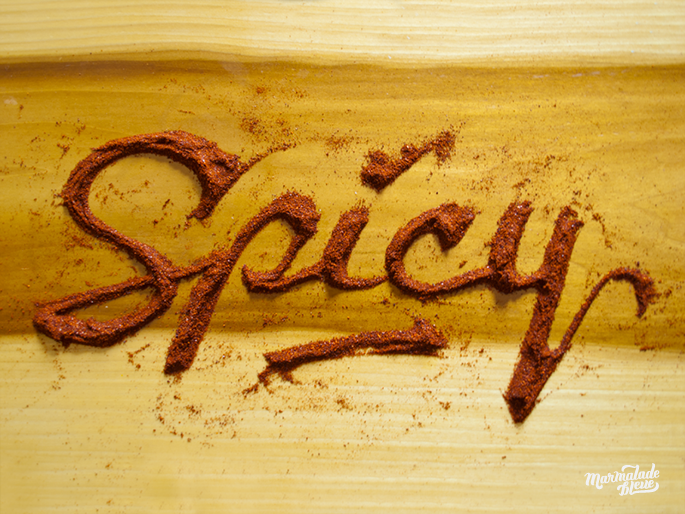

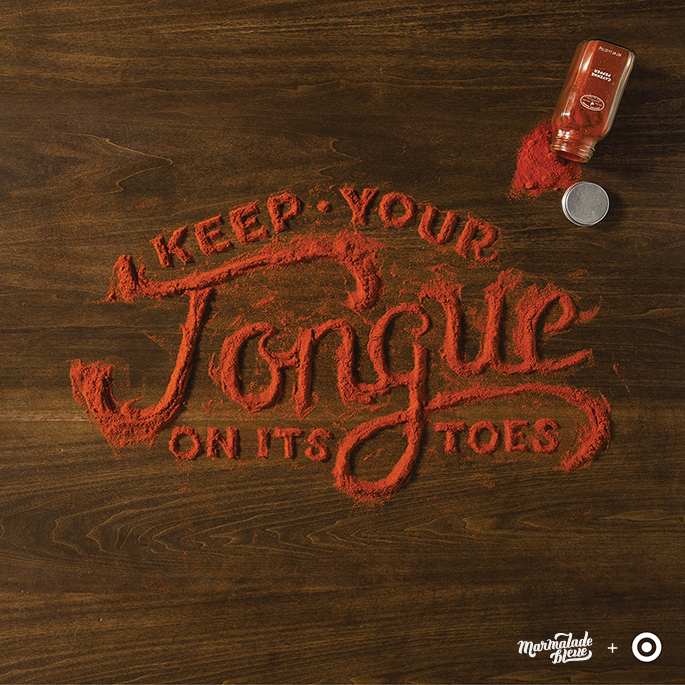
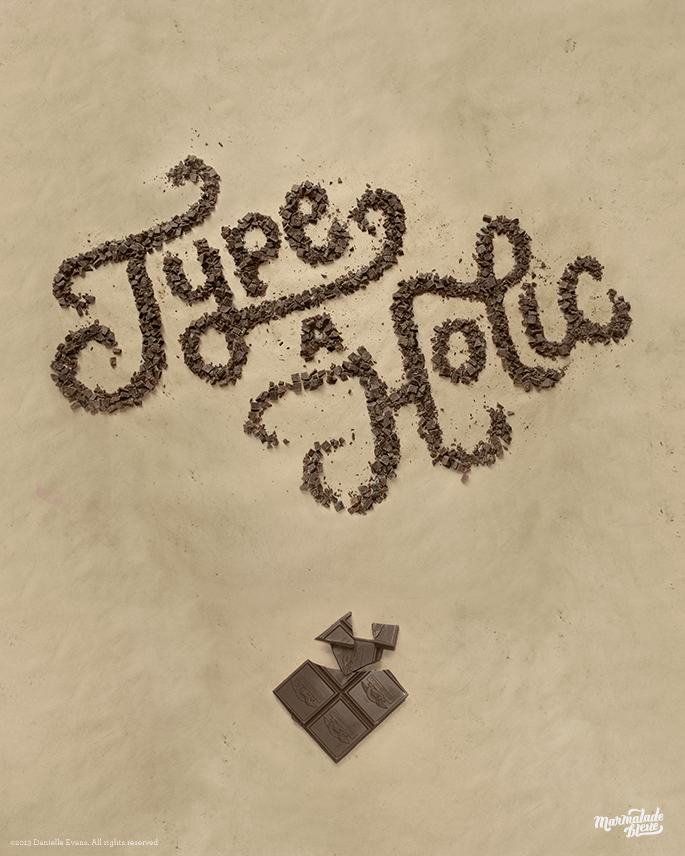

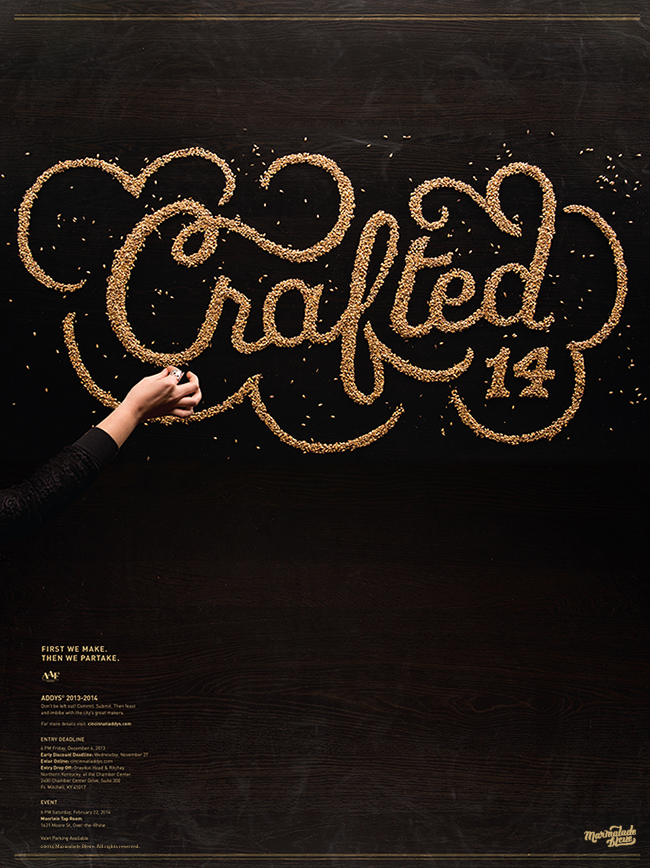
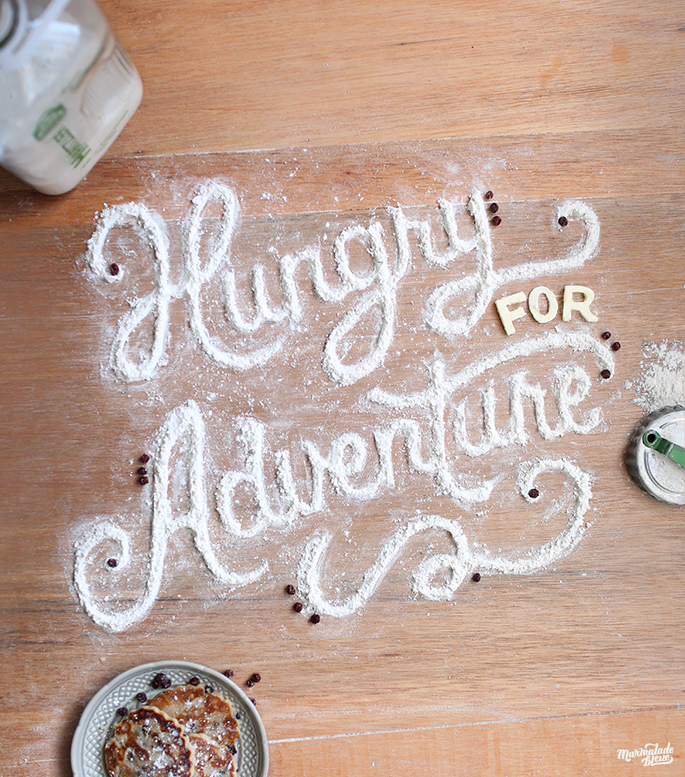
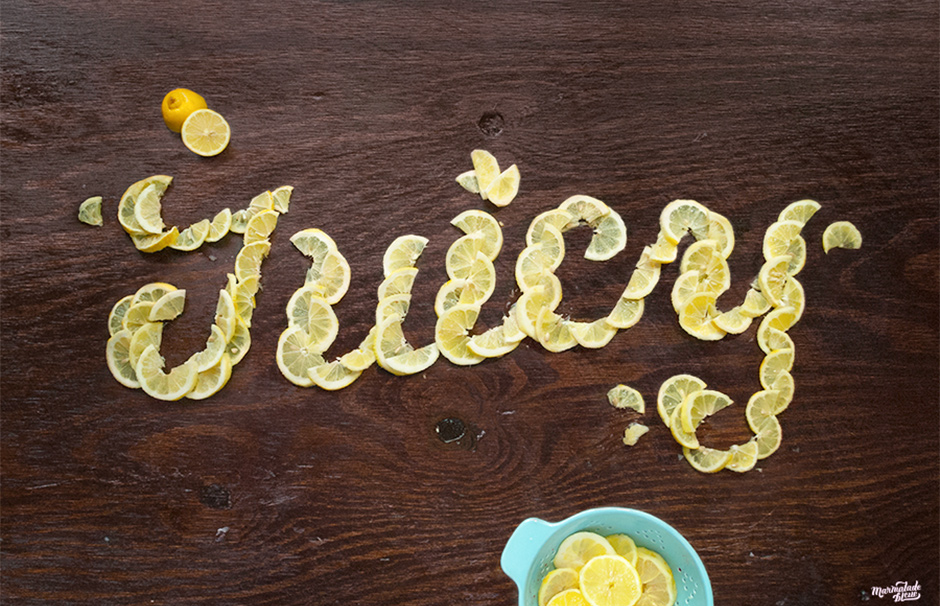
Mind-blowing photorealistic drawings of icebergs and sea waves made with soft pastel by Zaria Forman
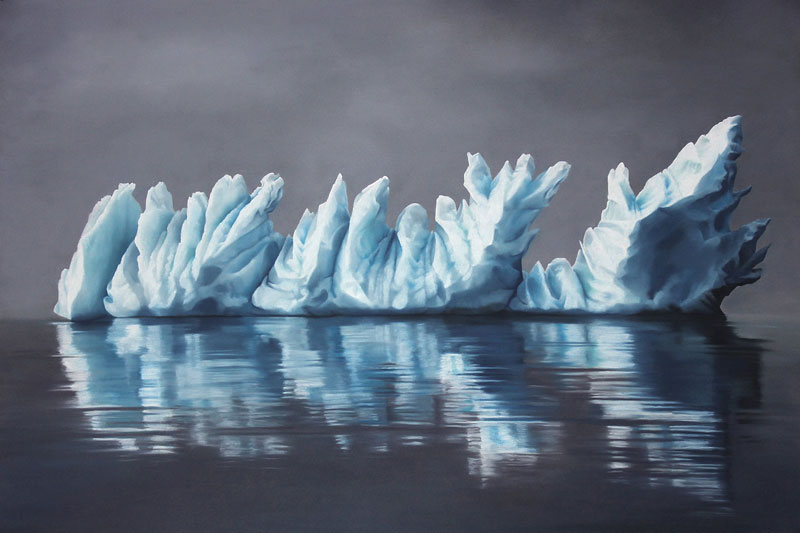
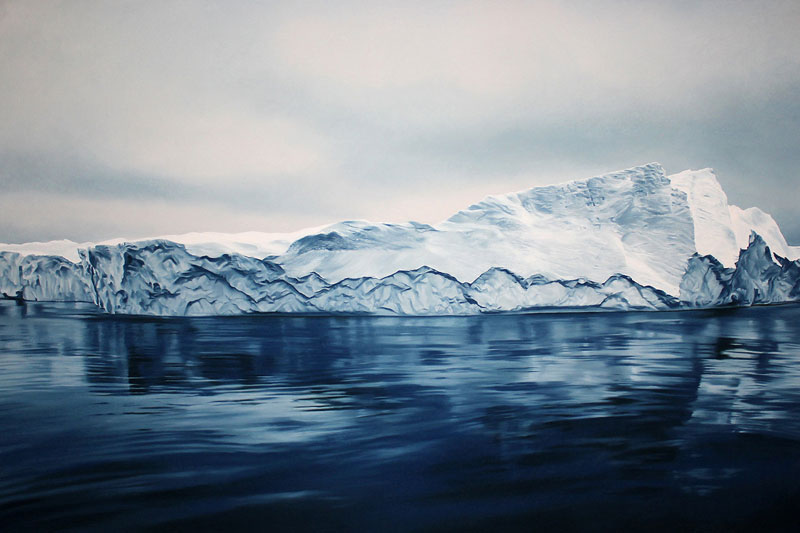
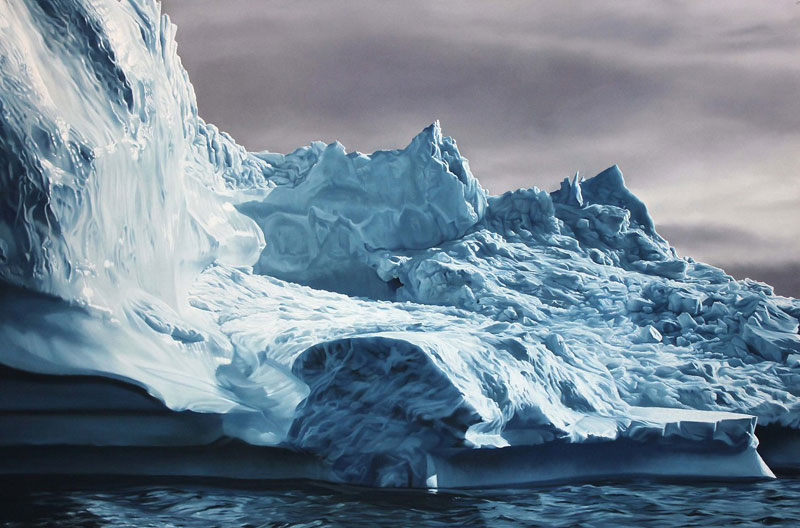
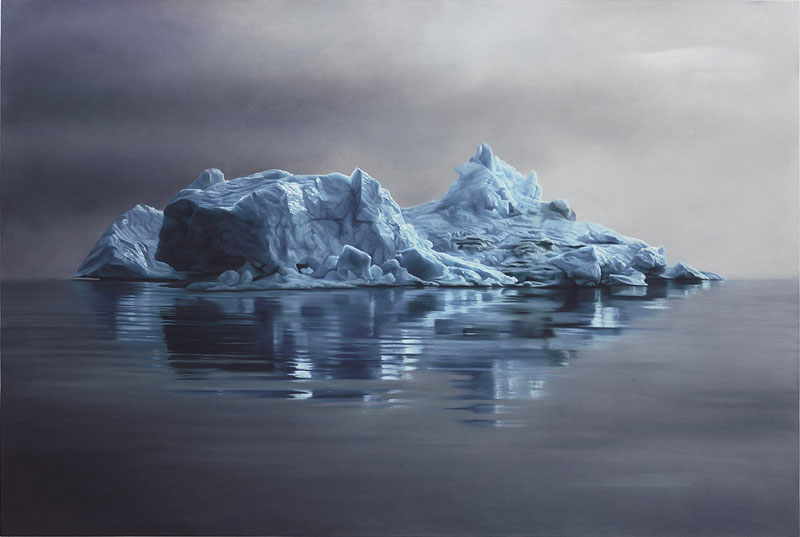
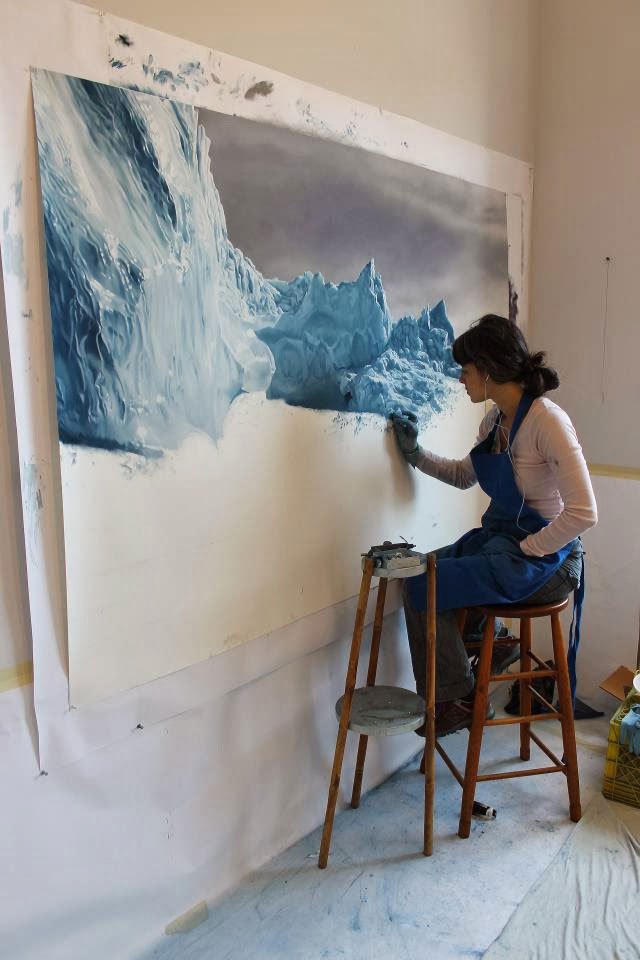
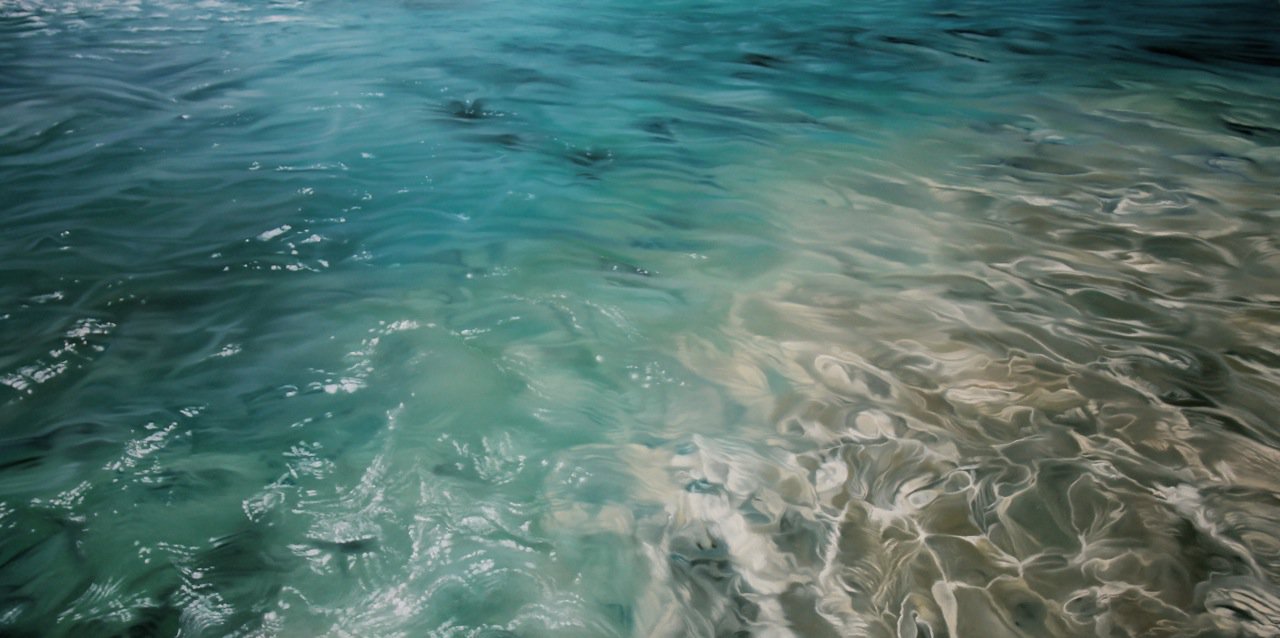
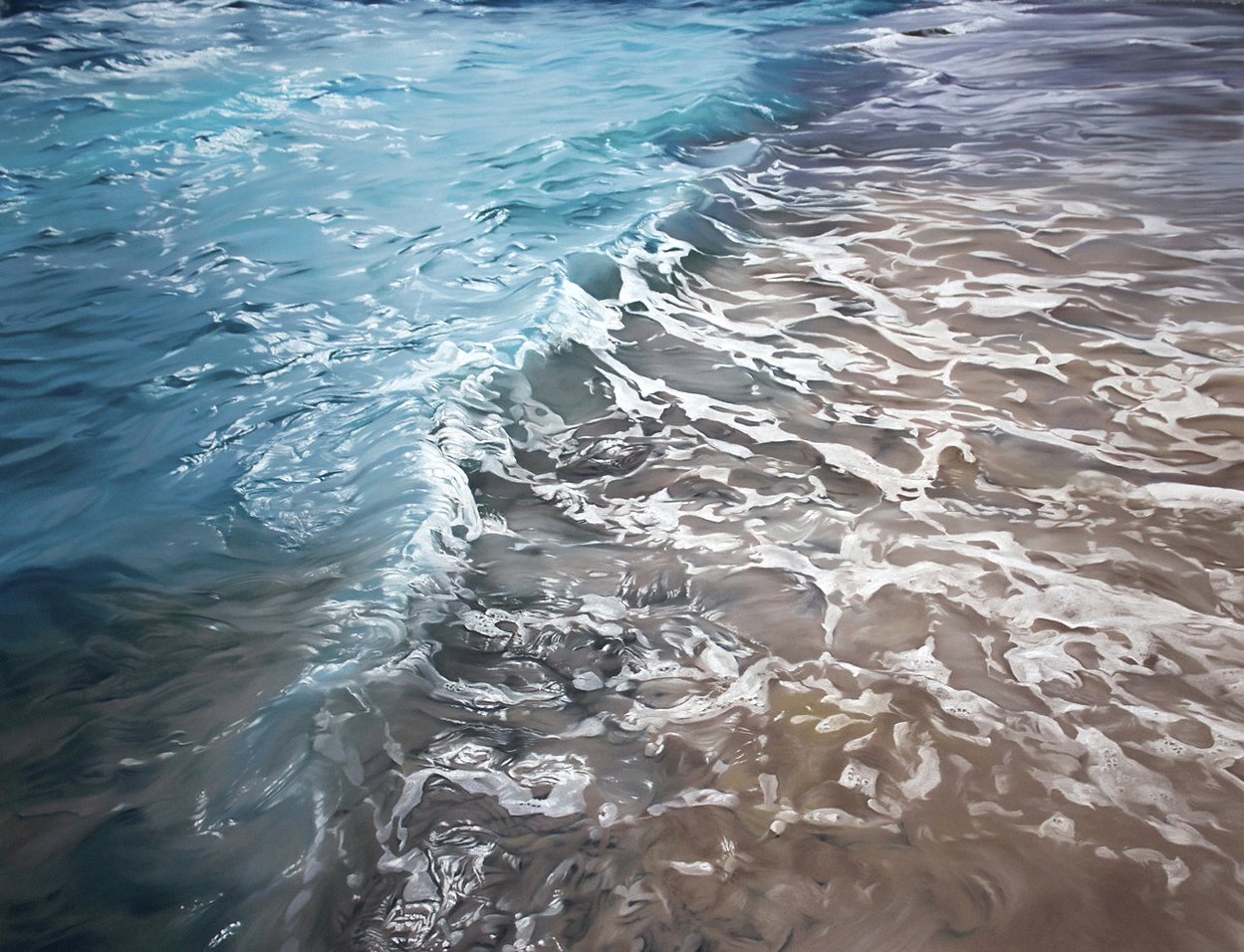
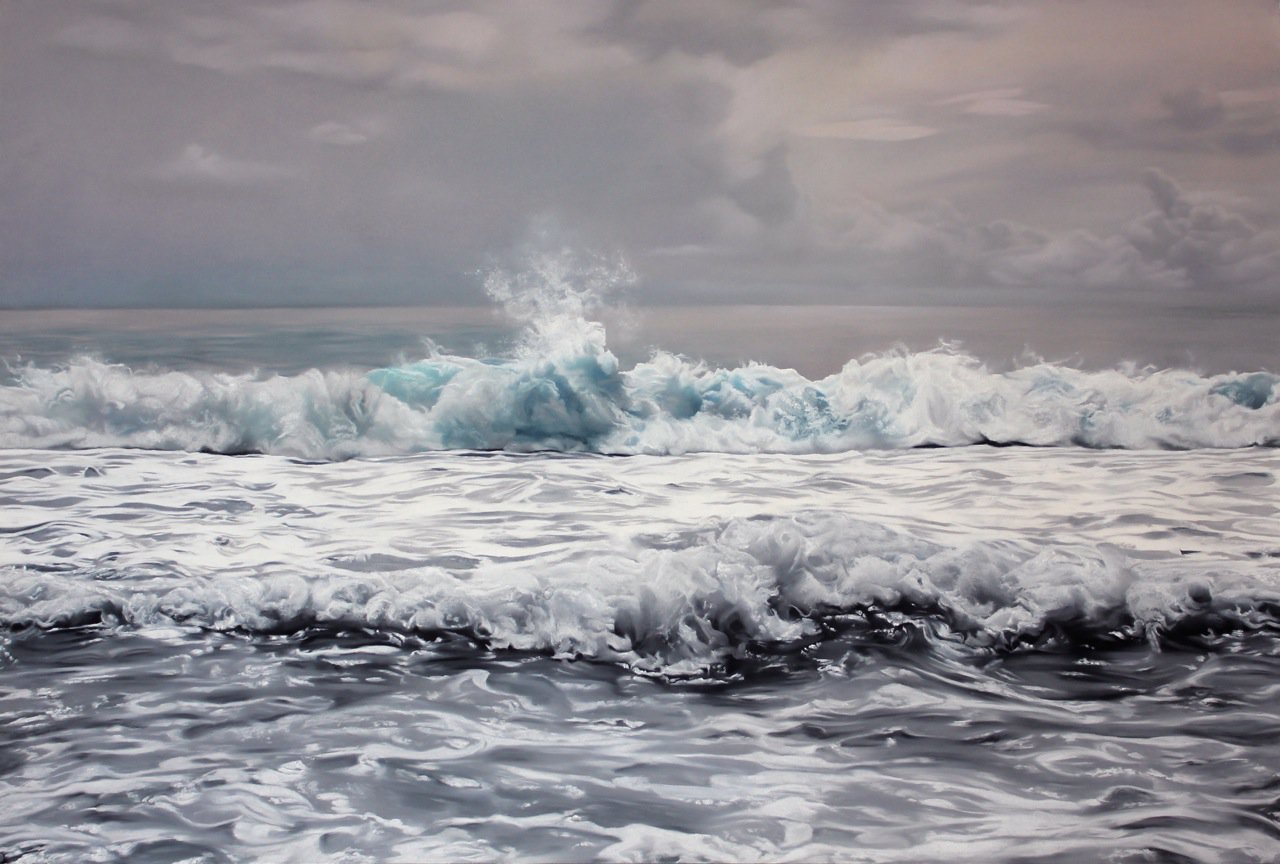
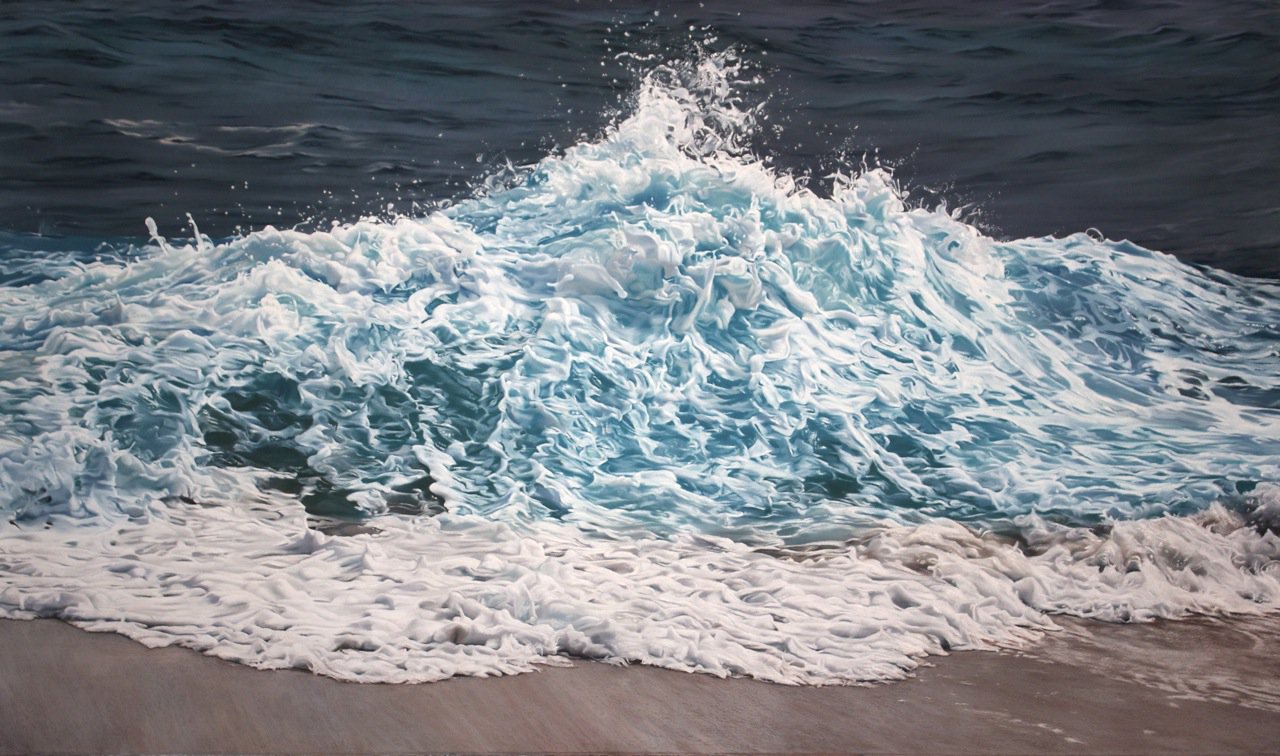
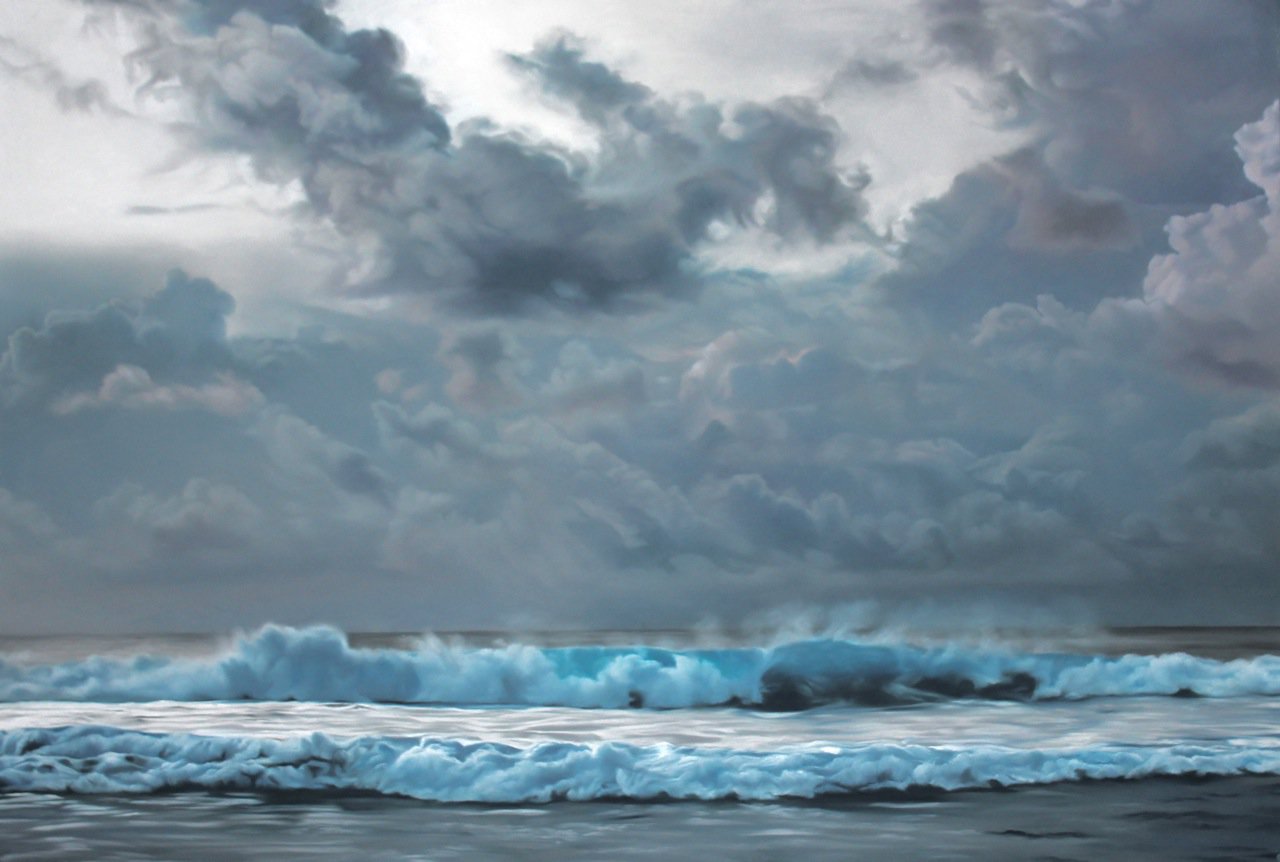
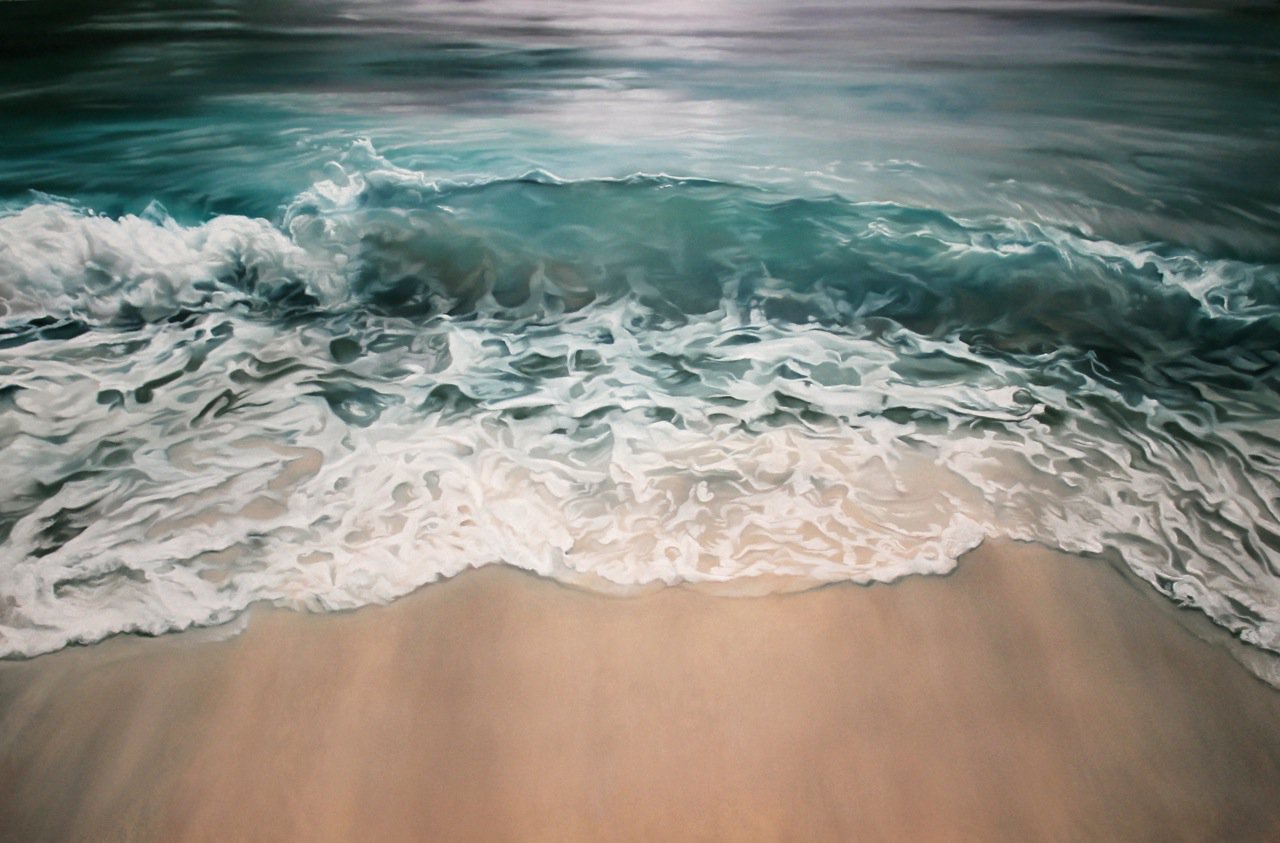
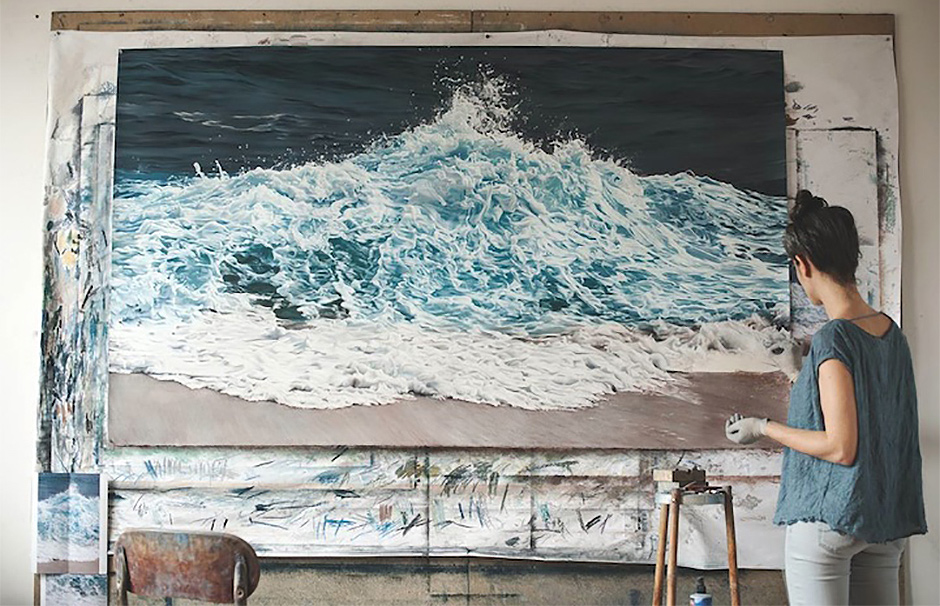
Tom Haugomat is an illustrator based in Paris, France. His works have been shown in publications like XXI, Le Monde and etc.

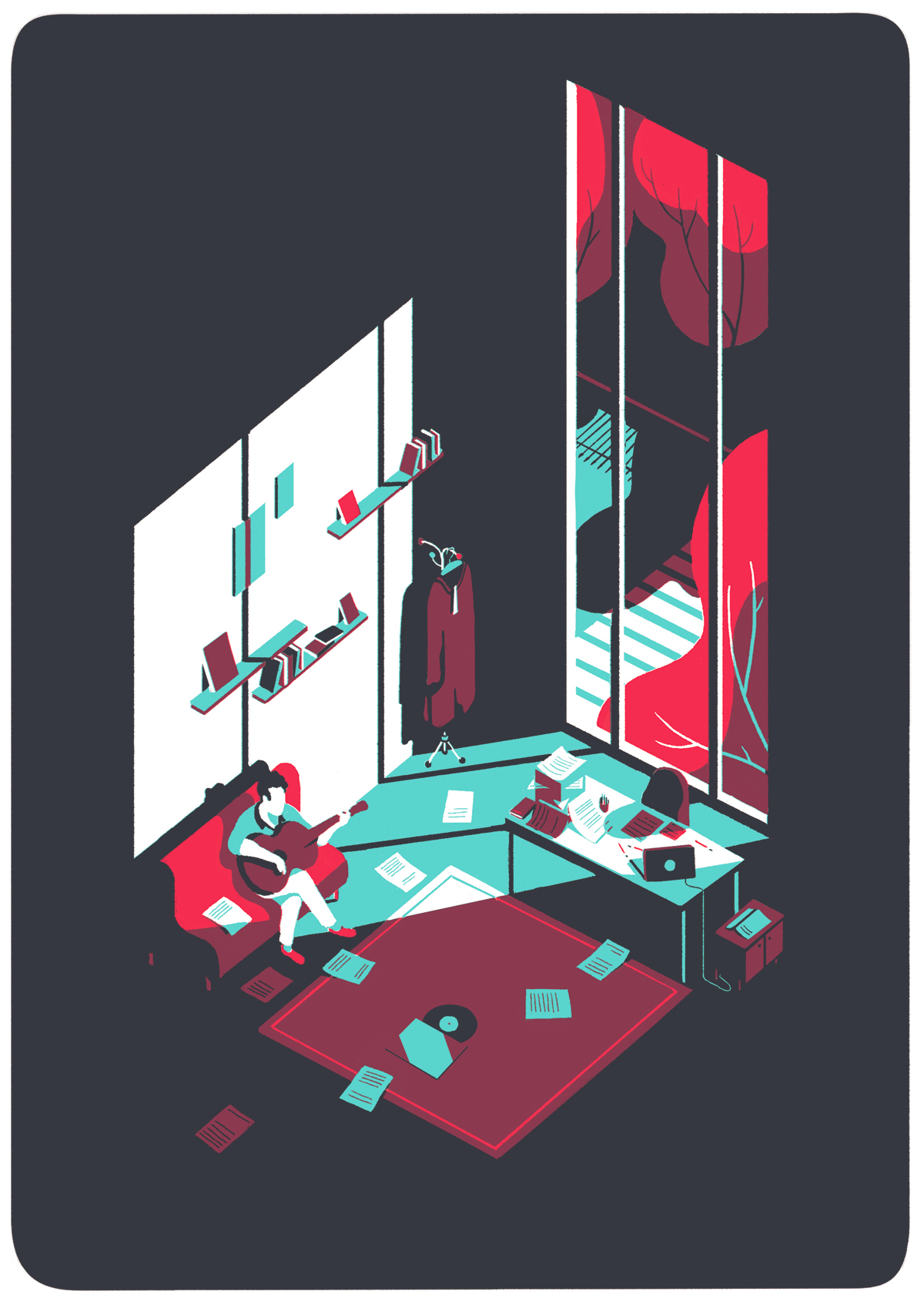
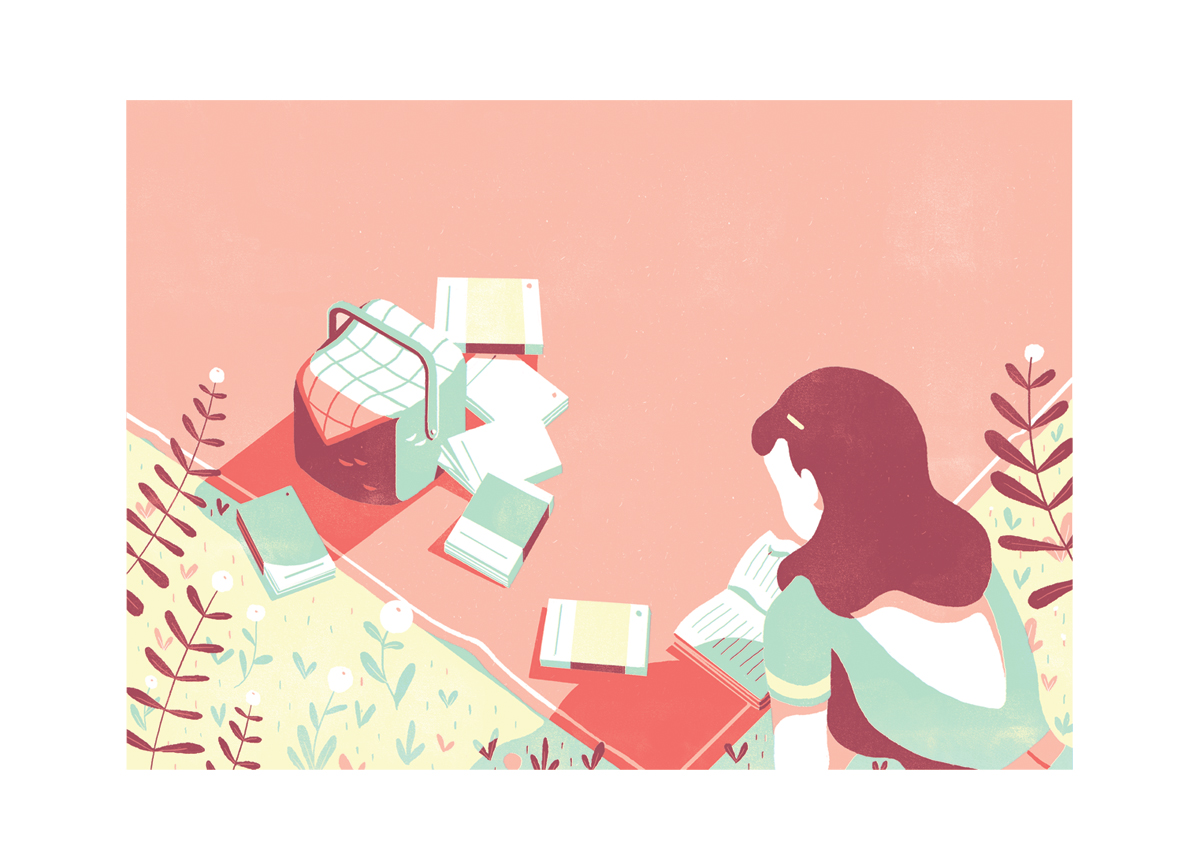
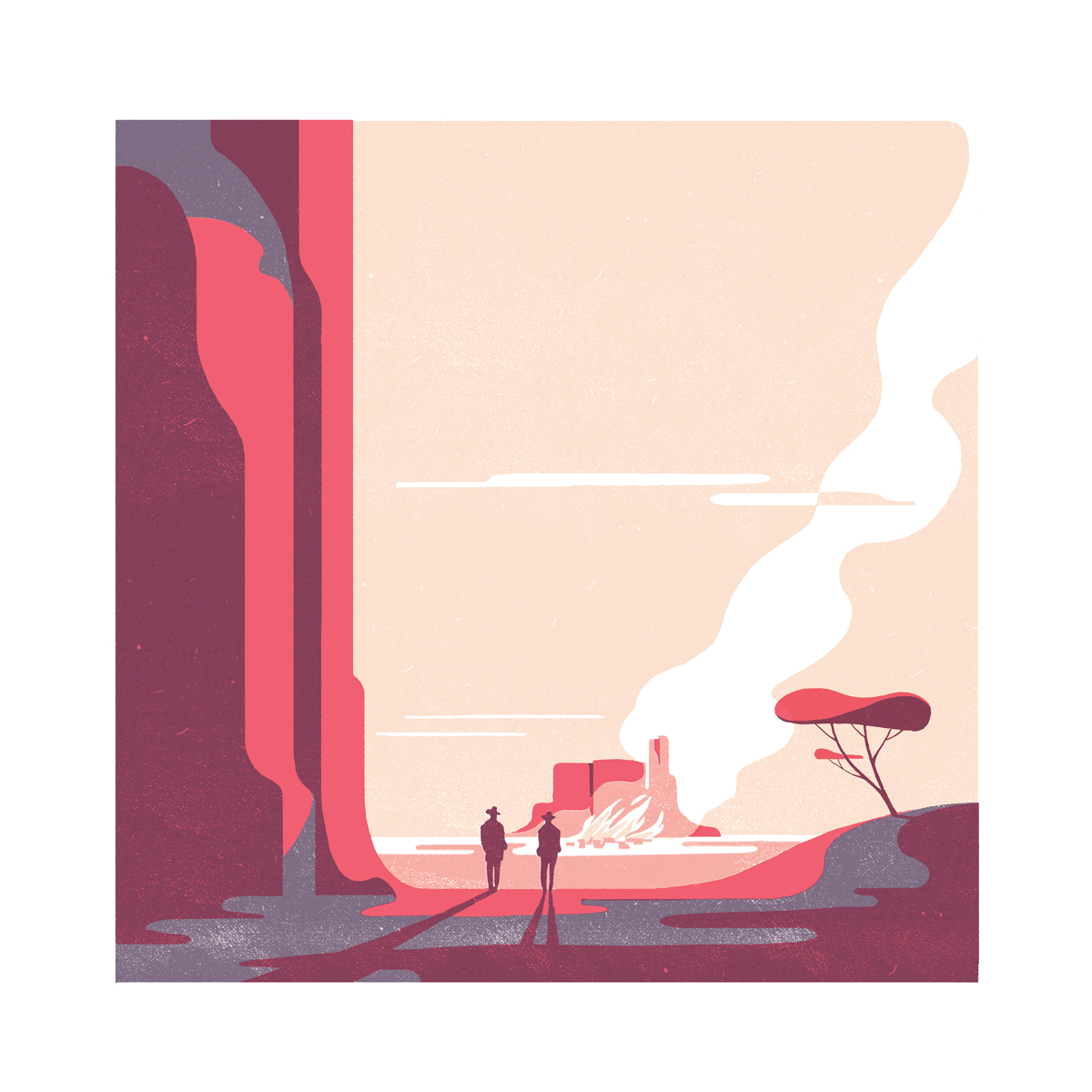

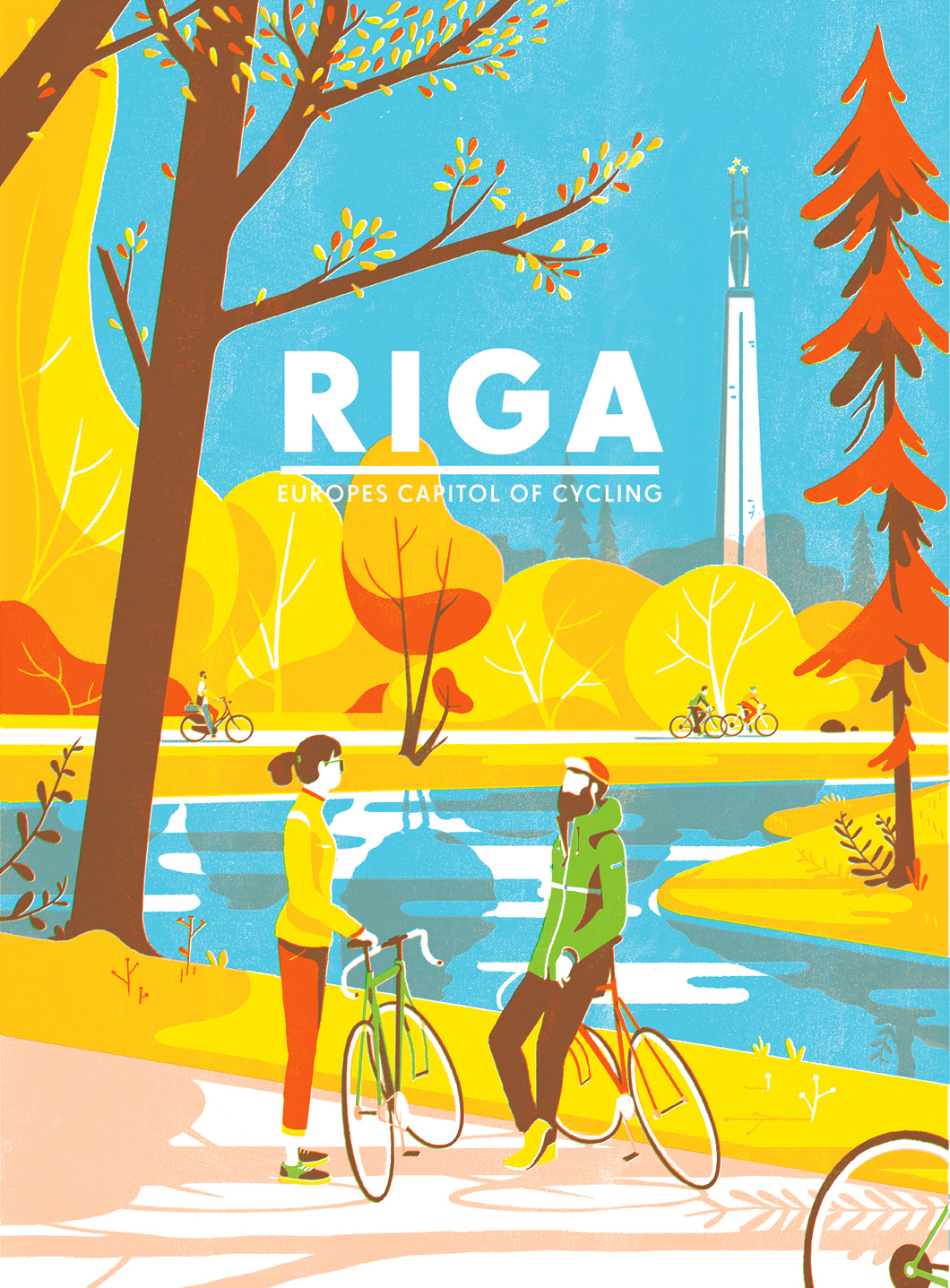
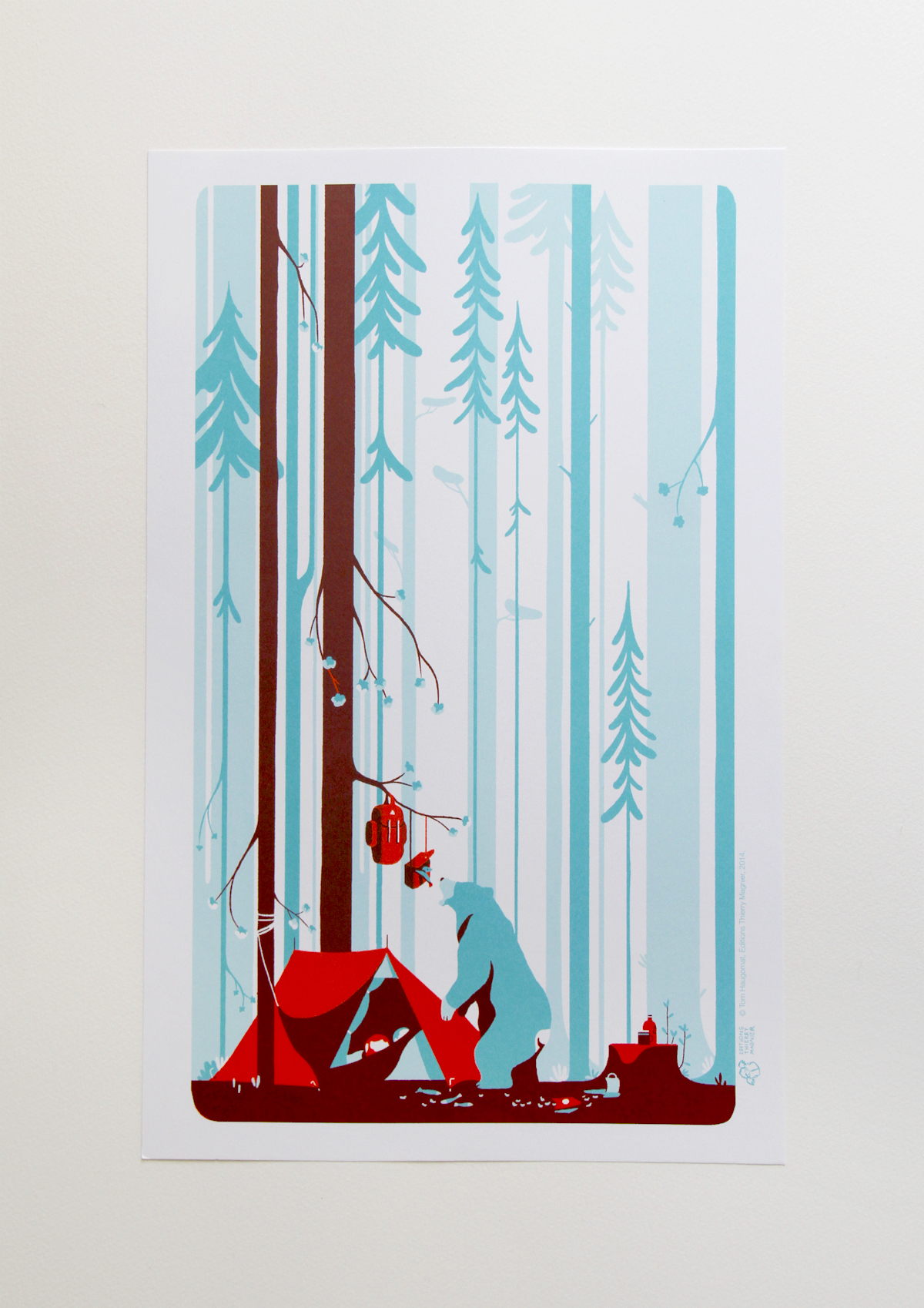
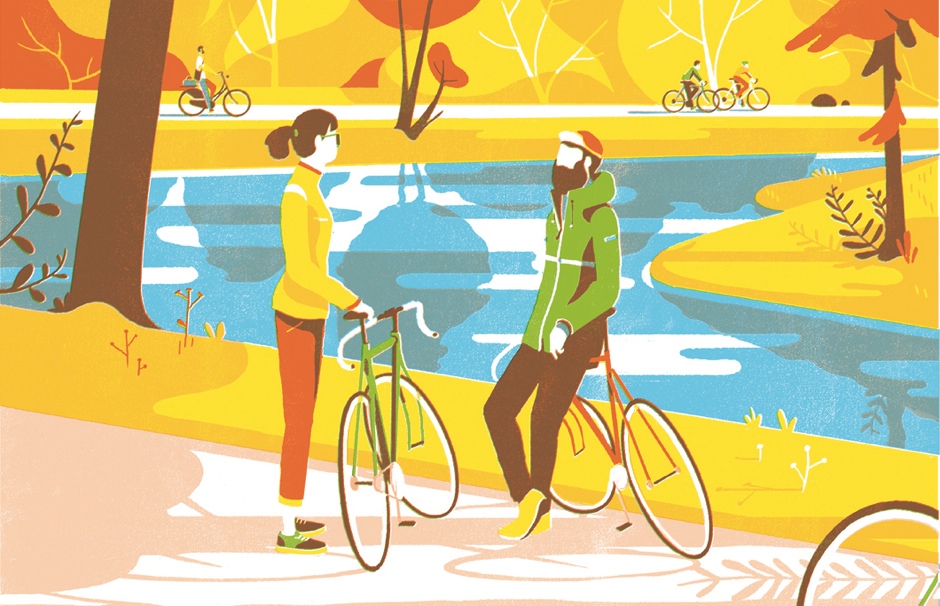
While viewing the Northlandscapes project of Jan Erik Waider you can feel the mute appeal of that frozen silent giants, icebergs of northern glaciers, sending a message to keep planet clean.
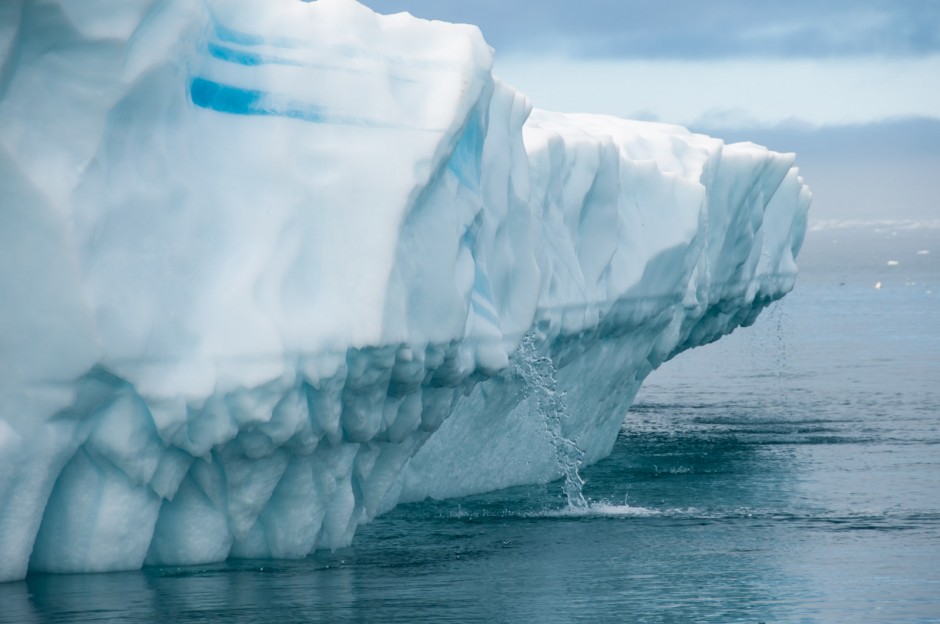
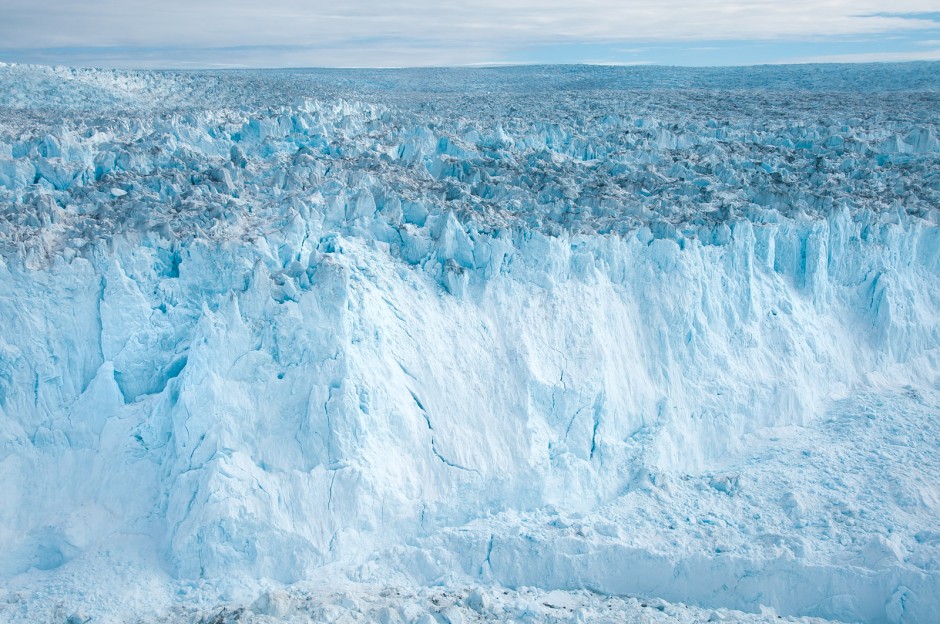
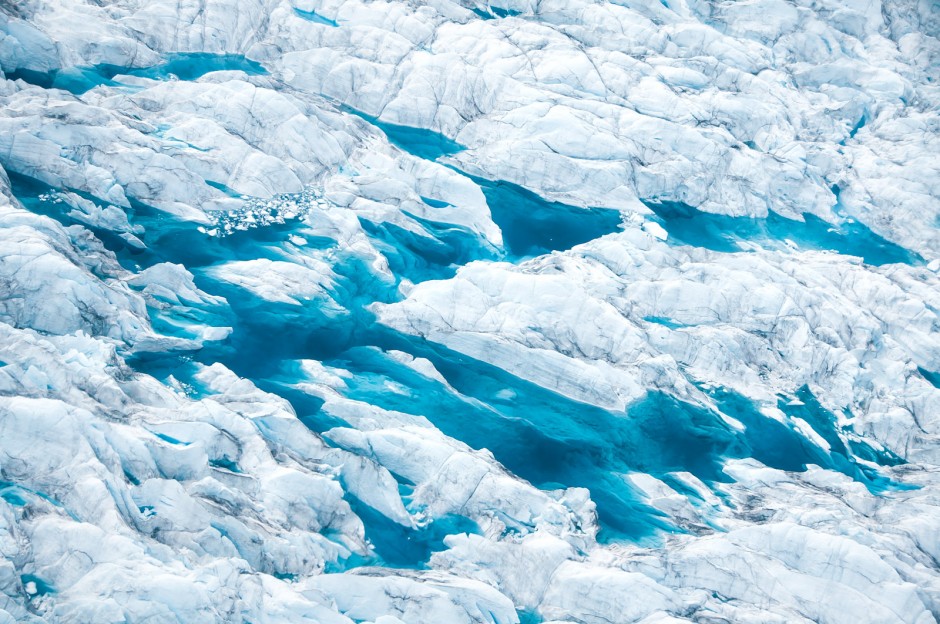
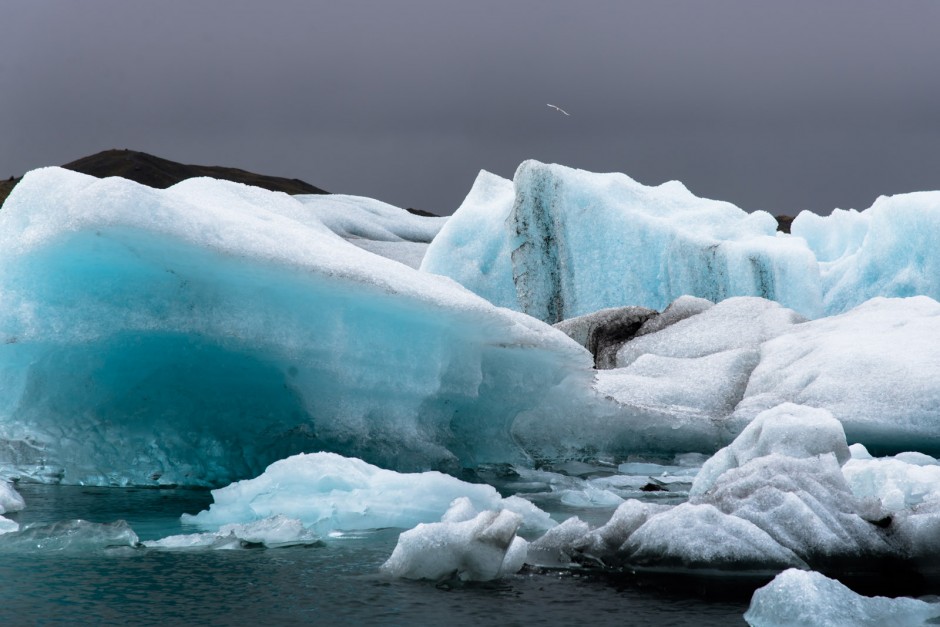
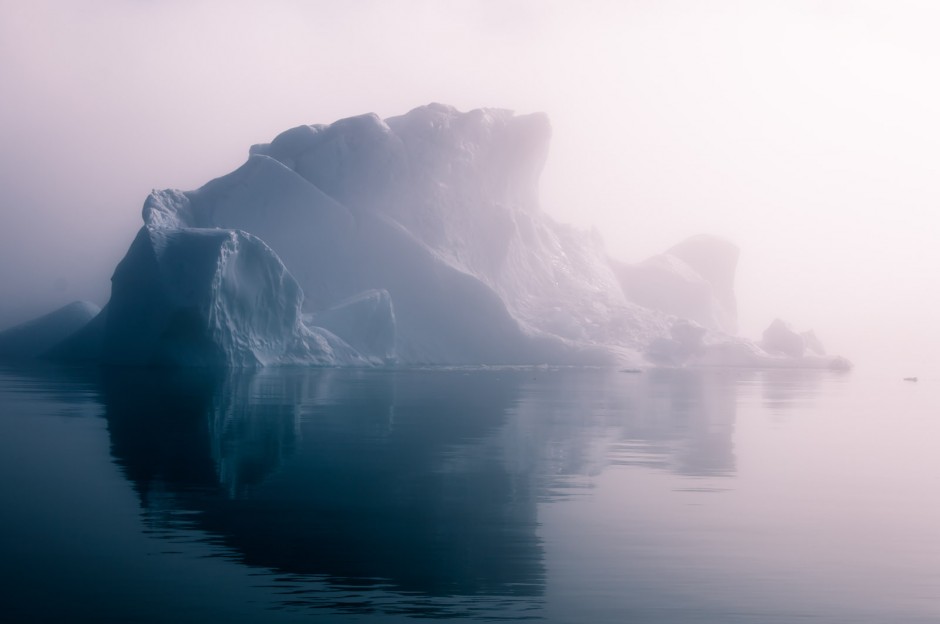
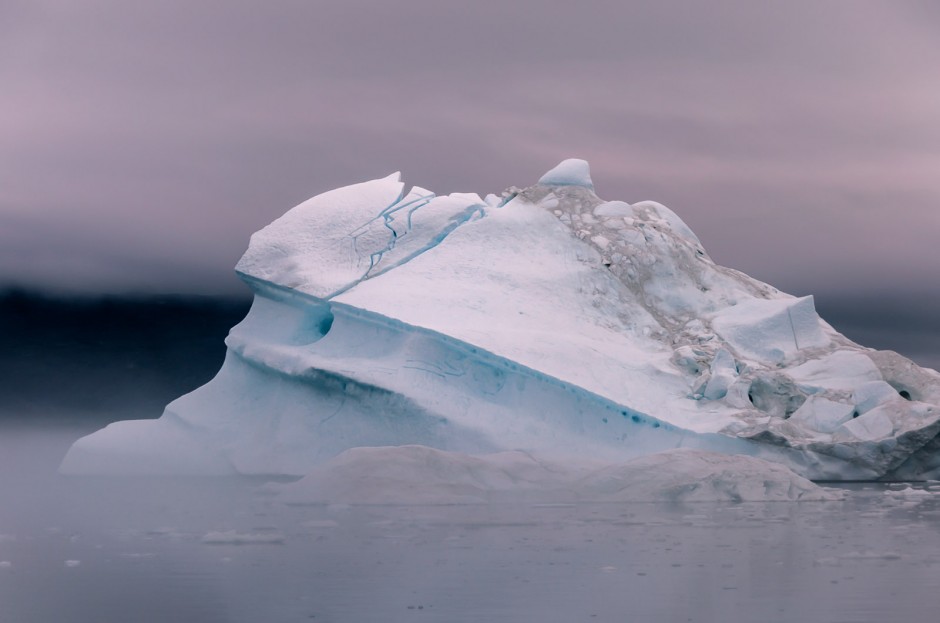
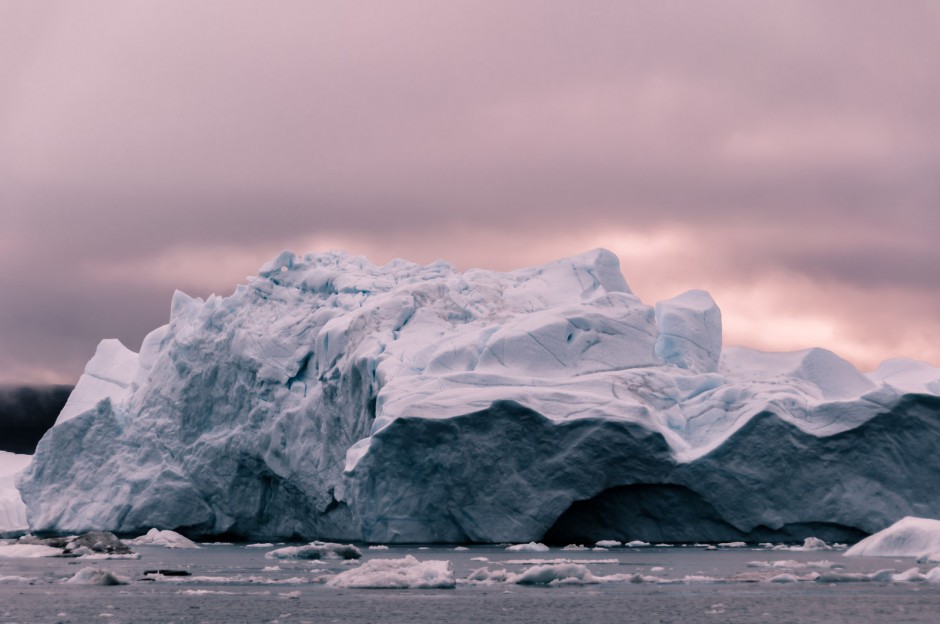
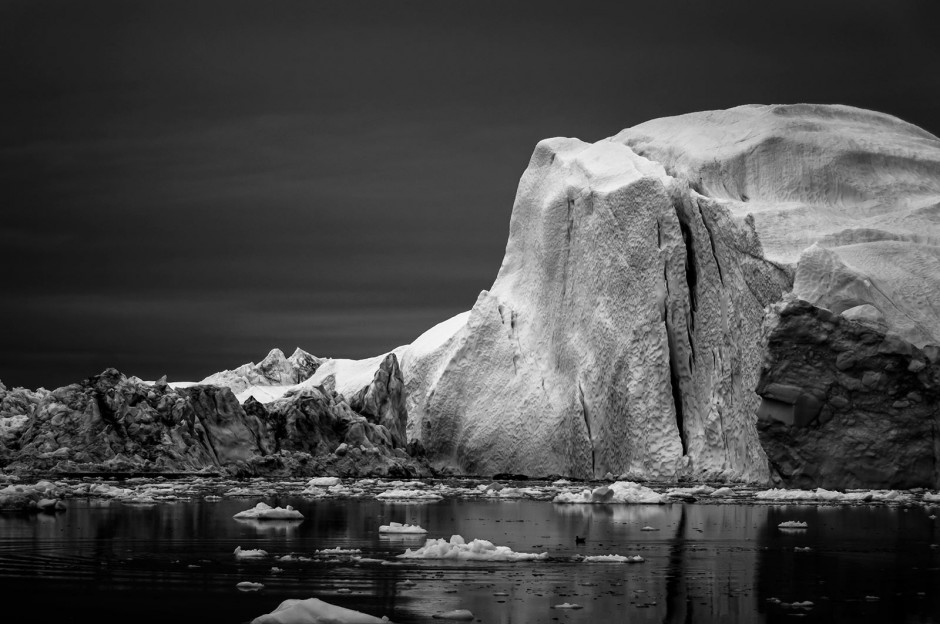
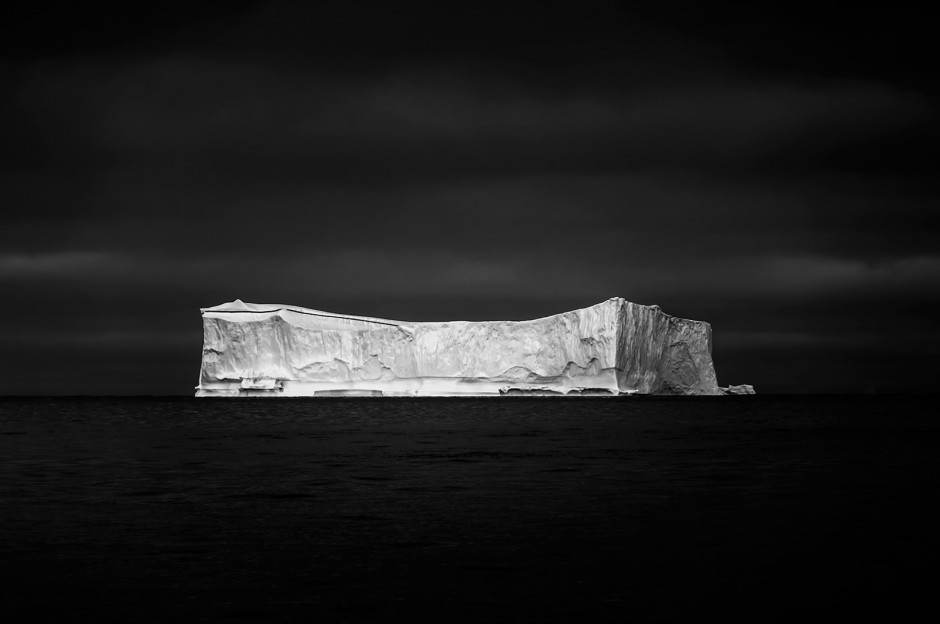
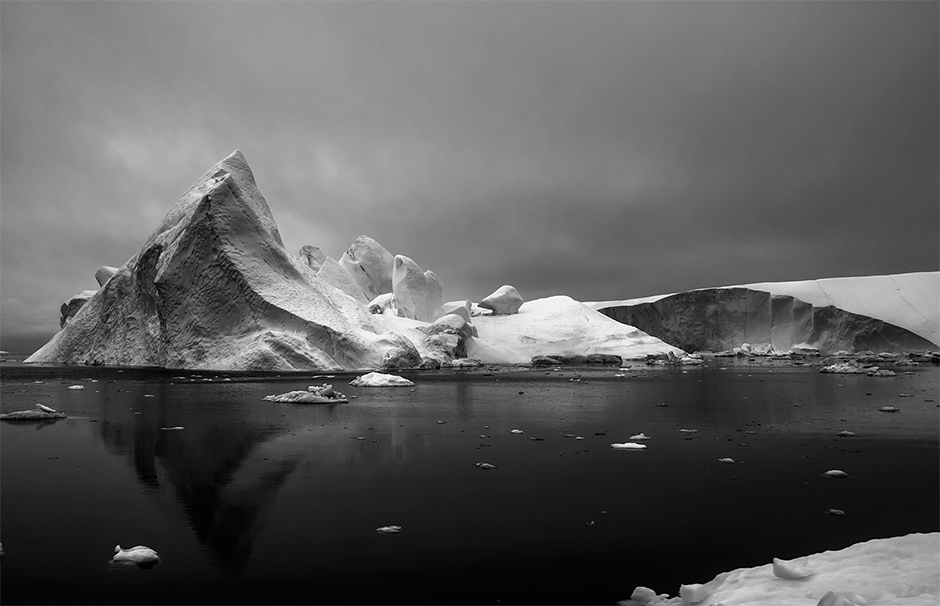
Interpretation of Jan Erik's work by Antonio Mora aka Mylovt
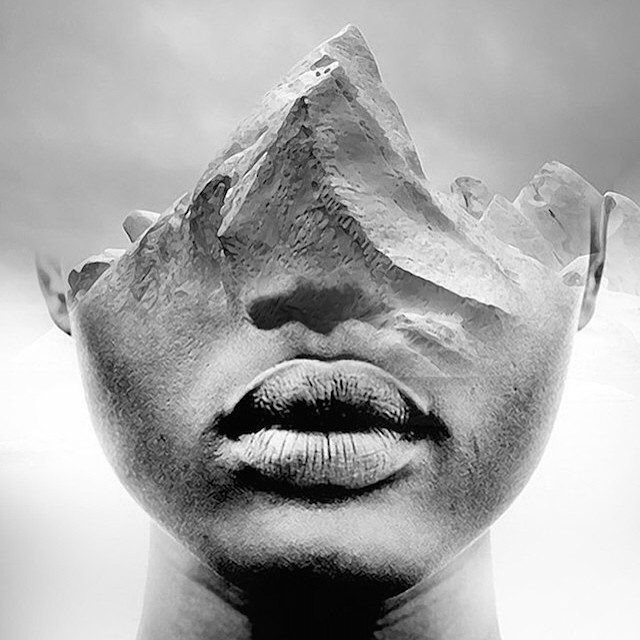
Drawing inspiration from early theatrical training, and influenced by methods of staged photography and set design, artist Barry Underwood transforms ordinary landscapes into something out of science fiction. The artist utilizes LED lights, luminescent material, and other photographic effects to create fleeting abstract landscapes that are influenced by both accidental and incidental light. via Colossal
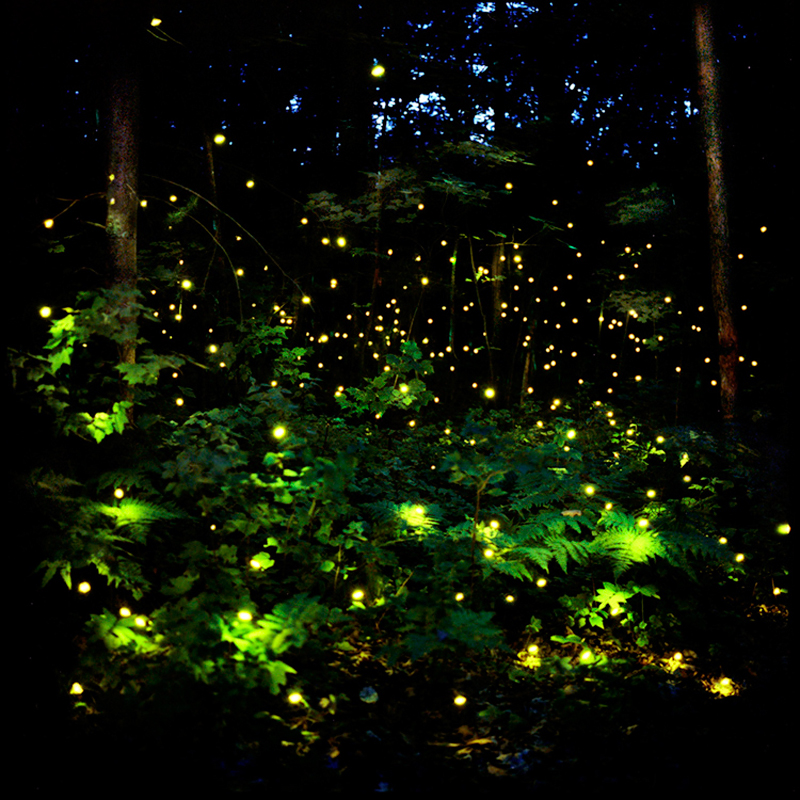

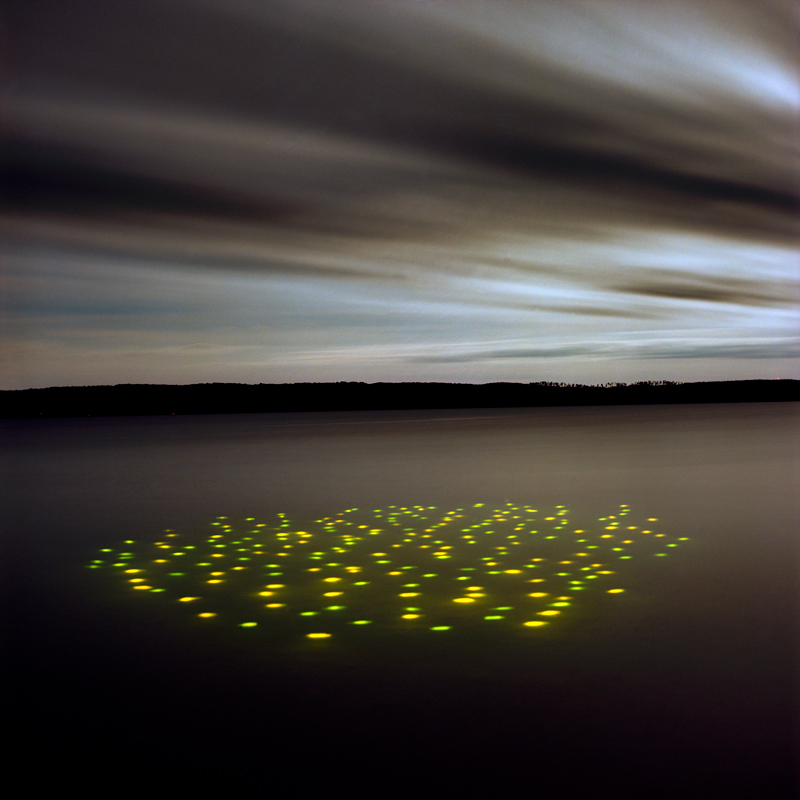
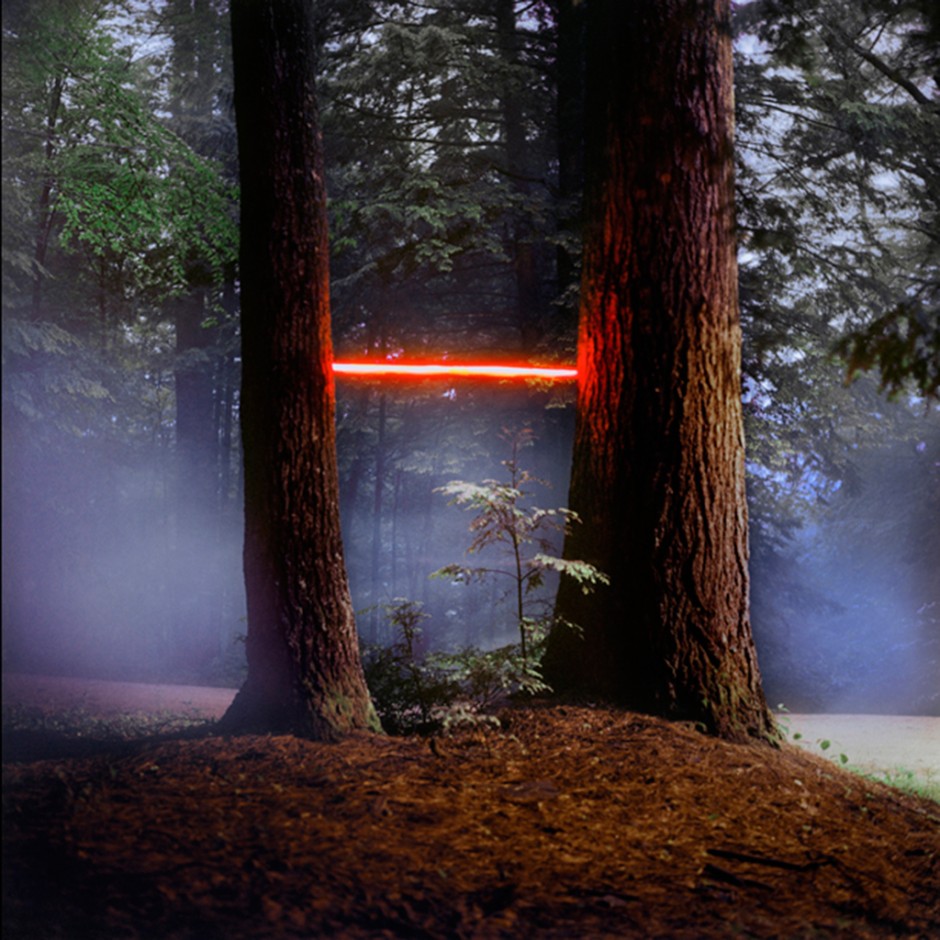
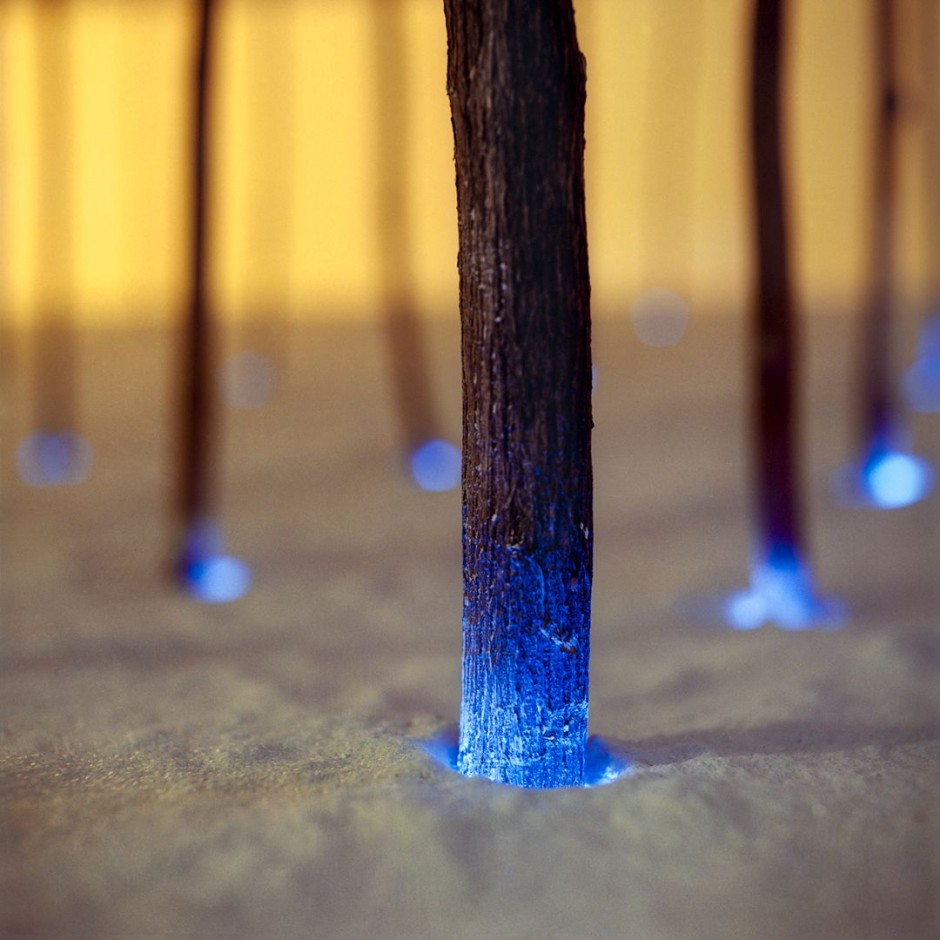

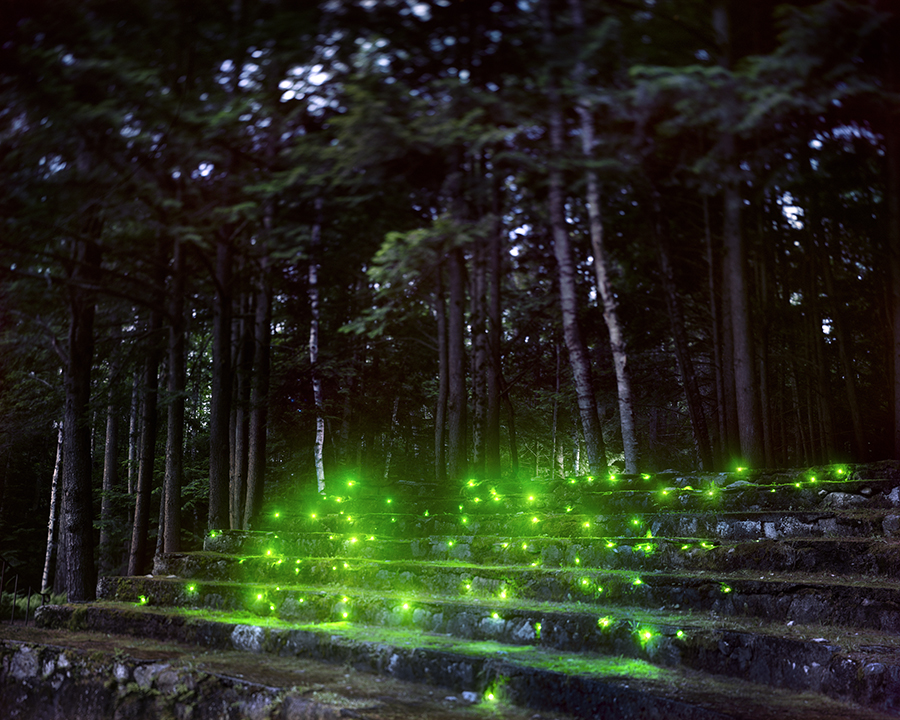
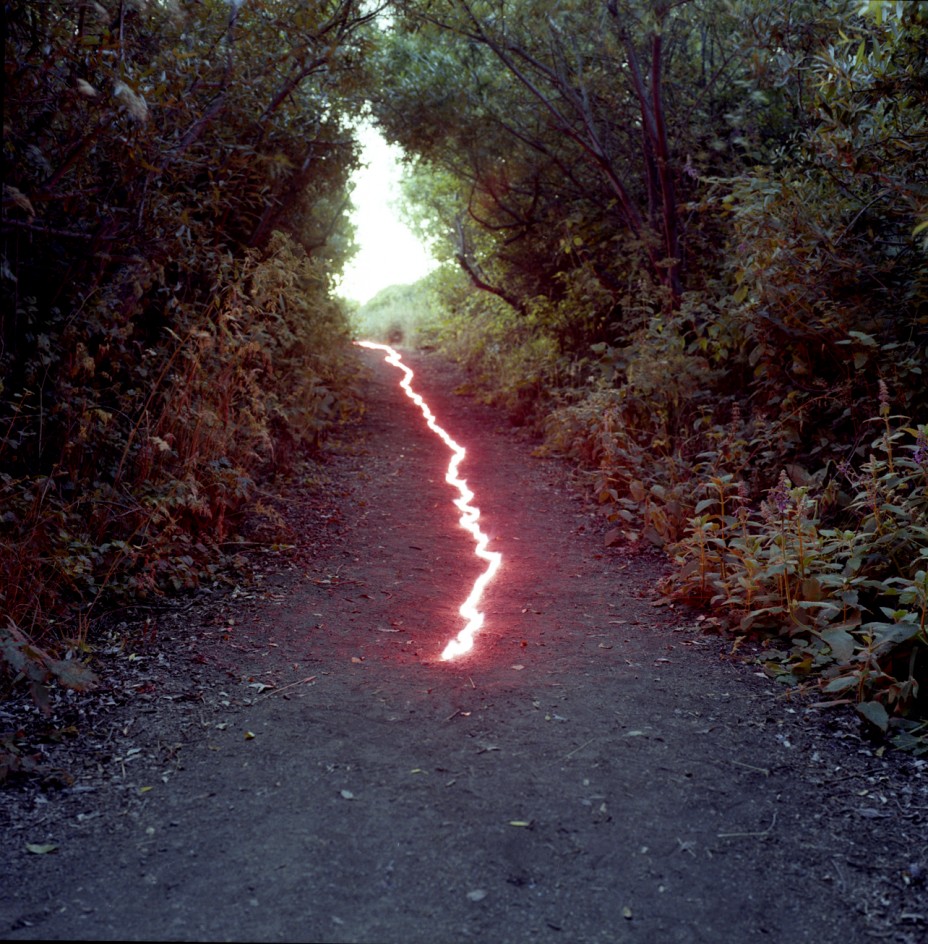
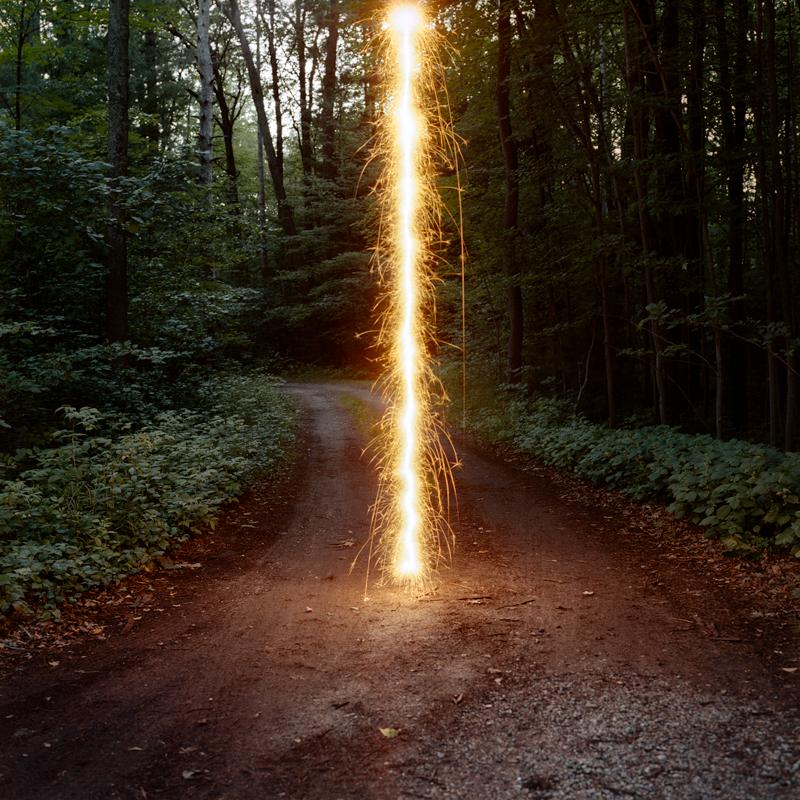
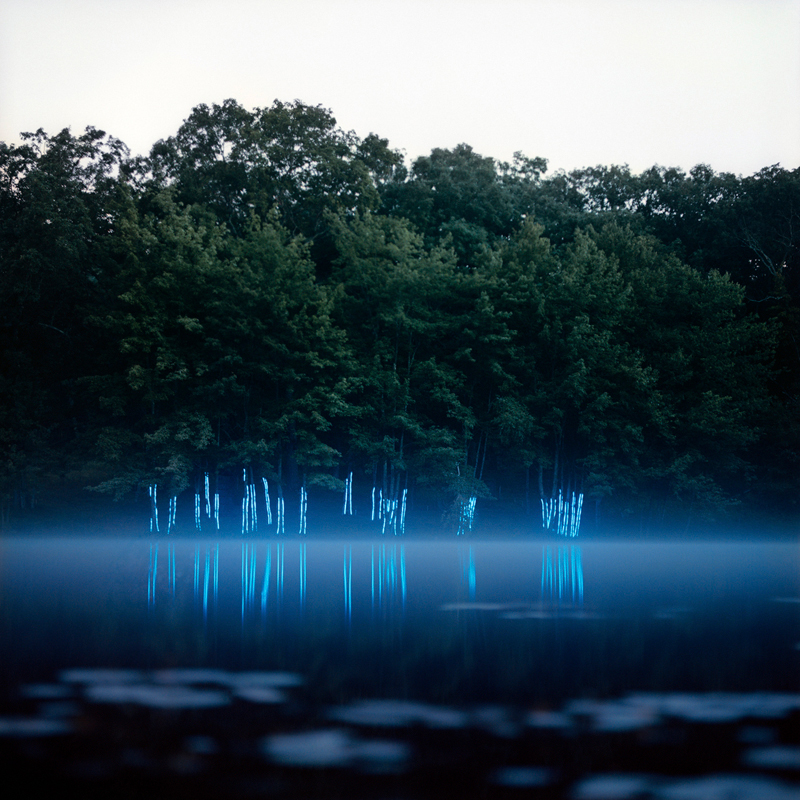
Russian artist Svetlana Petrova has become known for her online artwork of famous portraits featuring her big ginger cat Zarathustra. View more on http://fatcatart.ru/
I lost my mother in 2008 and she left me Zarathustra. I got horrible depression after her death and for two years I was unable to do something creative. By chance a friend asked me 'why don't you make an art project with your cat because he's so funny'
I've had cats before and included them in my work, like playing in theatre shows and I've made costumes for them. But I thought, 'What can I do with Zarathustra, because my mother spoilt him and he's so fat'.
Read full interview on BBC News
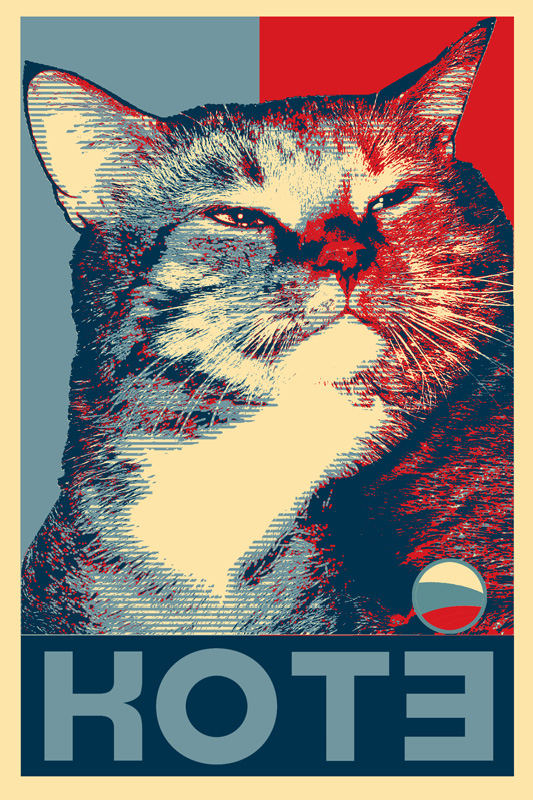
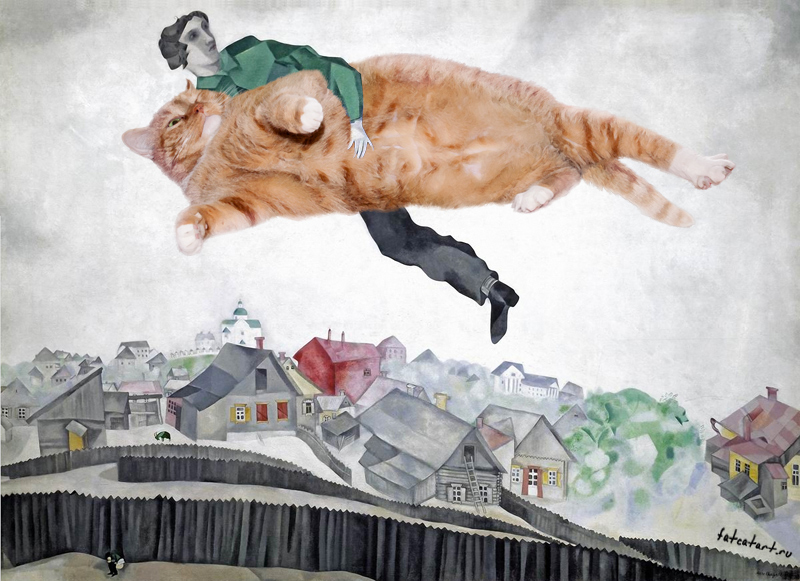
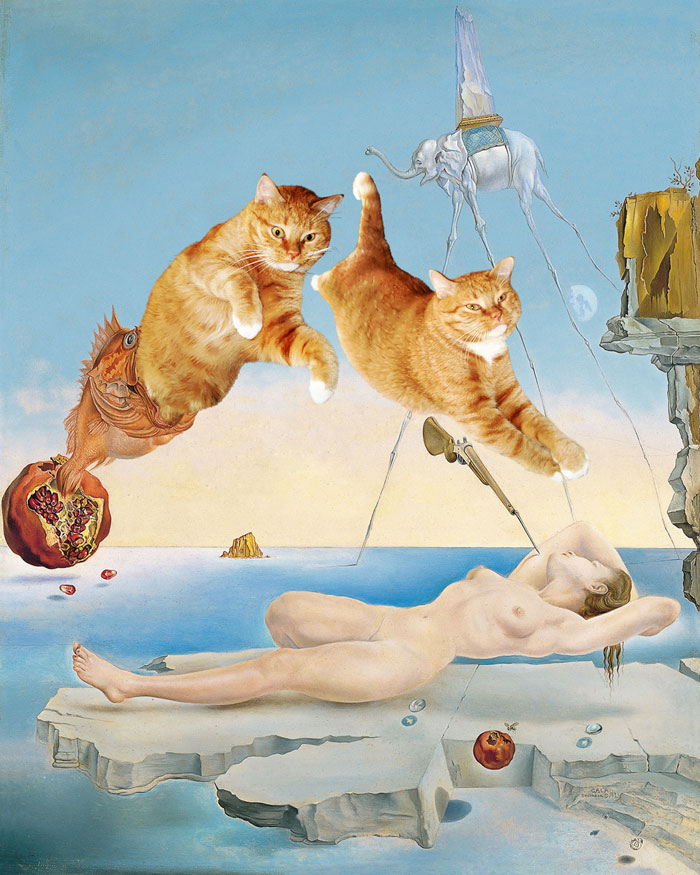
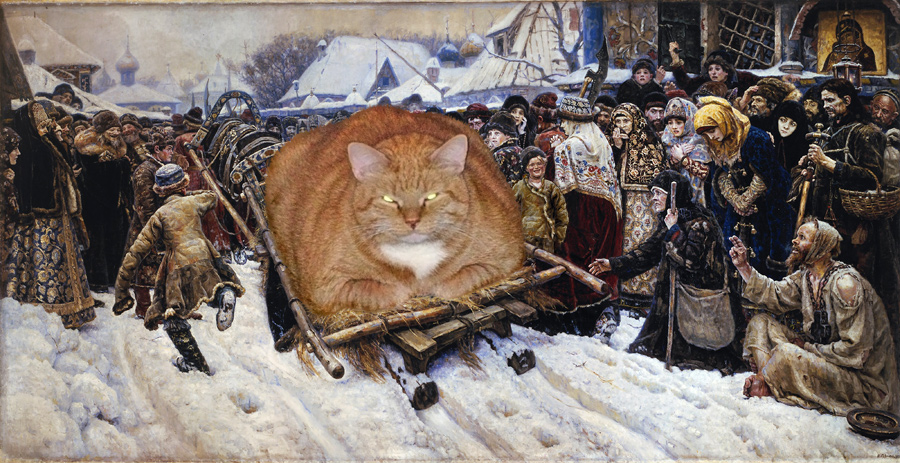
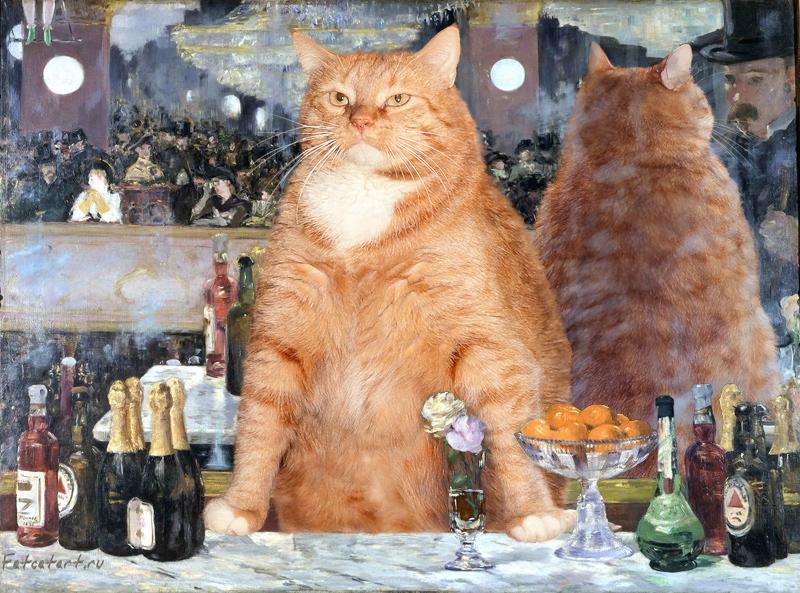
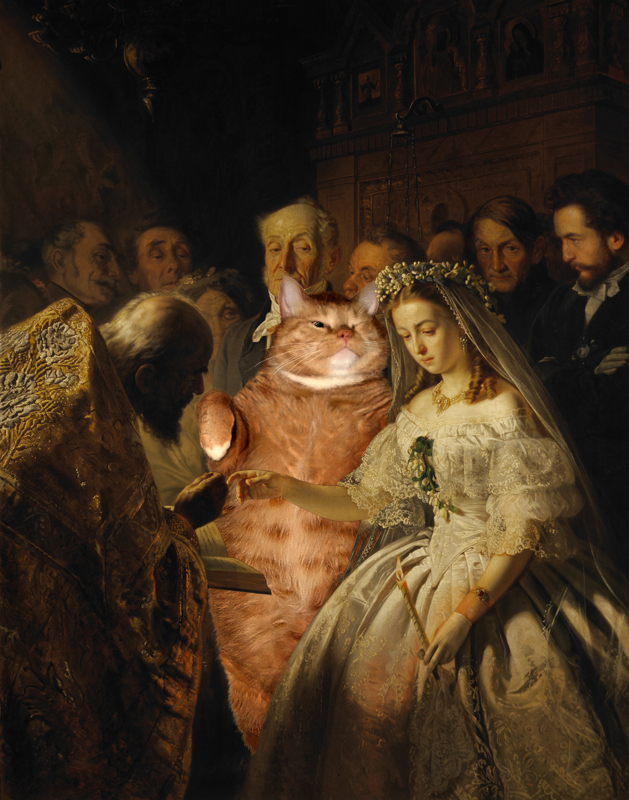
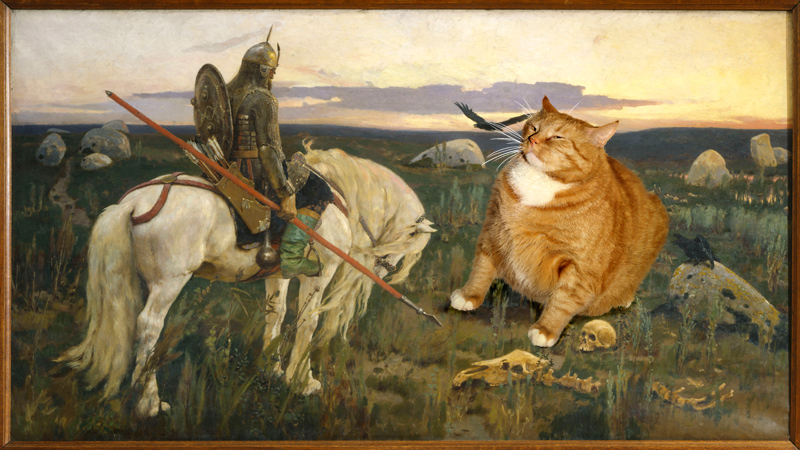
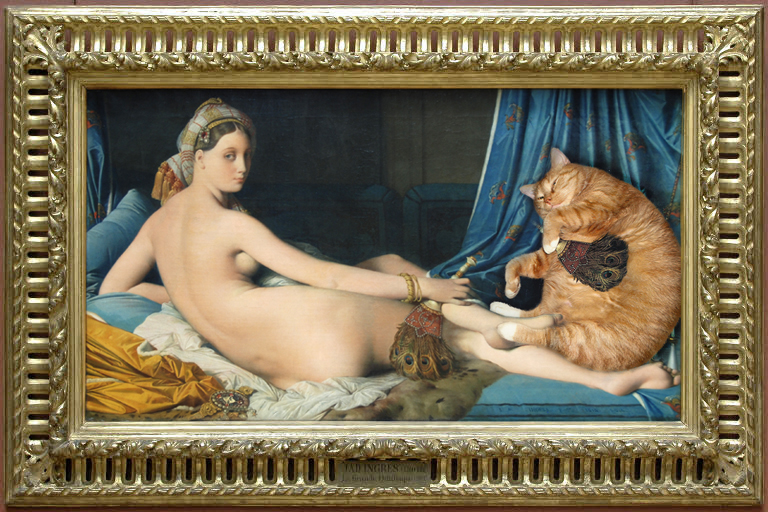
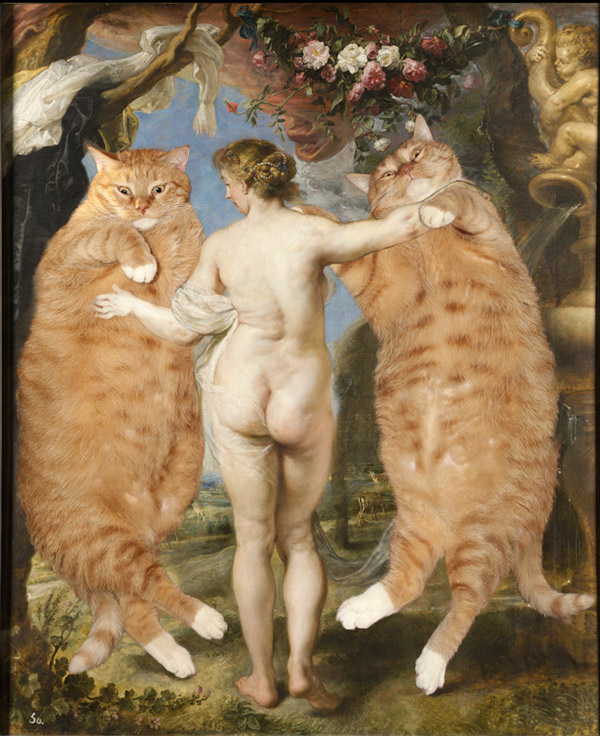

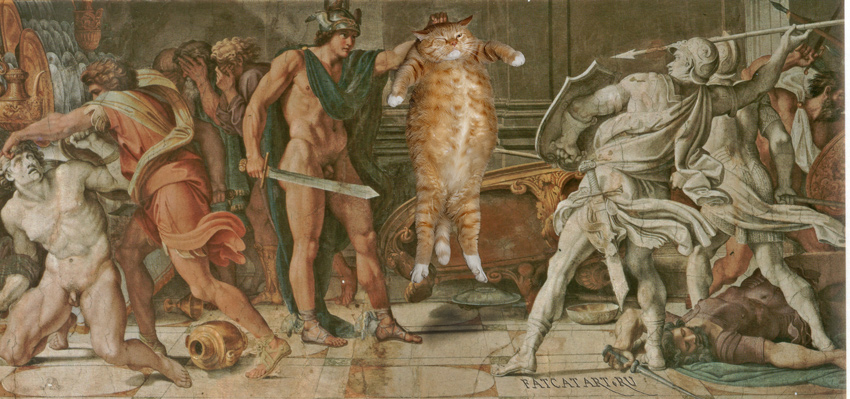
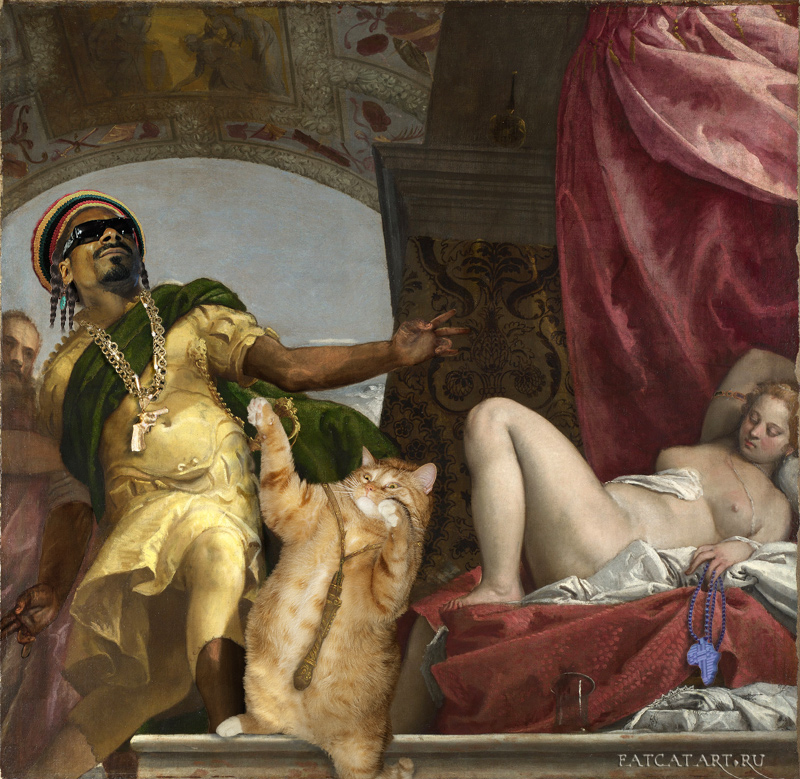
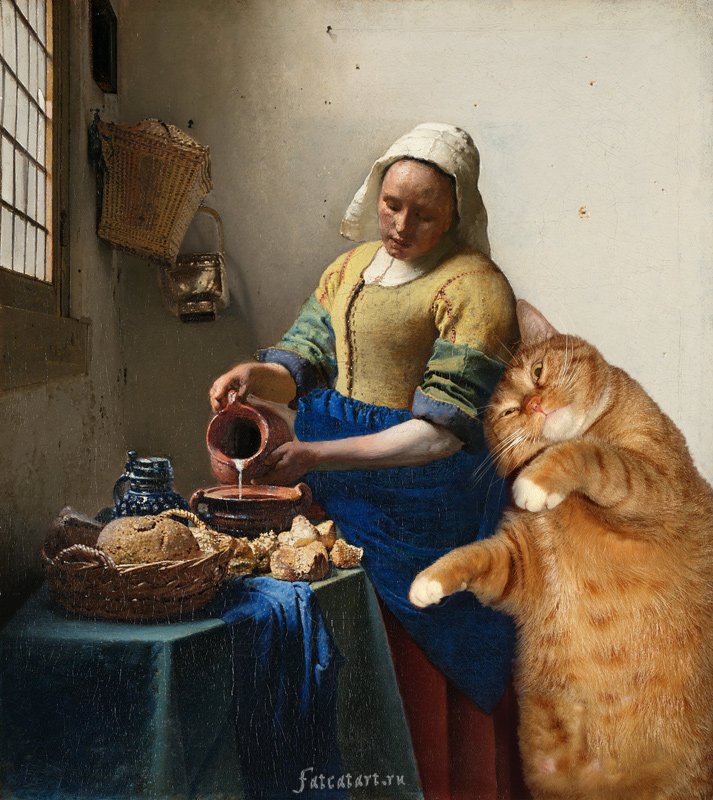
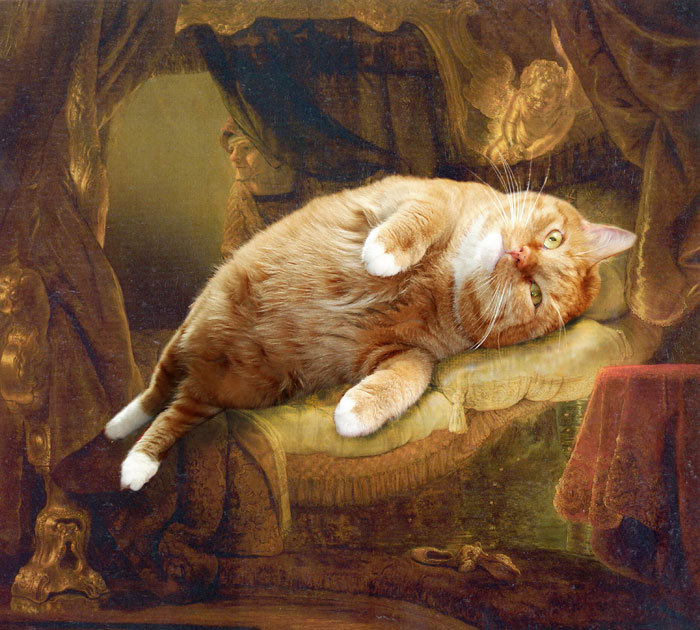
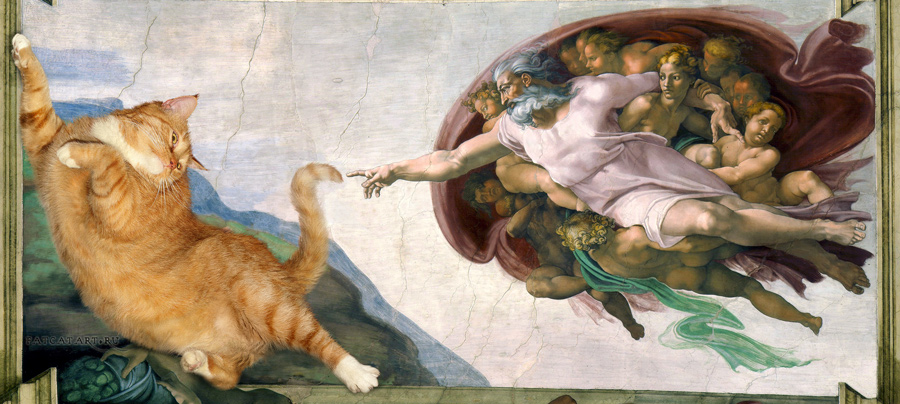
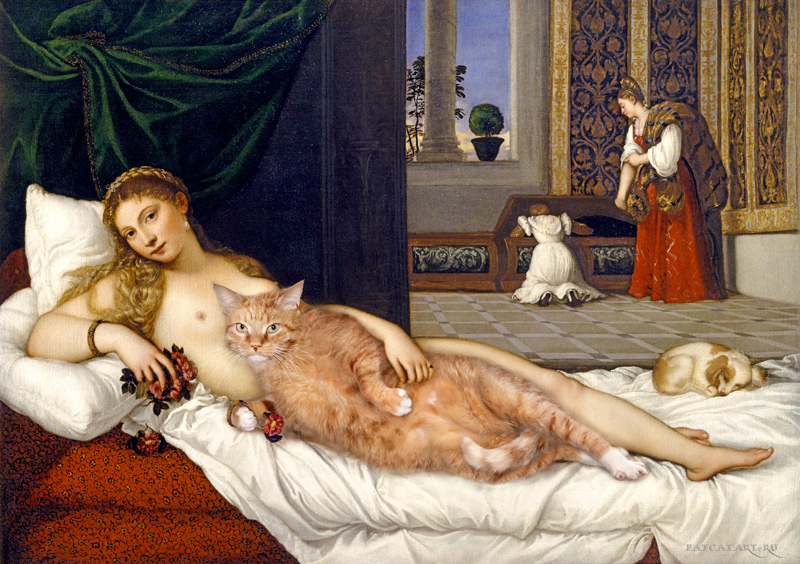
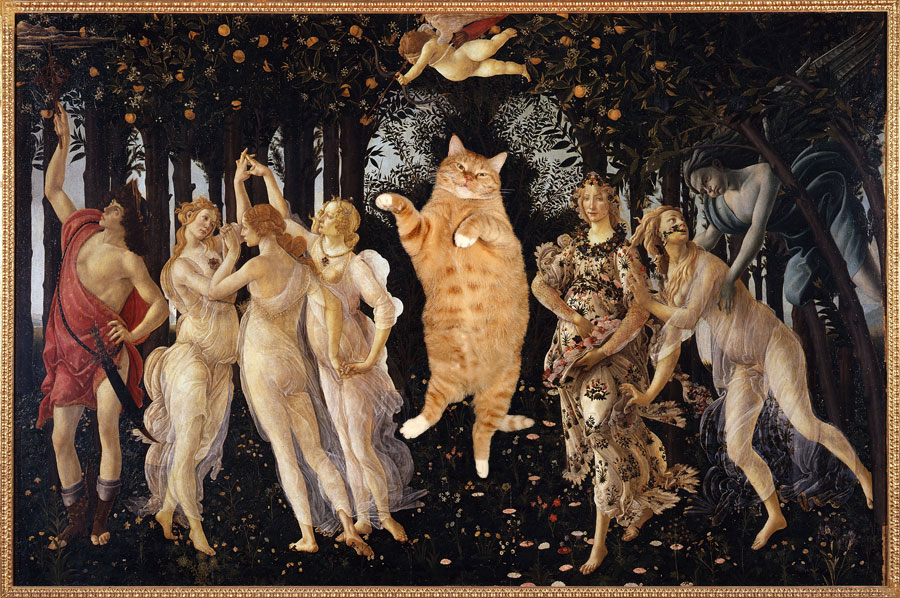
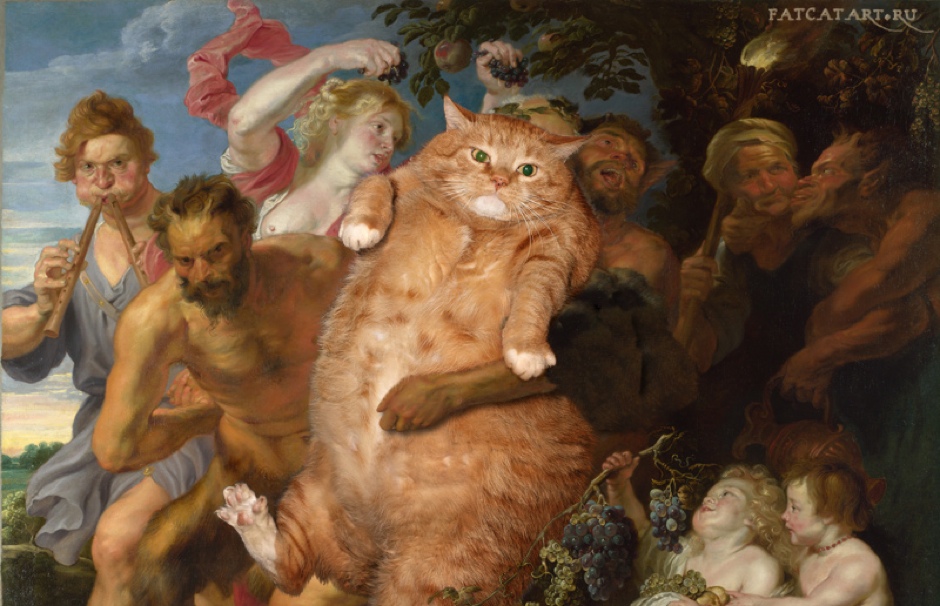
As many other creative studios "We Think Things" has a lot of "geometric leftovers" after branding brainstorms spreading across the computer' disks , and one day guys eventually did a nice shape animation.
We liked the idea of combining simple shapes and then creating a completely new context, only by excluding intersecting shape areas.
In our case – a circle and a triangle became the snowy top of a mountain in front of the sun. With this picture in mind we started developing a minimalistic world, brought to life by the use of ambient noise and a haunting minimalistic score
http://vimeo.com/95943971
Flynn Talbot has created a lighting installation named Primary, that was recently shown at PSAS in Perth, Australia.
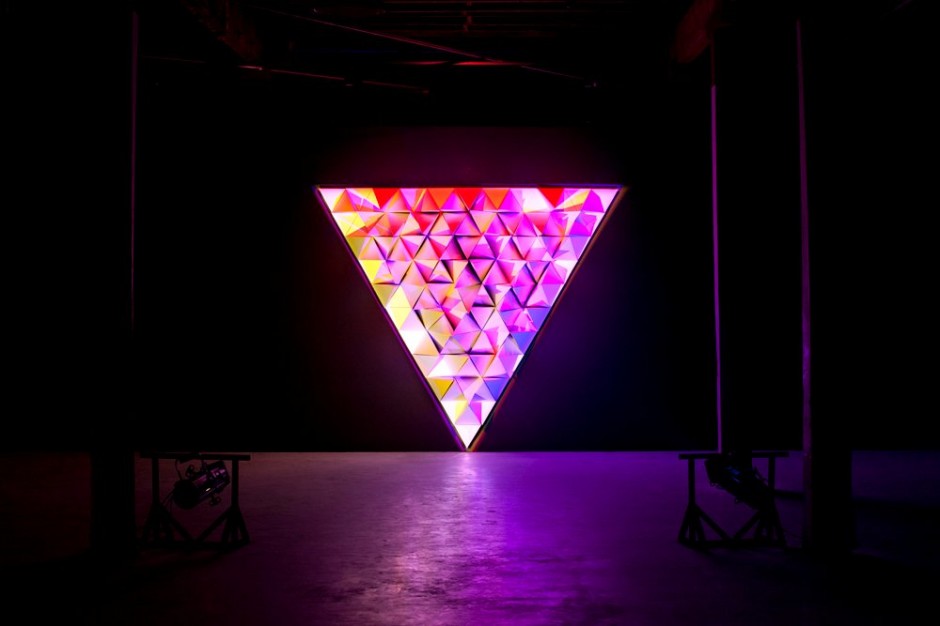
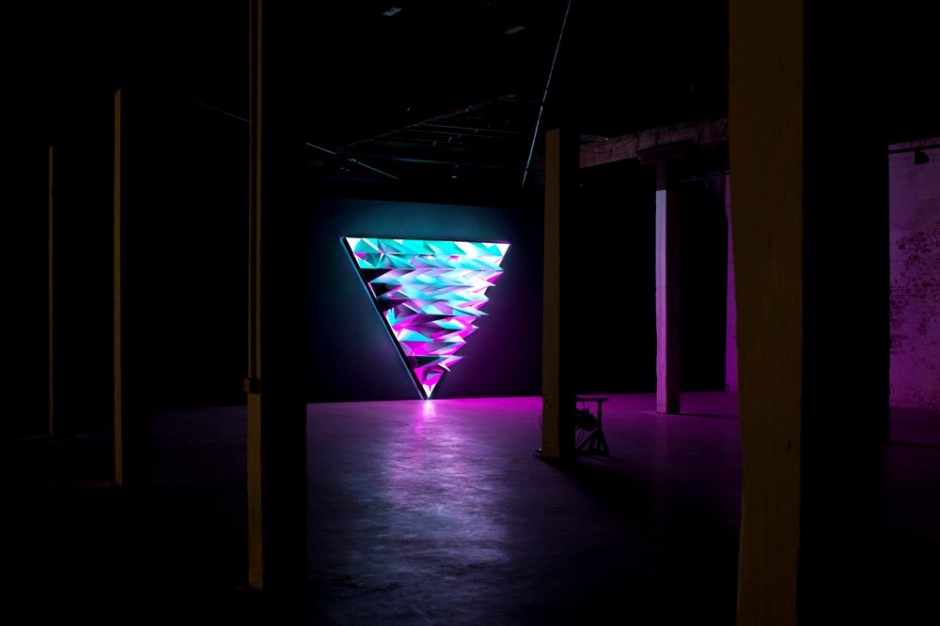
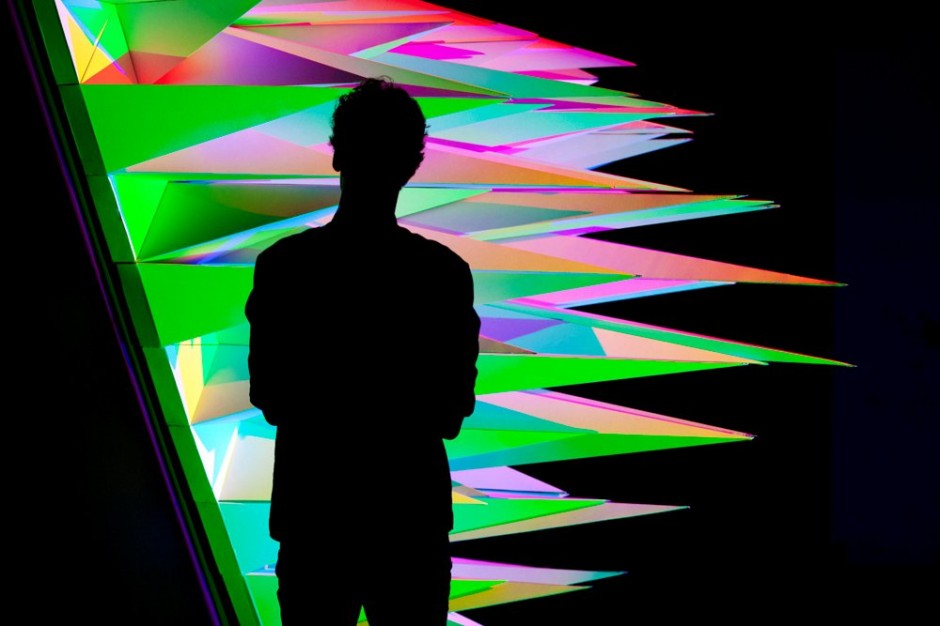
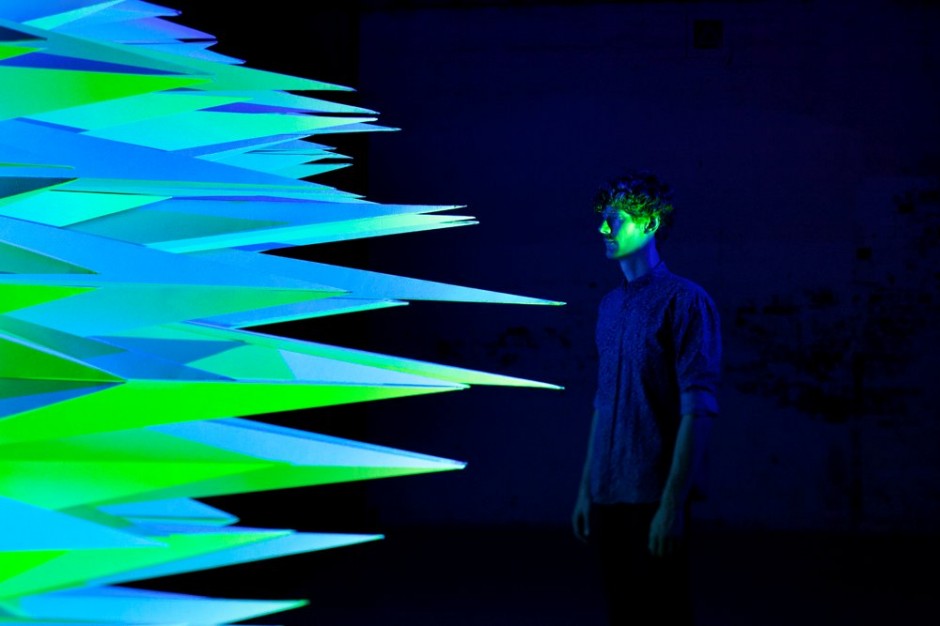
http://vimeo.com/92591771
Russian duo Anna Strupinskaya and Alexey Ivashkevich have presented at the Milan Design Week 2014 (alongside with other Russian project IZBA) their work: “Symphony”, a hanging lamp made of silicone. The concept of chandelier explores the relationship between light and sound waves and their similarities. With colored ribbons intertwined, this chandelier provides a unique lighting.
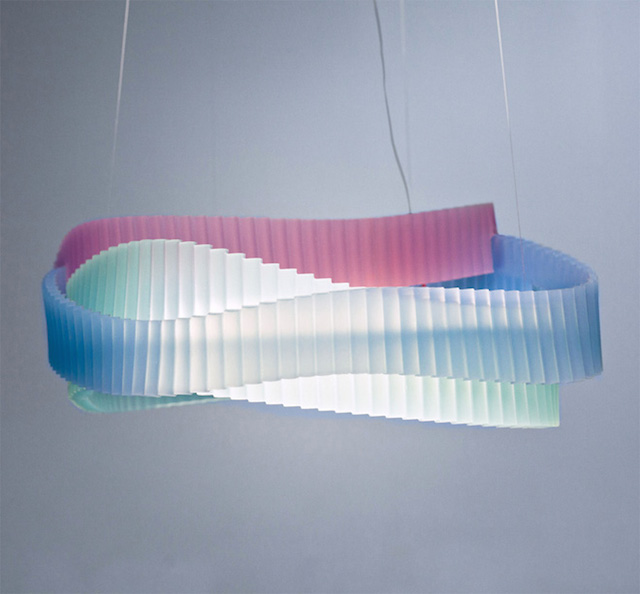
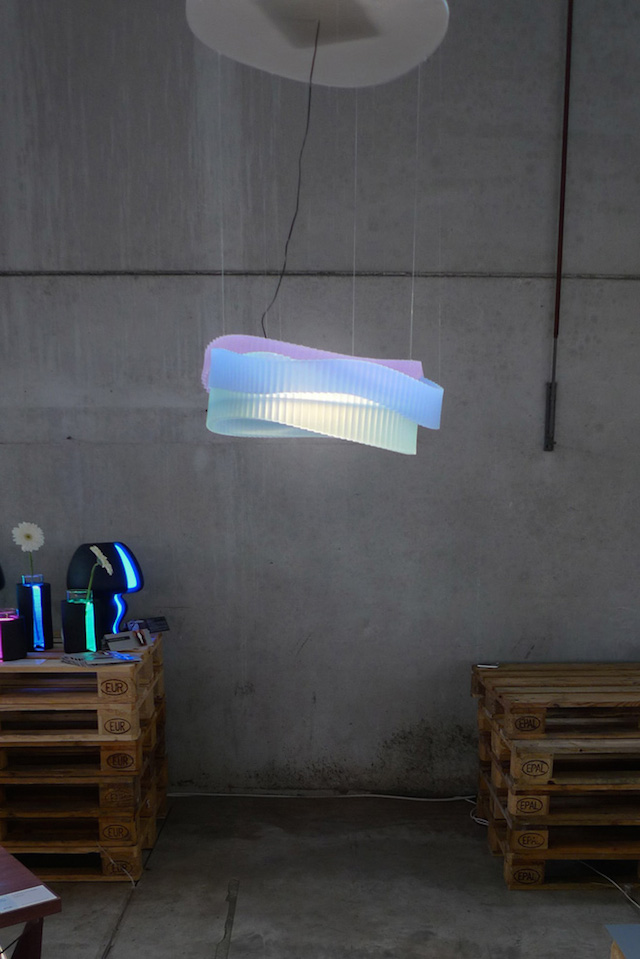
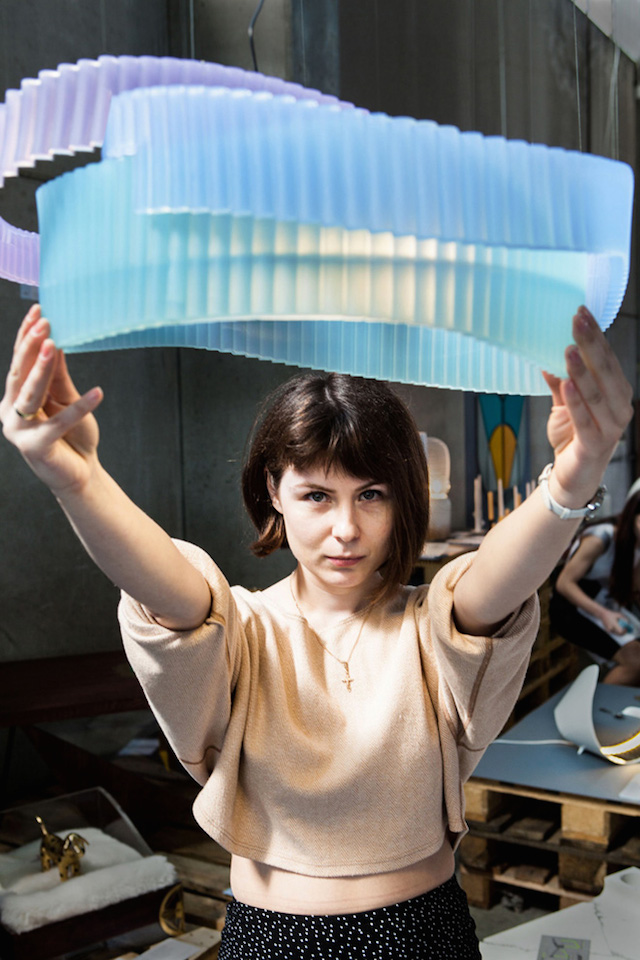
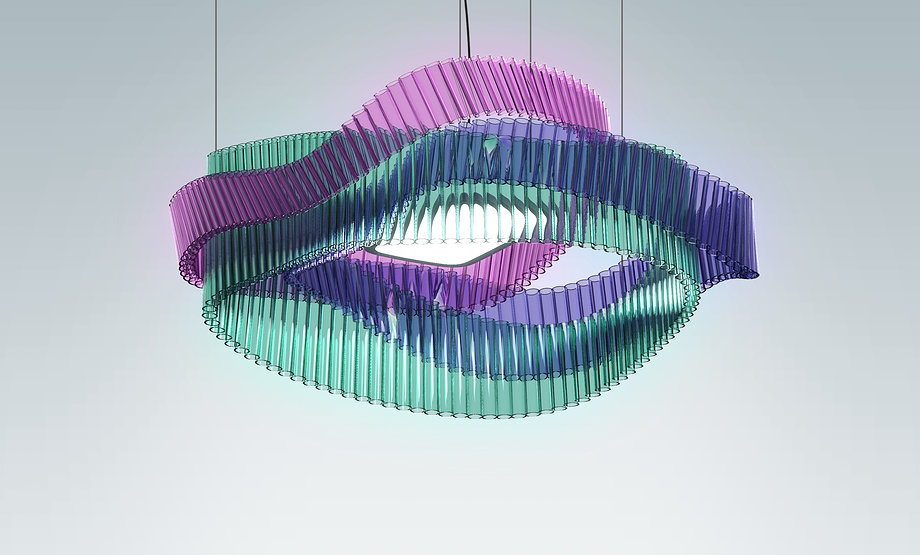
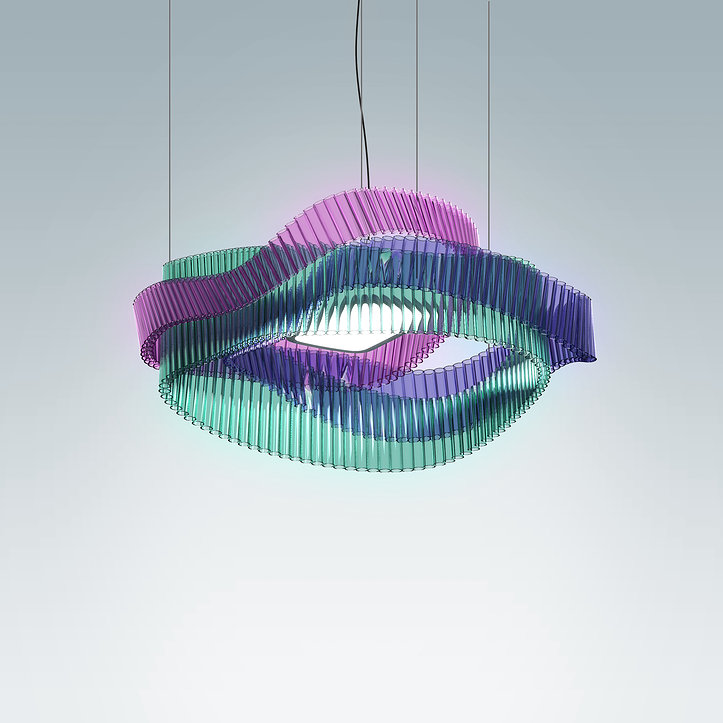
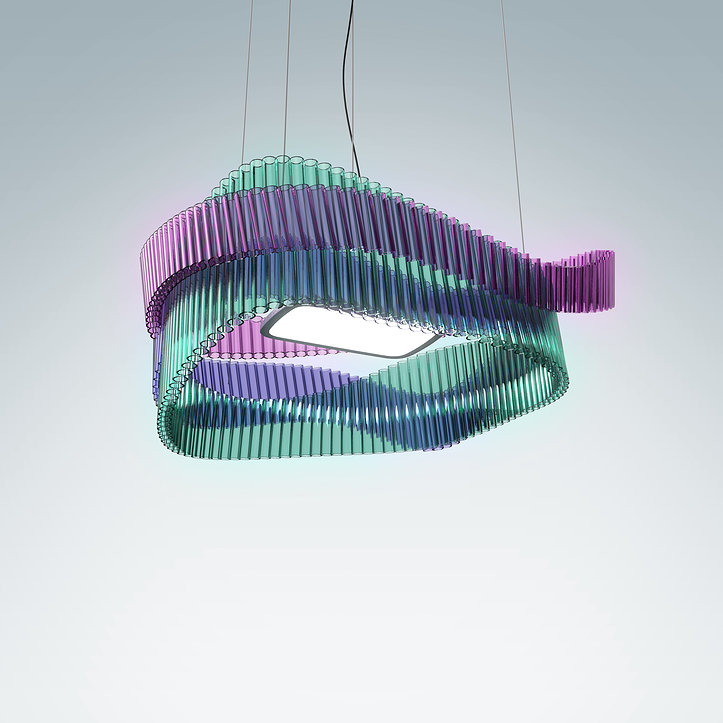
Izba is a curated project presenting 8 independent Russian designers. Earlier this April the group debuted with curated projects during Milan design week in Ventura Lambrate district. The idea of the project was to research and rethink old Russian traditions. Quoting IZBA's press-release below:
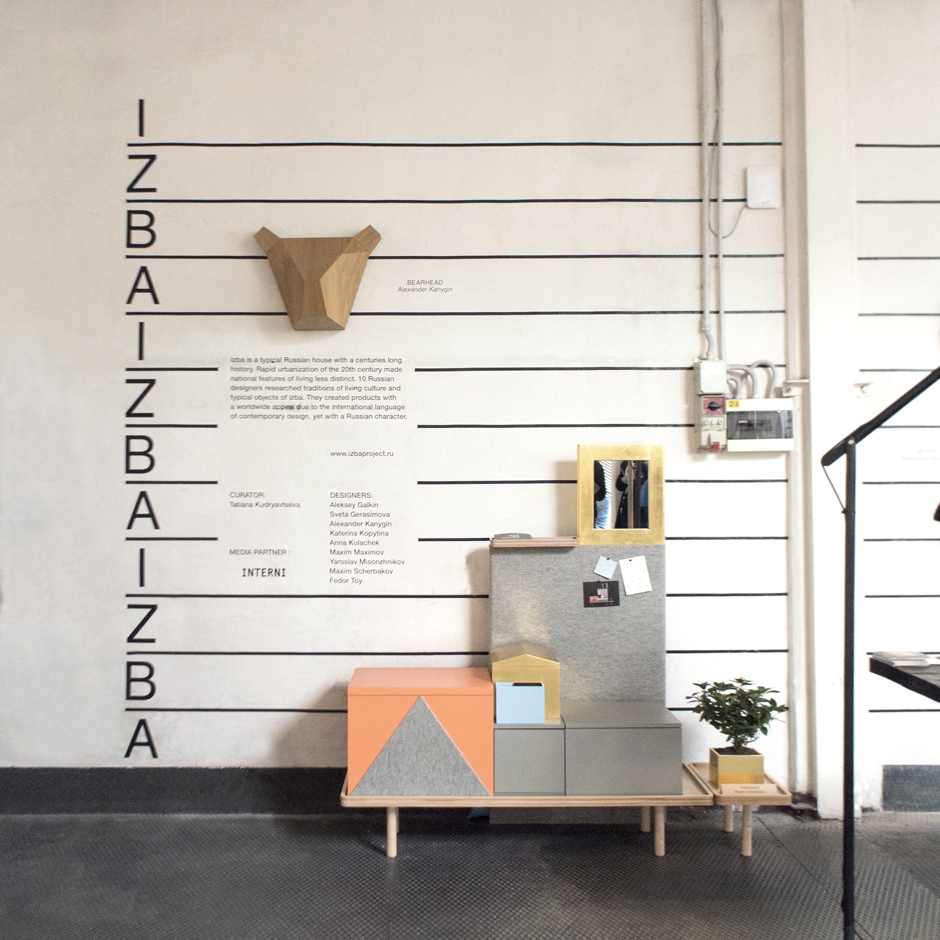
"The project takes its name after a typically Russian dwelling, izba. It was a home for the most of people living on the territory of modern Russia since ancient times and up to the beginning of 20th century. Rapid urbanization made national features of living less distinct. However, in rural areas you can find izba even today. Its basic principles of construction and interior remain unchanged through the centuries. Fascinated by this fact, designers explored in details living in izba. Archetypes of typical items found in izba became a starting point for creating contemporary design products. Far away from nostalgic remakes, these products rethink historical heritage in the terms of living today. Thanks to universal language of design, they are objects with worldwide appeal, yet with a distinct Russian character.
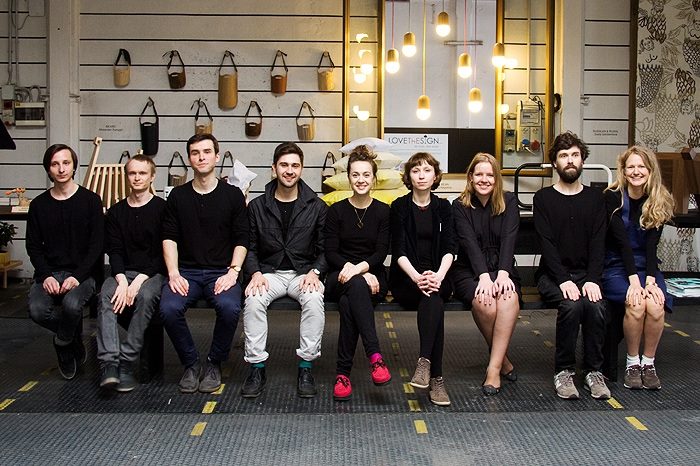
Project curator Tatiana Kudryavtseva gathered notable product designers from Saint-Petersburg and Moscow. They are young, but already have an experience of participating in international design exhibitions, are winners of prestigious contests, their projects were published in Russian and international press. They are: product designers Aleksey Galkin, Alexnder Kanygin, Katerina Kopytina, Maxim Maximov, Yaroslav Misonzhnikov, Maxim Scherbakov, Anna Druzhinina at Fedor Toy; textile designer Sveta Gerasimova. Anna Kulachek, graphic designer currently working on the identity of Polytechnic Museum of Moscow, became a part of the team and designed project identity, referring to construction principles of izba house. IZBA is the first big-scale curated project dedicated to Russian design.
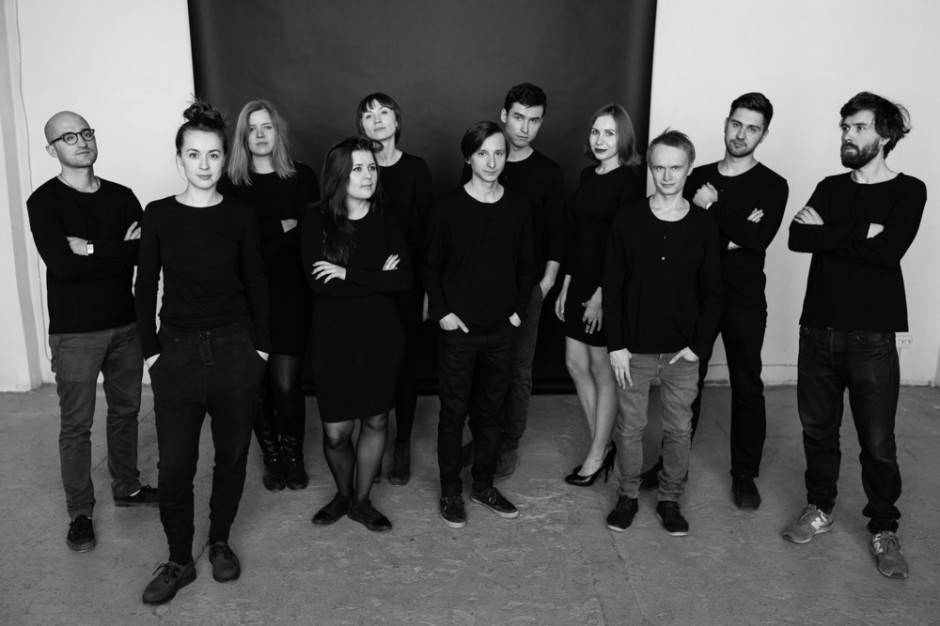
Not only the objects, but also the stand of the project exhibition in Milan referred to ideas of traditional dwelling. Stand layout was build according to the main principles of space organization in izba, huge table and benches that used to gather a big family became a display for smaller objects and were welcoming visitors to sit down and have some rest after the long walks they took through all the venues of the Milan show."
Red Corner
Traditionally, red is the color associated with beauty in Russian culture. Red corner, the corner you see immediately when you enter the room, is the most important and honorary place in a traditional Russian dwelling. It is the place for icons, praying and the most important things in the house. Nowadays red corner has lost its initial meaning. Maxim Maximov made his aim to understand what is important for people today. Red Corner shelf provides a perfect management for a corner space. What is the most important thing for you?
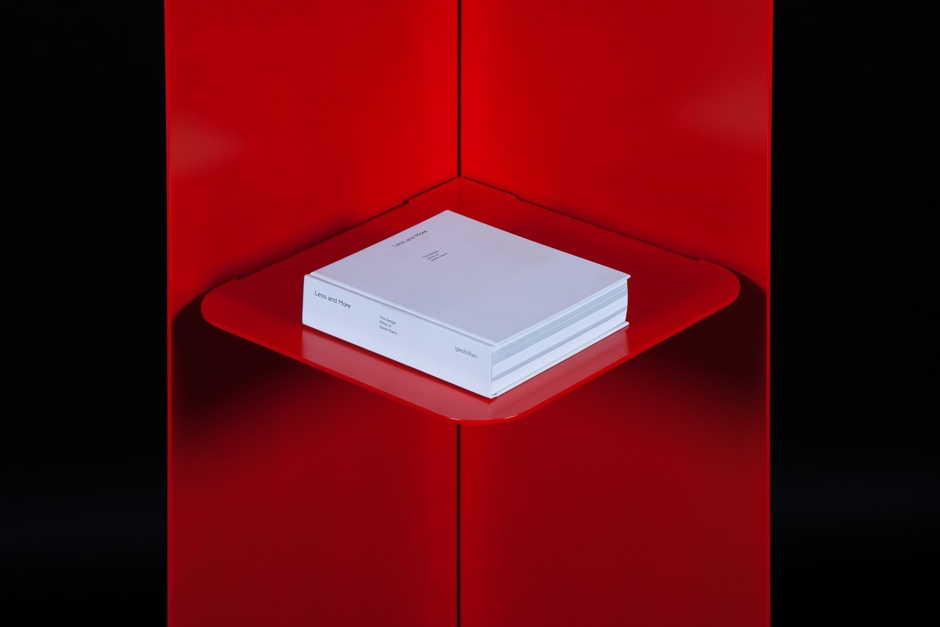
Svetets Svetets is a holder for luchina, a burning wooden sliver. Together they were lighting the dwelling in Russian villages up to the beginning of the 20th century. Svetets by Katerina Kopytina is a base for pendant light, transforming it into a floor lamp.
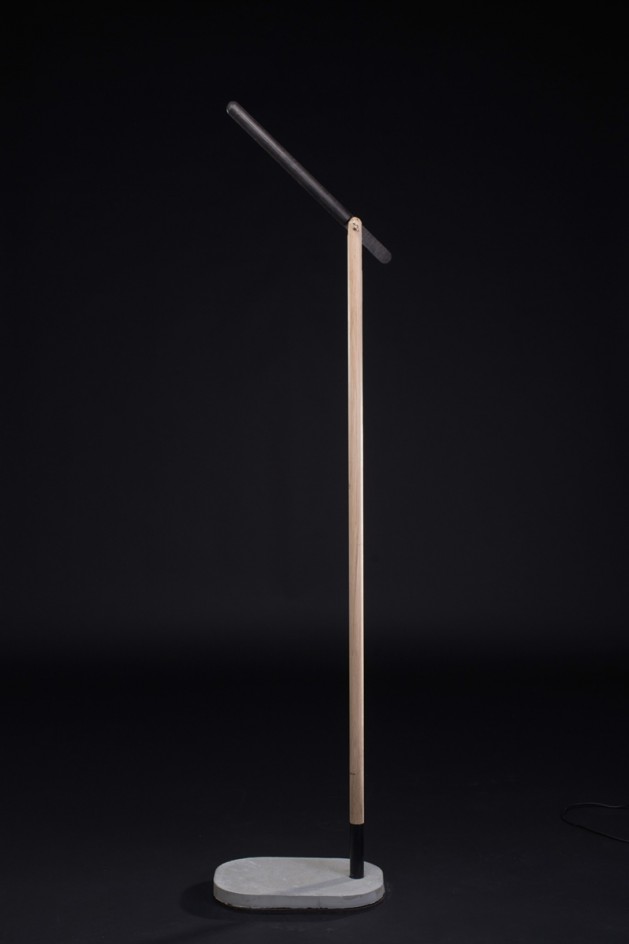
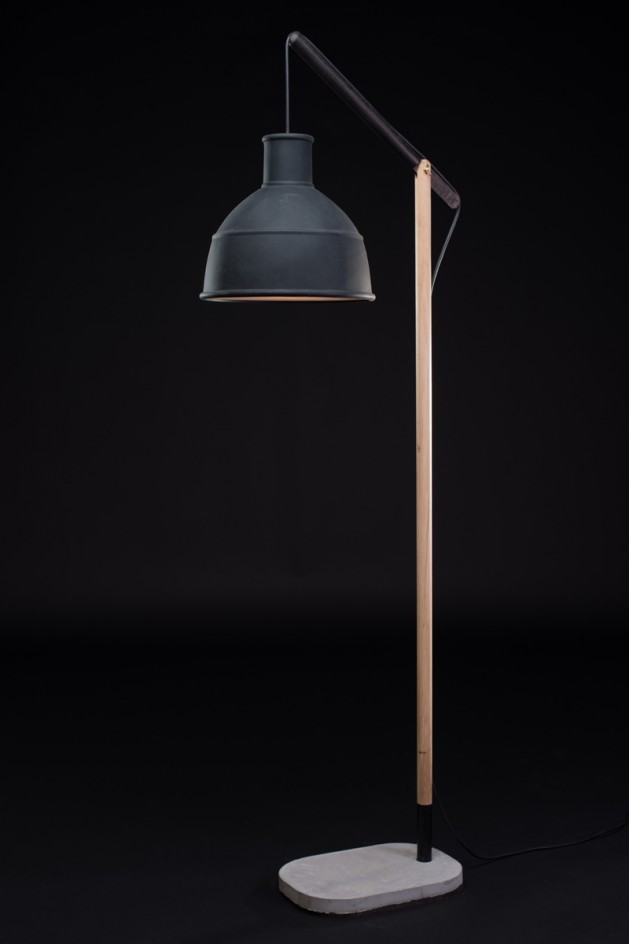
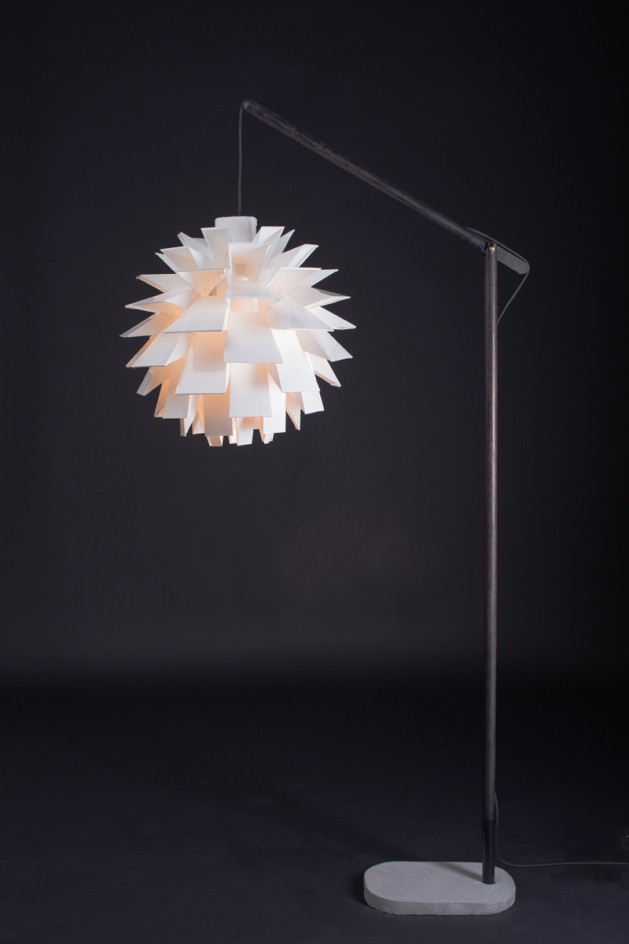
Beard This object and accessory is inspired by one of the symbols of patriarchal Russia. Wearing beards was obligatory for all men in Russia up to the end of the 17th century. A fine presumed in the legal codex of the 11th century for the damage of another man’s beard was only three times less than a fine for a murder. In the end of the 17th century Peter the Great, who pursued Western style of living, announced wearing beards illegal in towns. In the 19th century beards came back with the ideas of Slavophiles. Many famous Russian philosophers and writers chose to wear beards, for example Leo Tolstoy and Anton Chekhov. Now you can try how it feels before growing your own.

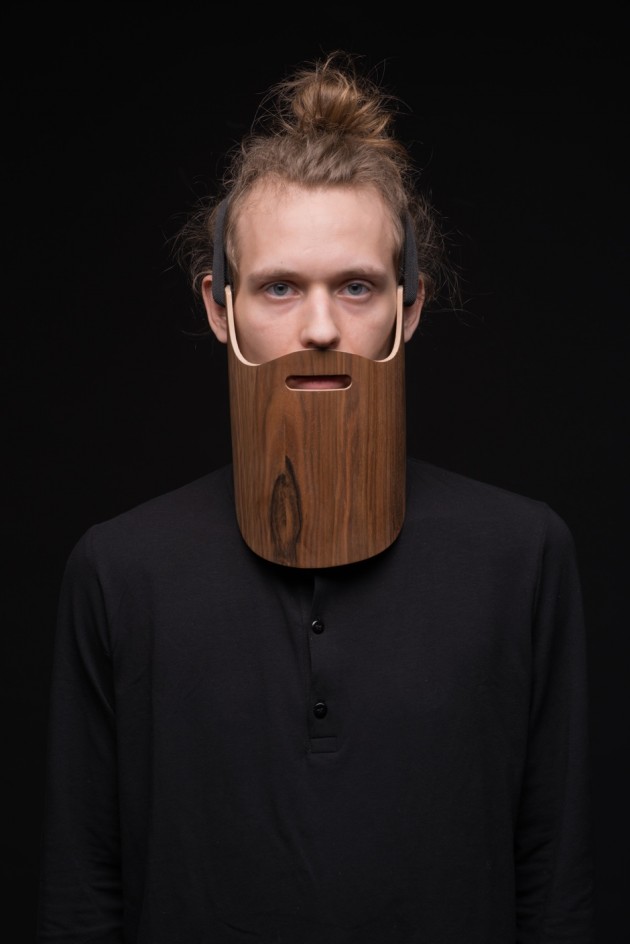
Gorynych
The hero of Russian folk tales, a dangerous dragon with three heads, became a peaceful toy for children.
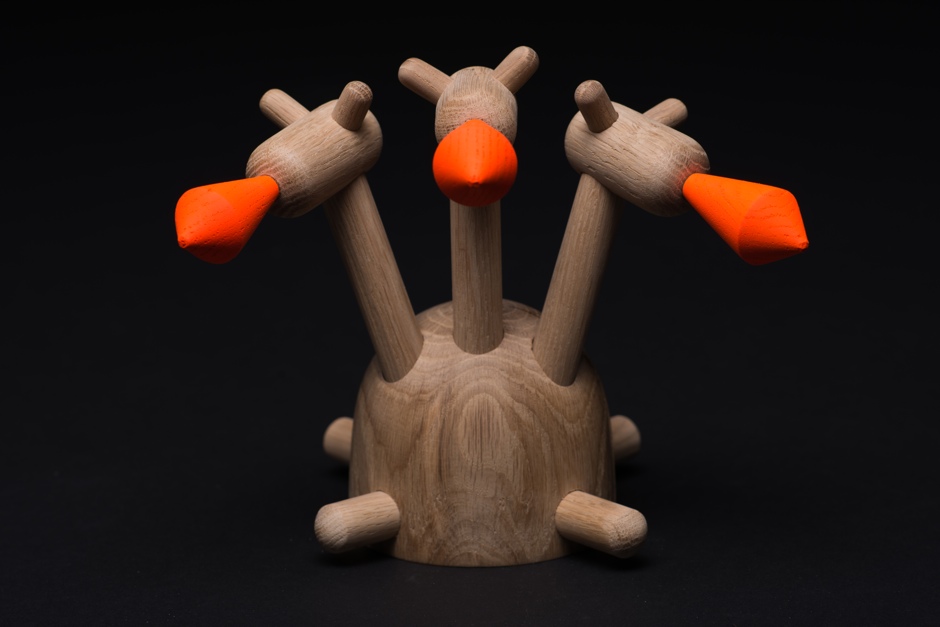
Gorka Many Russian people remember from their childhood a pyramid of pillows decorating the bed in their granny’s house. Anya designed one pillowcase for several pillows, making this pyramid a functional and playful object.
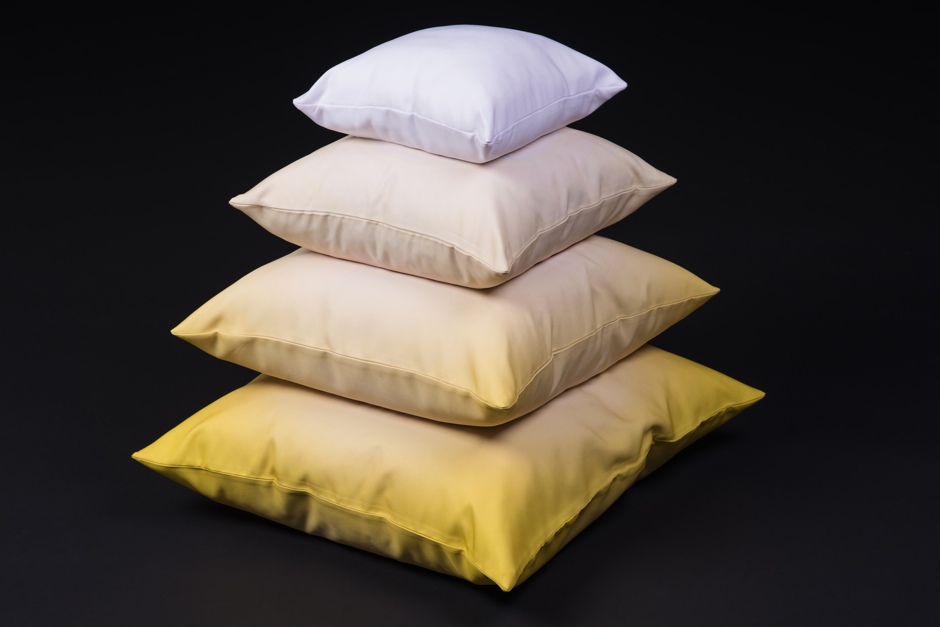

Kokoshnik Kokoshnik, traditional Russian headwear for special occasions, in modern interpretation became an inflatable headwear. Initially it symbolized protection and was a kind of woman’s helmet. Modern Kokoshnik protects your hairdo from the rain.
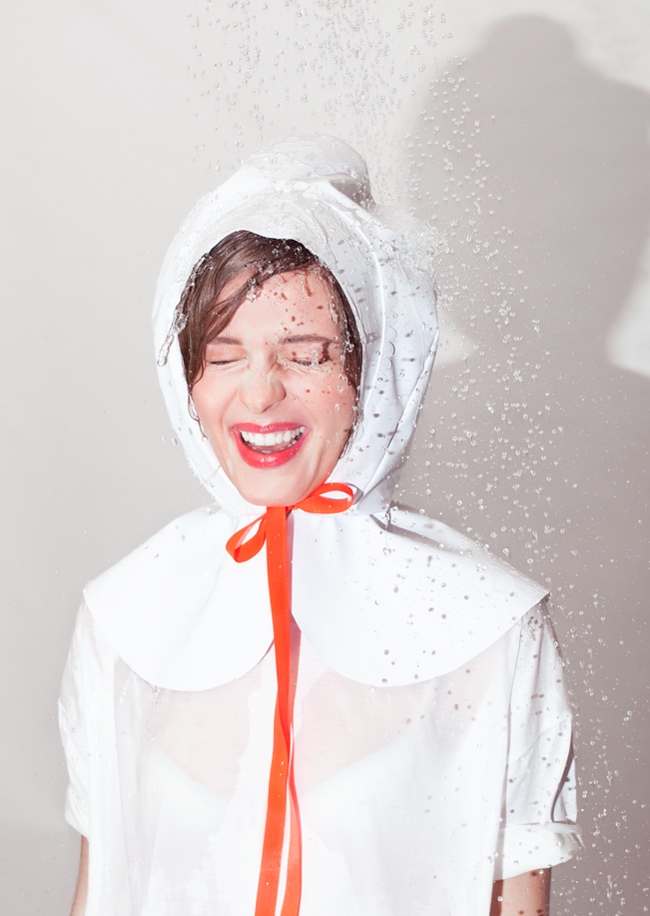
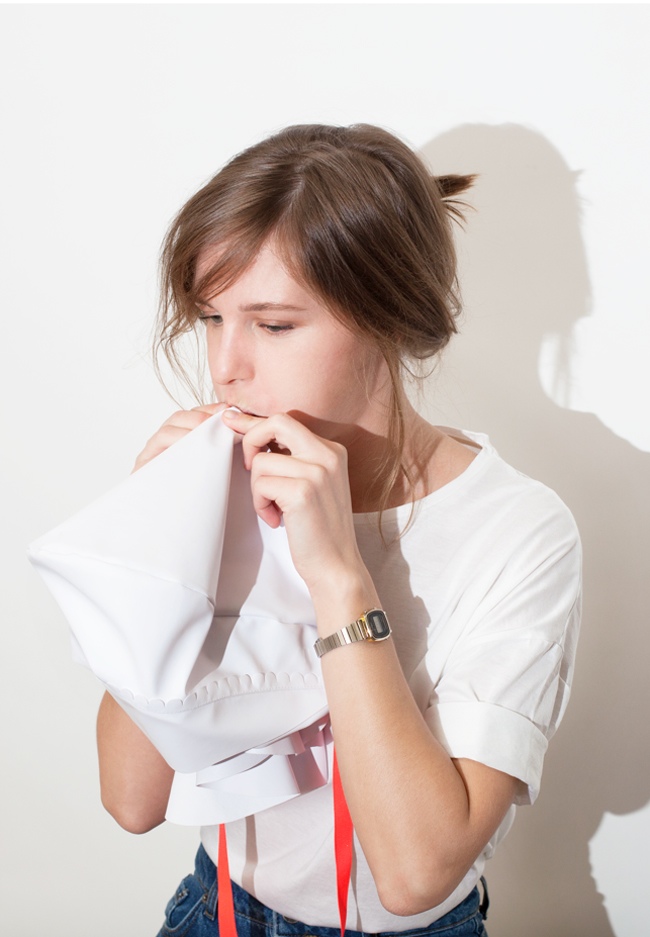
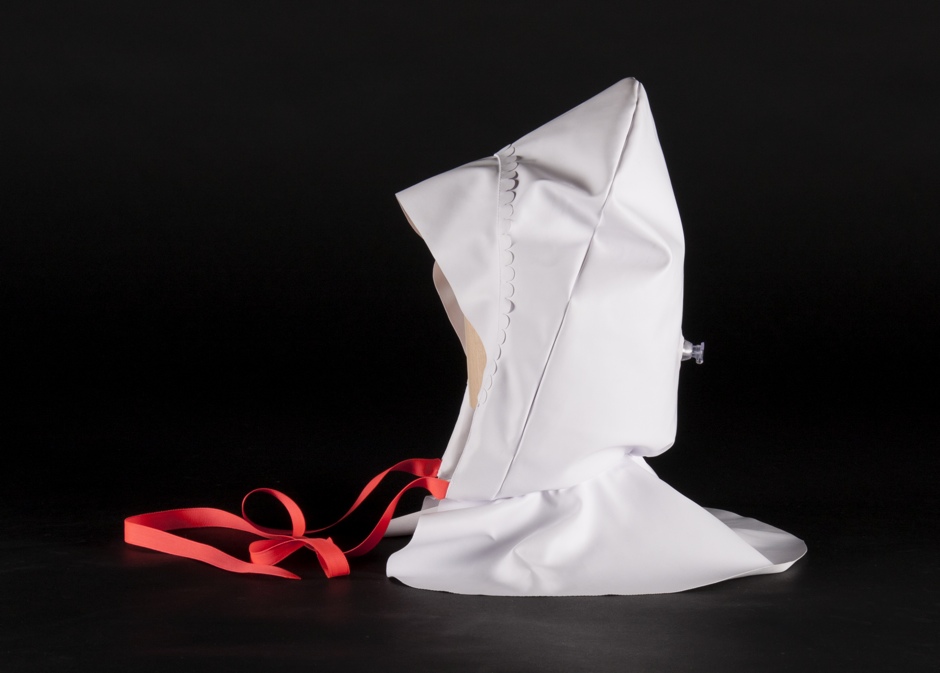
Treschotka Folk music instrument treschotka is made of thin planches fixed together with a rope. In ancient culture, this instrument possessed a mystical function in addition to musical, the sound kept evil spirits away. Rocking horse for children Treschotka not only follows the folk instrument in its unusual structure, but also sounds.
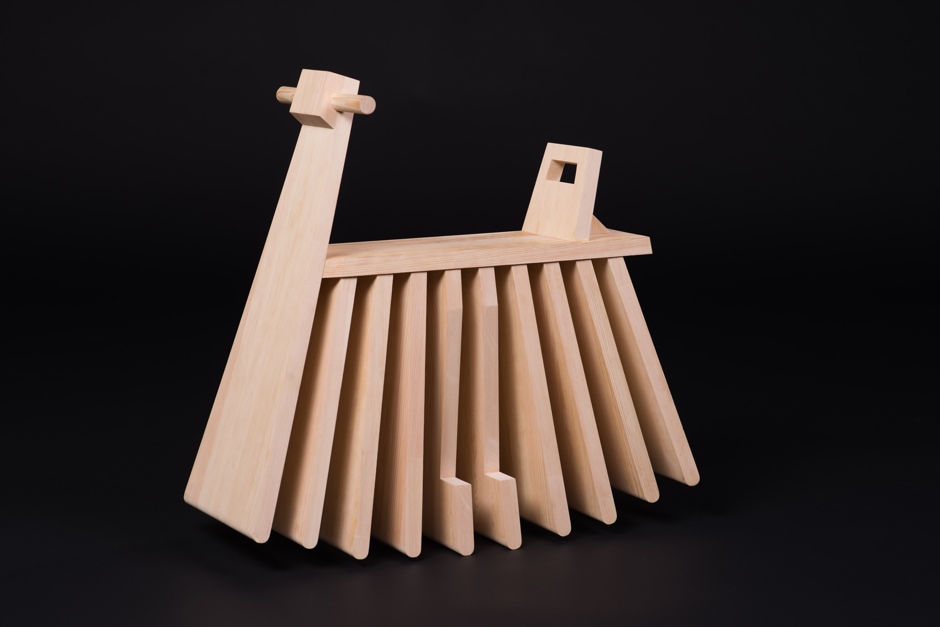
Odnosvechnik This candle holder is inspired with an unusual appliance found in a traditional Yakutian dwelling and displayed now in The Russian Museum of Ethnography in Saint-Petersburg. Odnosvechnik is made of marble, adjustable wooden base inside can lift the candle higher and fix on one of three levels. Due to this, you can keep the flame on the same level for a long time
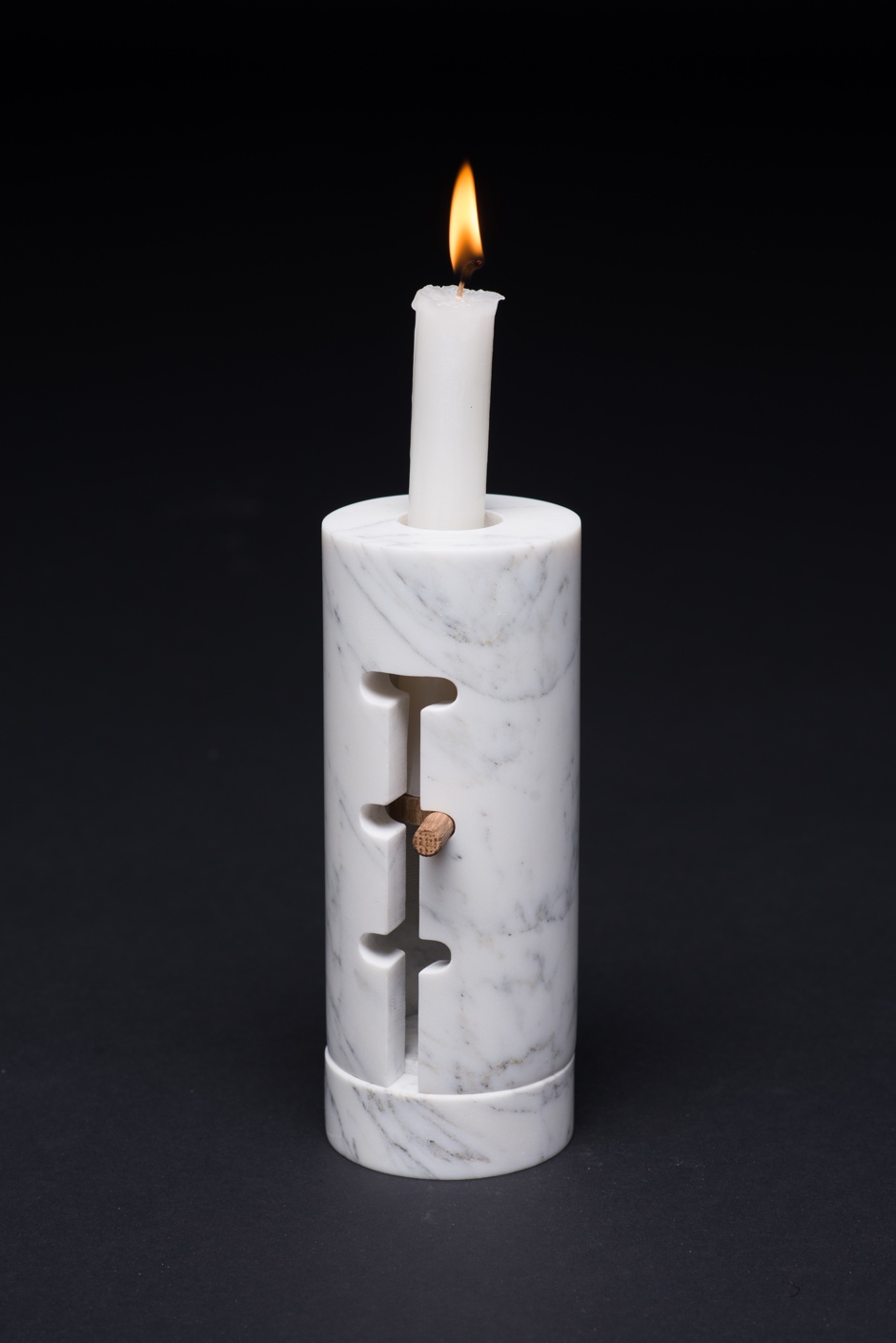
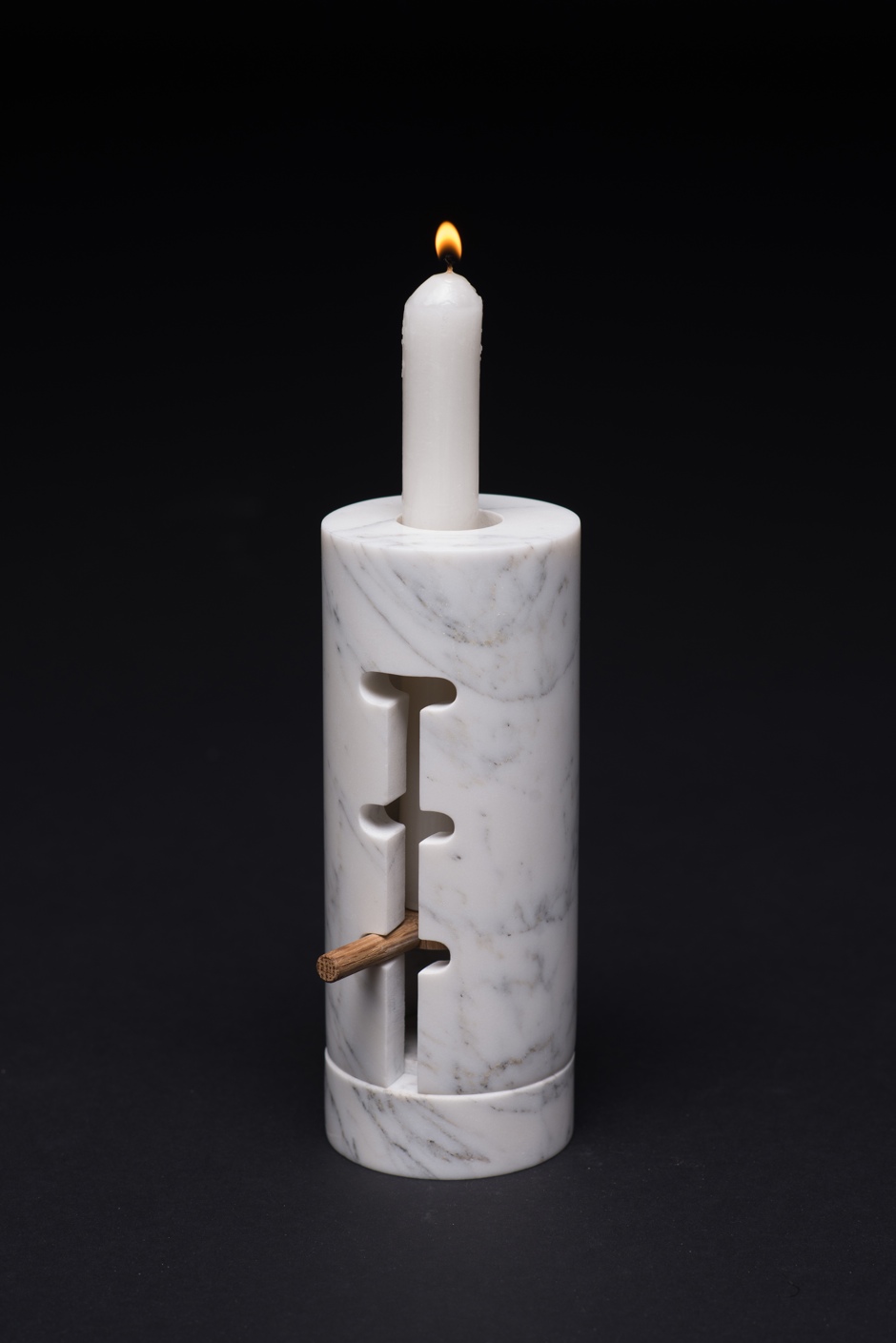
Pridanoe Pridanoe is Russian for dowry. In traditional culture, it was very important to prepare a good and substantial dowry for a bride. Families were accumulating household items, clothes and valuables for many years in a number of chests. Chests were stacked one on top of the other on the floor of on a bench. Pridanoe is a modern interpretation of an old Russian tradition, a set of various containers with a bench stand. Details are decorated with gold plate, typical material for traditional Russian culture.
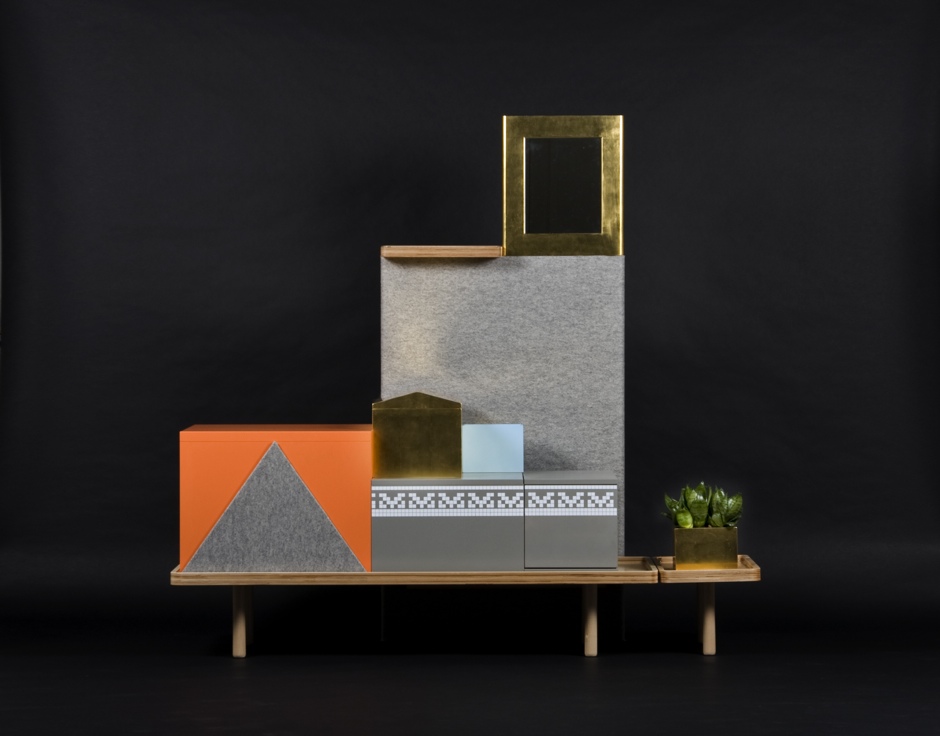
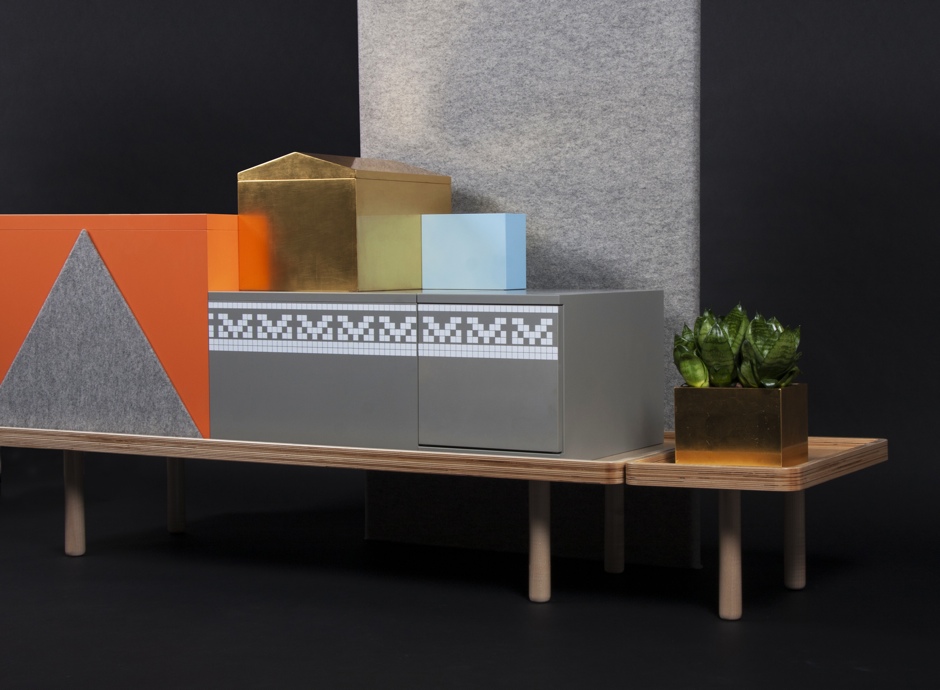
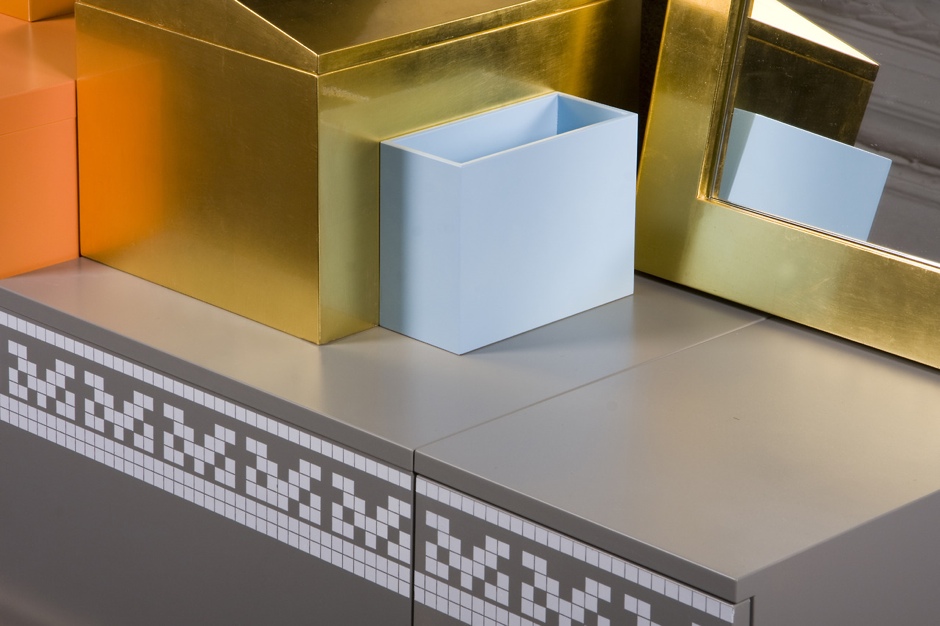
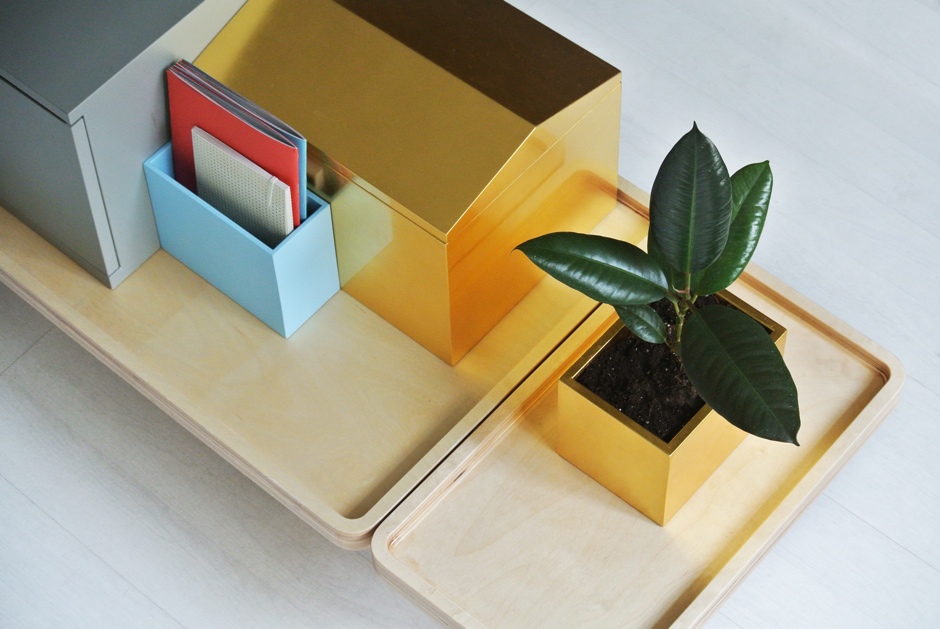
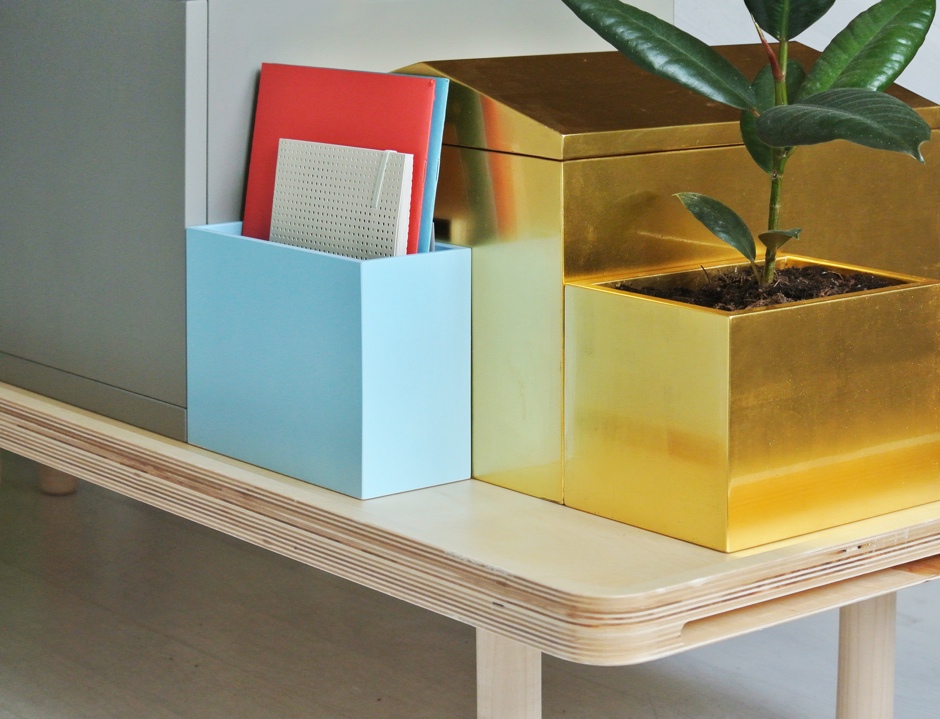
Shkatulka is Russian for casket. Caskets with a ‘secret’, special opening mechanism, were much appreciated in Russia from ancient times and were used for keeping valuables and important items. Storage kit Shkatulka is a system consisting of several containers. You can change their combination depending on the functional needs. Secret lock will take care of privacy.
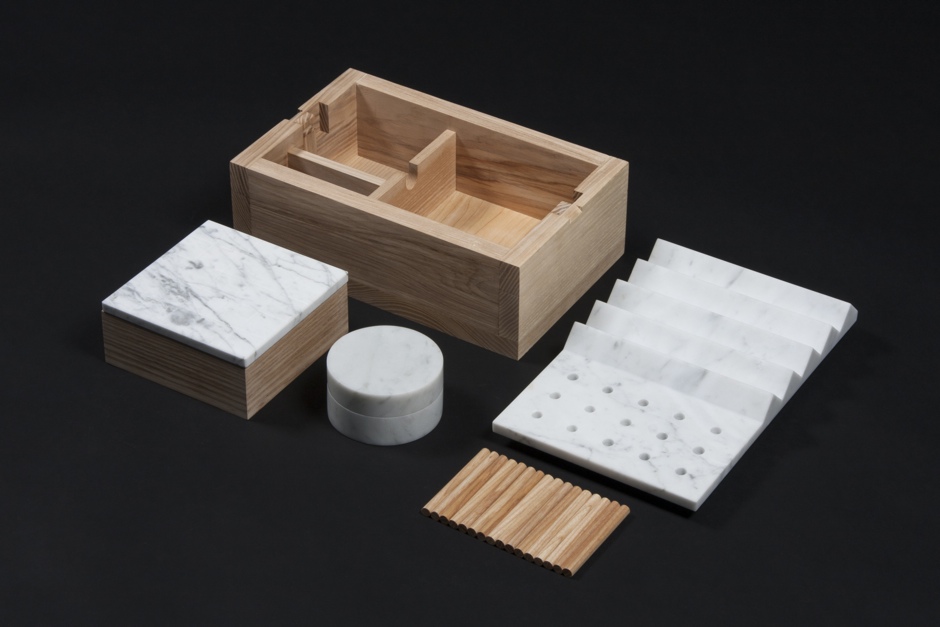
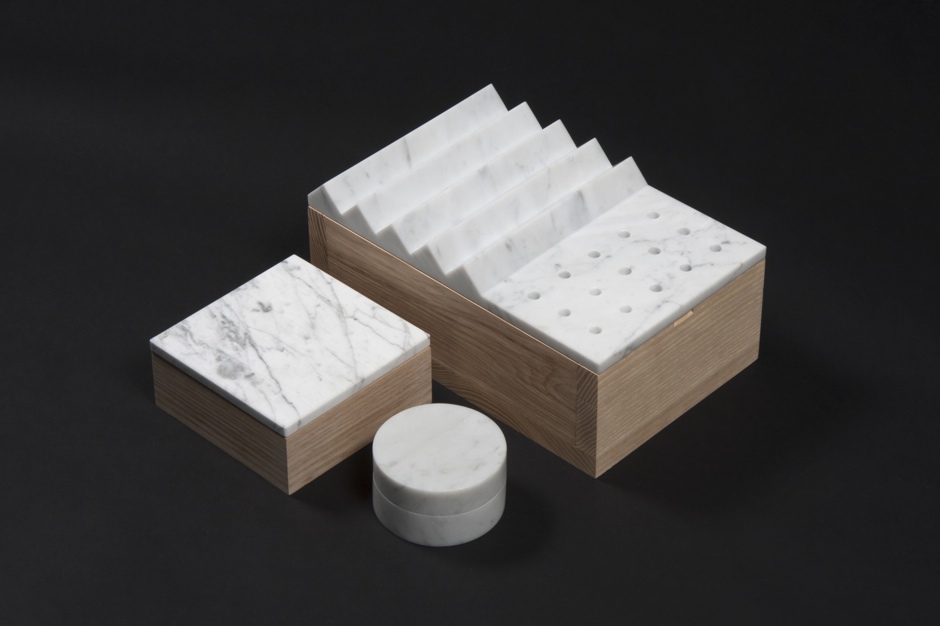
Rusalka & Rusal Rusalka is one of the most romantic images in Slavic mythology. A female humanlike being, it can be compared to a West European mermaid. Rusalkas hide all autumn and winter in rivers, and come out to spend the summer in the fields and forests. They play among the ripening ears of corn, swing on the branches of the trees and spellbind careless young men. According to less known folk stories, male rusalkas also exist. This became a starting point for a new story told in printed textiles.
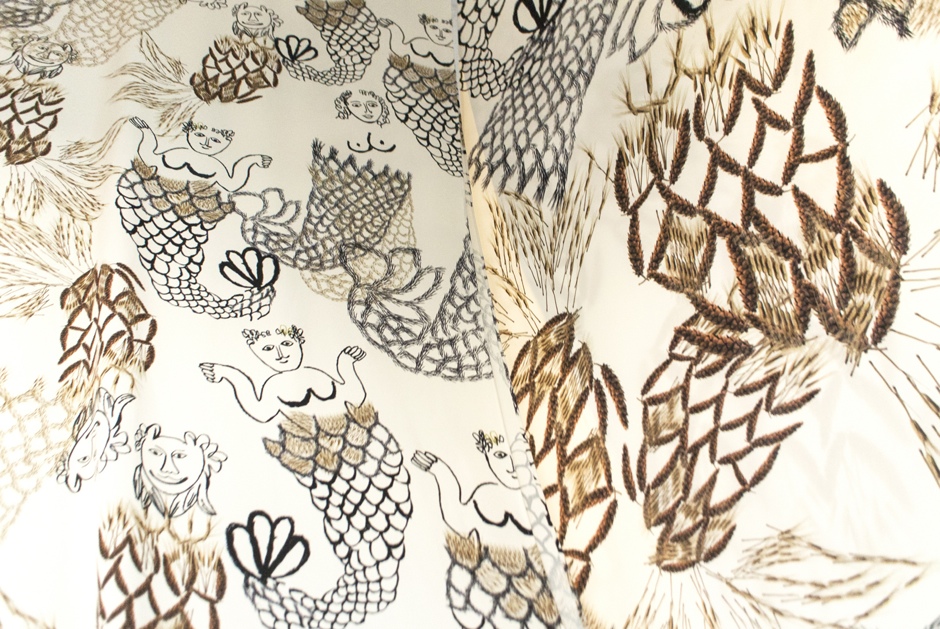
Project curator: Tatiana Kudryavtseva - Design Gallery/Bulhaup St. Petersburg Graphic designer: Anna Kulachek Photographer: Mitya Ganopolsky
Alfred Imageworks from Seoul released a nice animation about Johnny - a Space Delivery Man who travels between different planets to deliver packages.
http://vimeo.com/94502406
"World-renowned choreographer and artist William Forsythe has just unveiled his latest “choreographic object,” an old municipal market space filled with hundreds of suspended pendulums that swing in timed sequences. As visitors move through the space they are forced to duck, dodge, and dart through the rows of swinging weights resulting in an impromptu dance. Forsythe is known for his unique blend of choreography and artwork where the viewer often becomes a participant in his interactive installations." text via Colossal
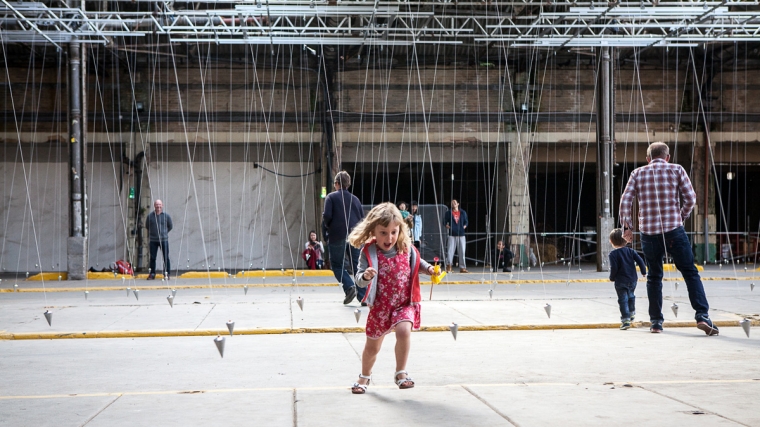
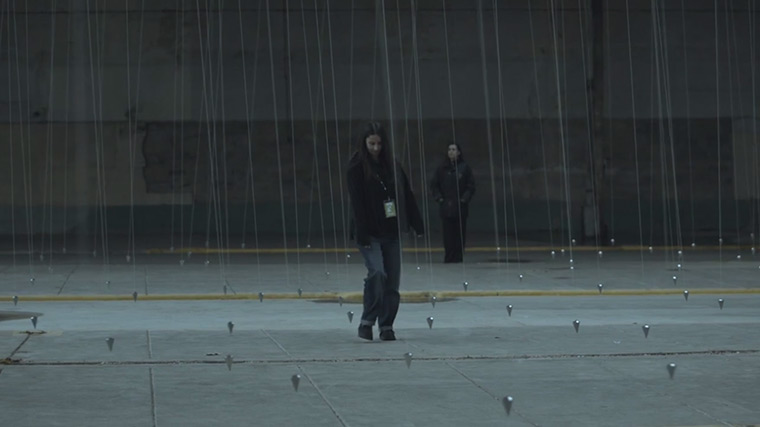
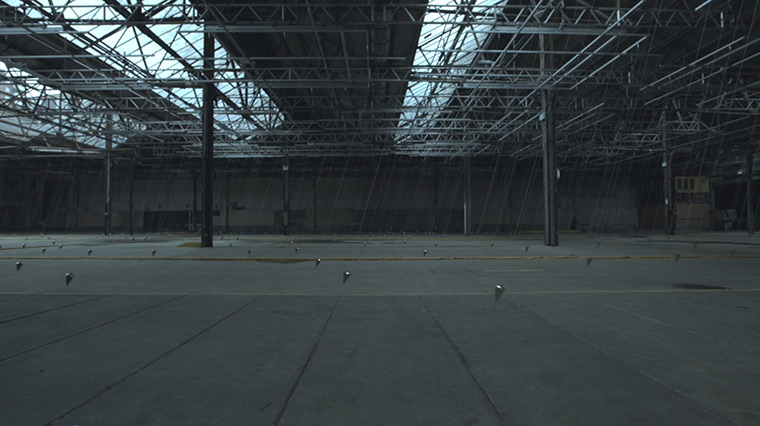
http://vimeo.com/94638603
Russian artist Edgor Kraft shares his new updated "Kraftfolio" packed with awesome projects from art installations to murals. The website itself is a conceptual playground worth to visit and share.
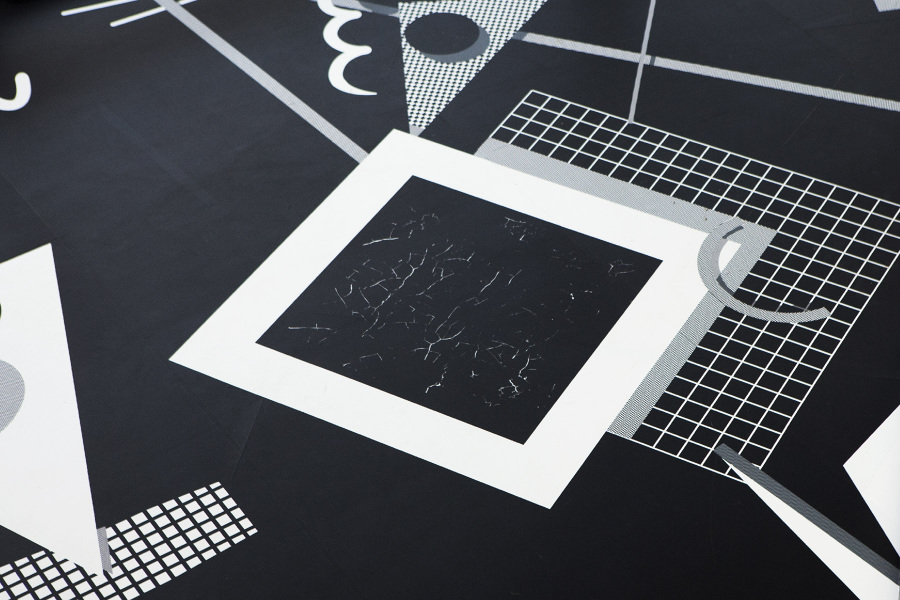
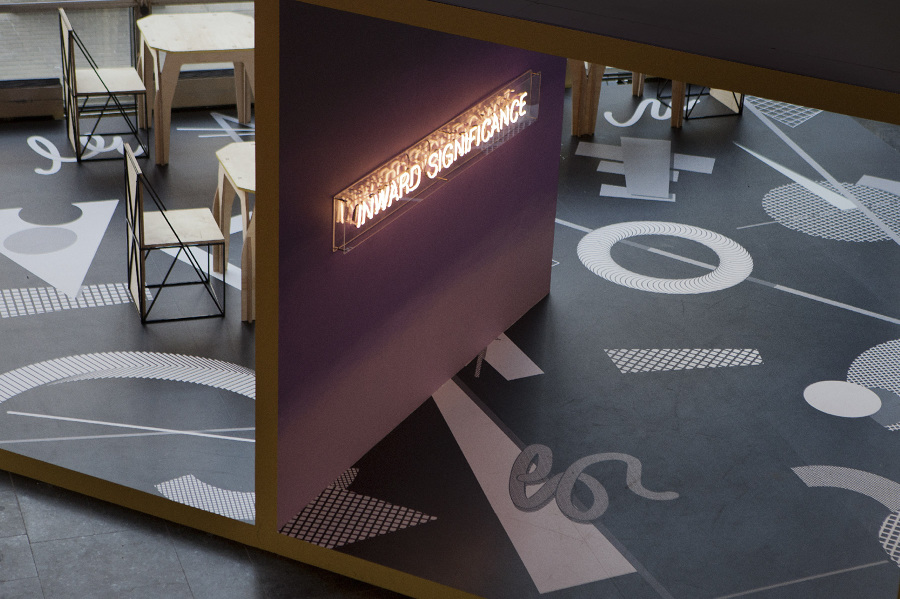
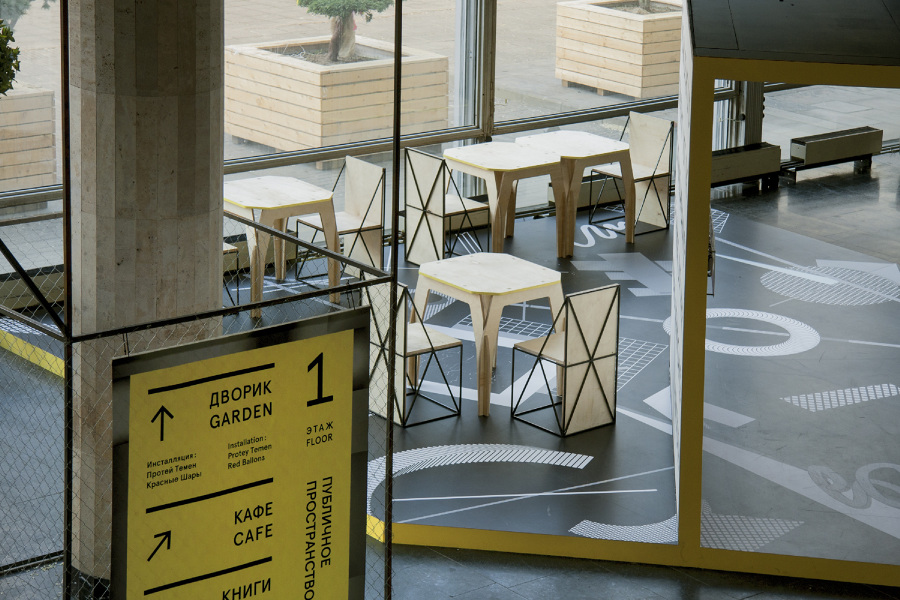
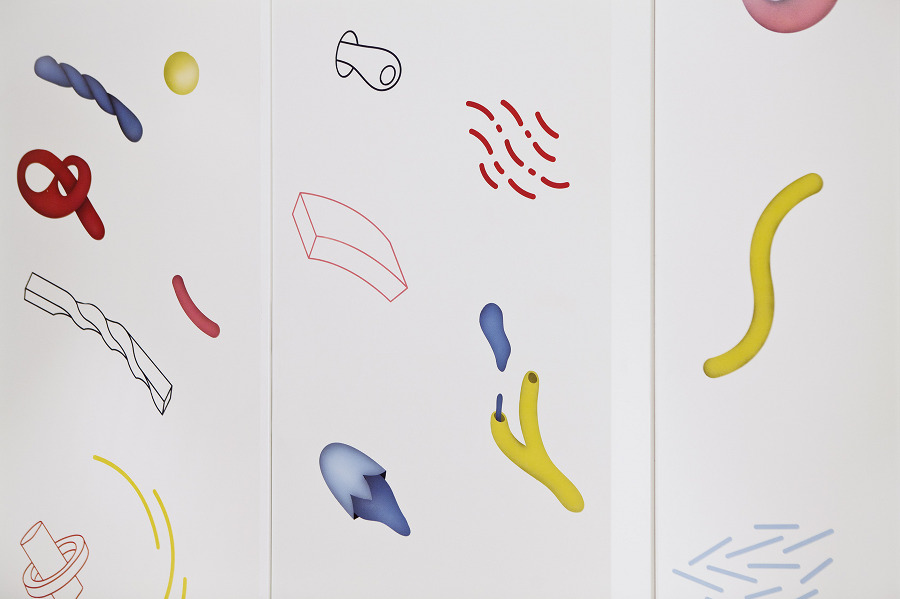
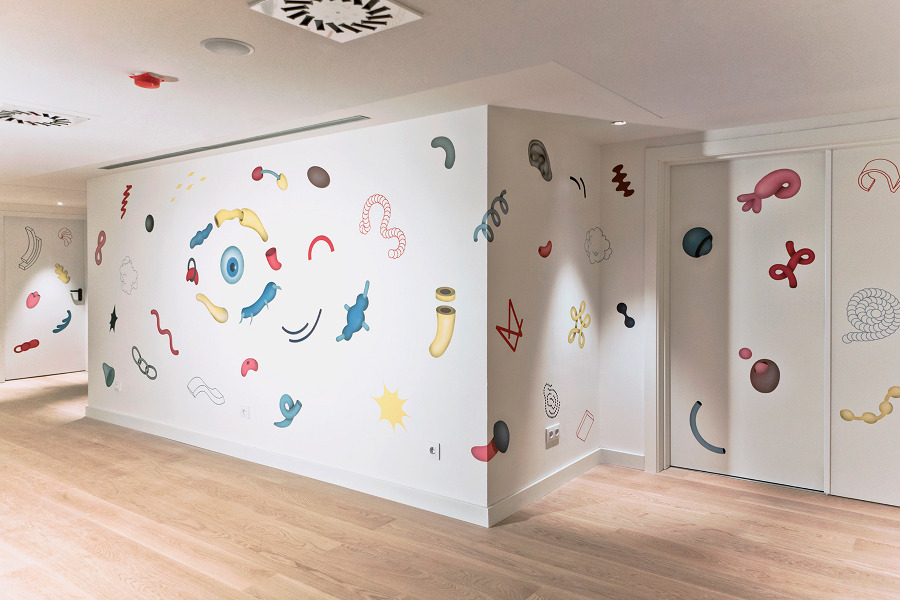
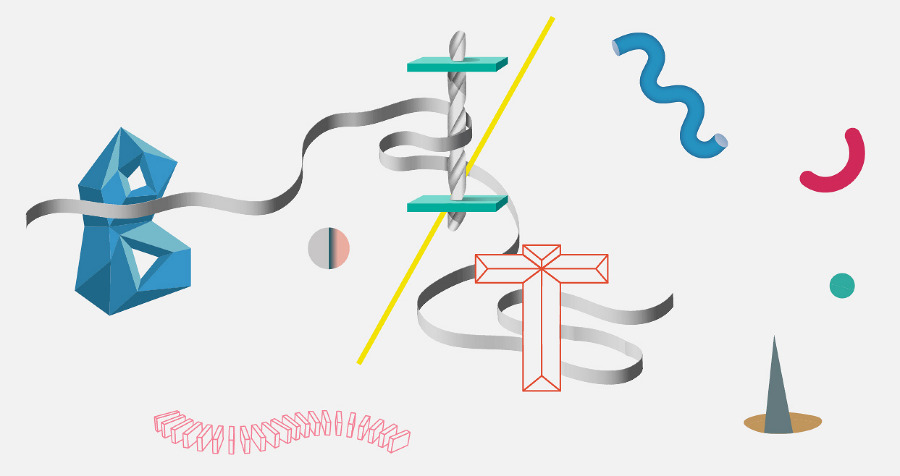
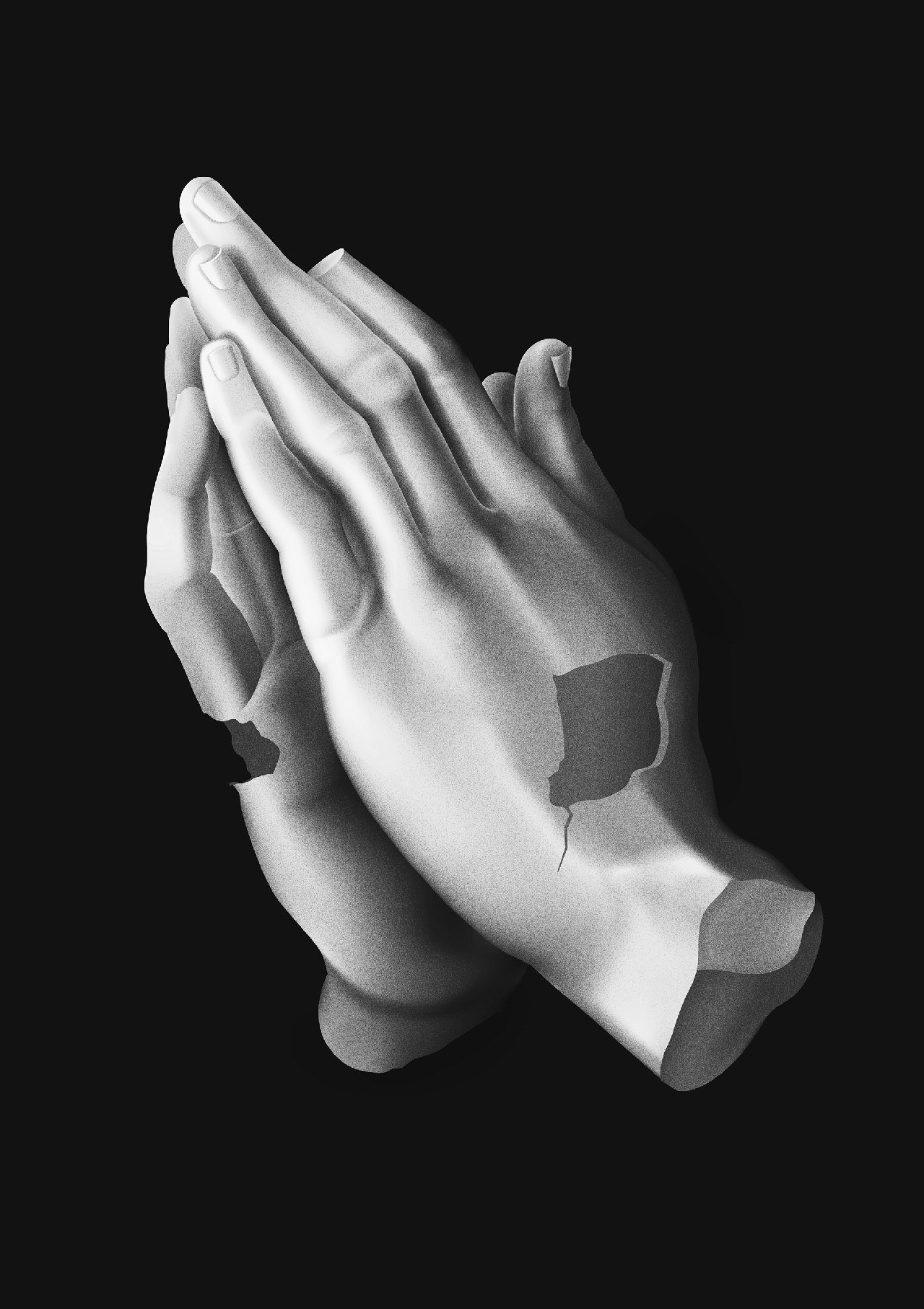
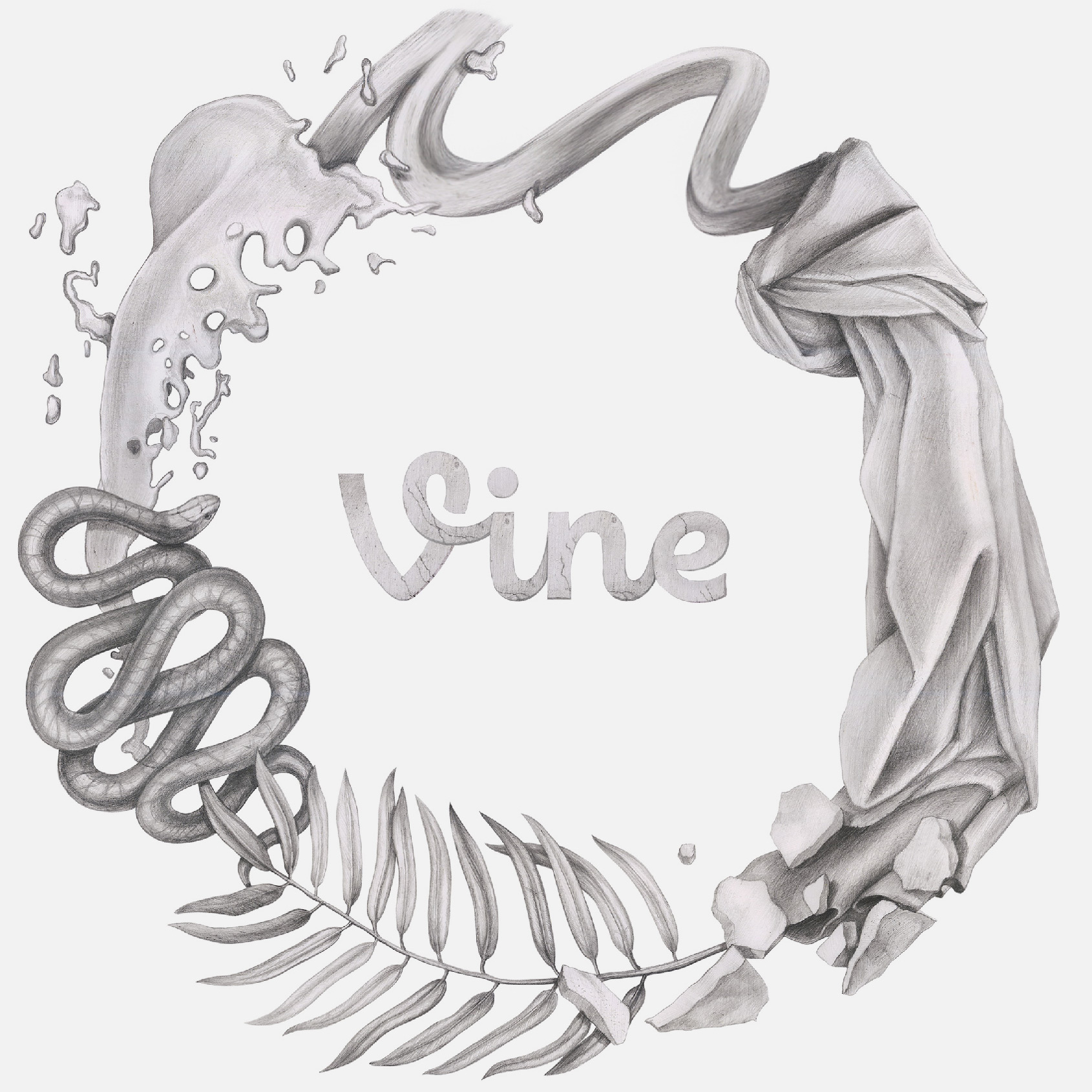
Wild & Free Designs came about from Laura Maxcy's background in graphic design, a love of reclaimed vintage, and inspiration from the Transcendentalist writers' works on nature. Her passion is covering vintage globes with hand-written quotes and clever clogs.
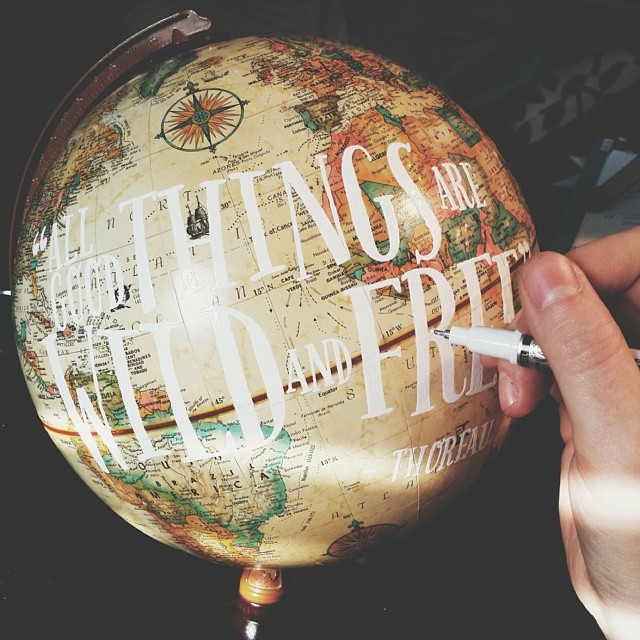
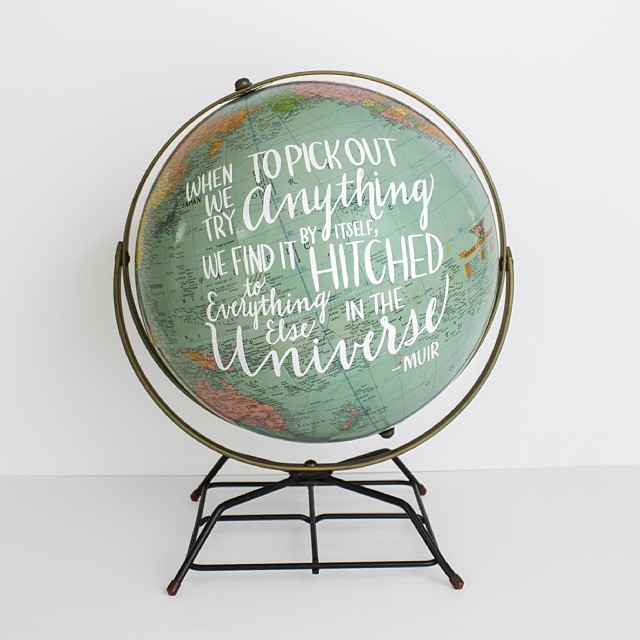
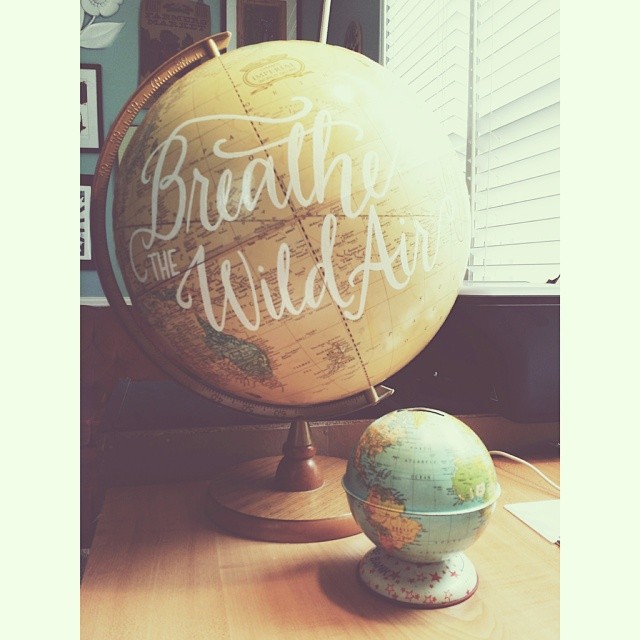
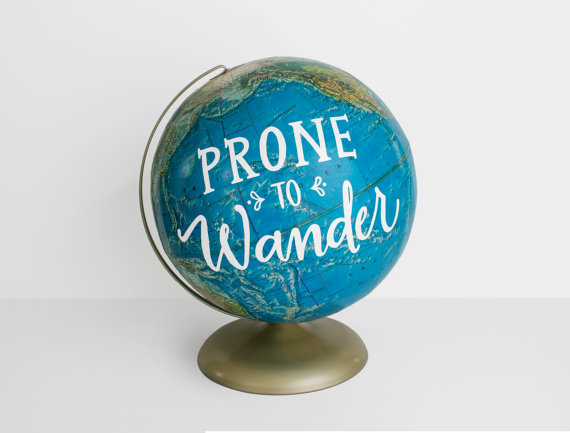
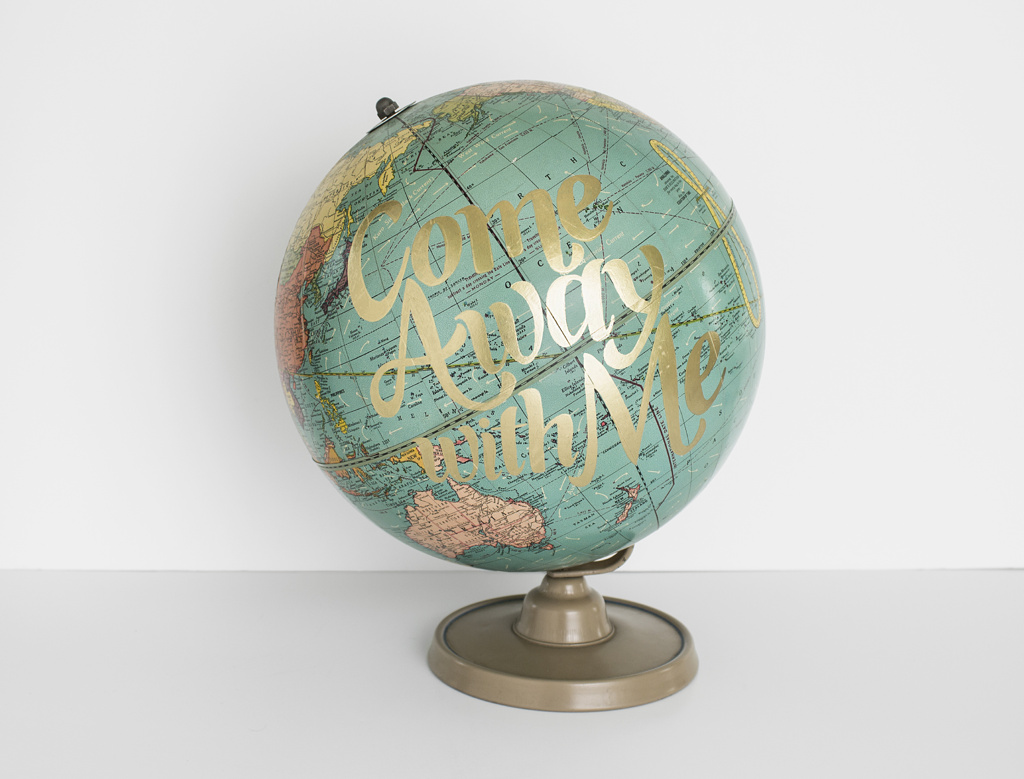
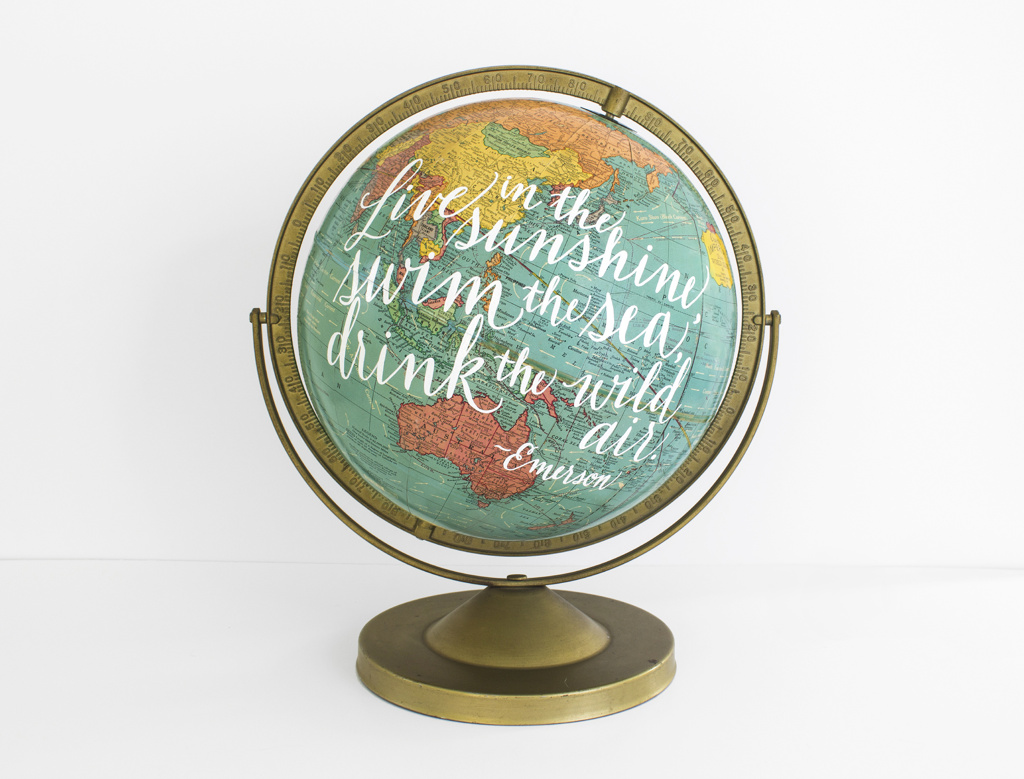
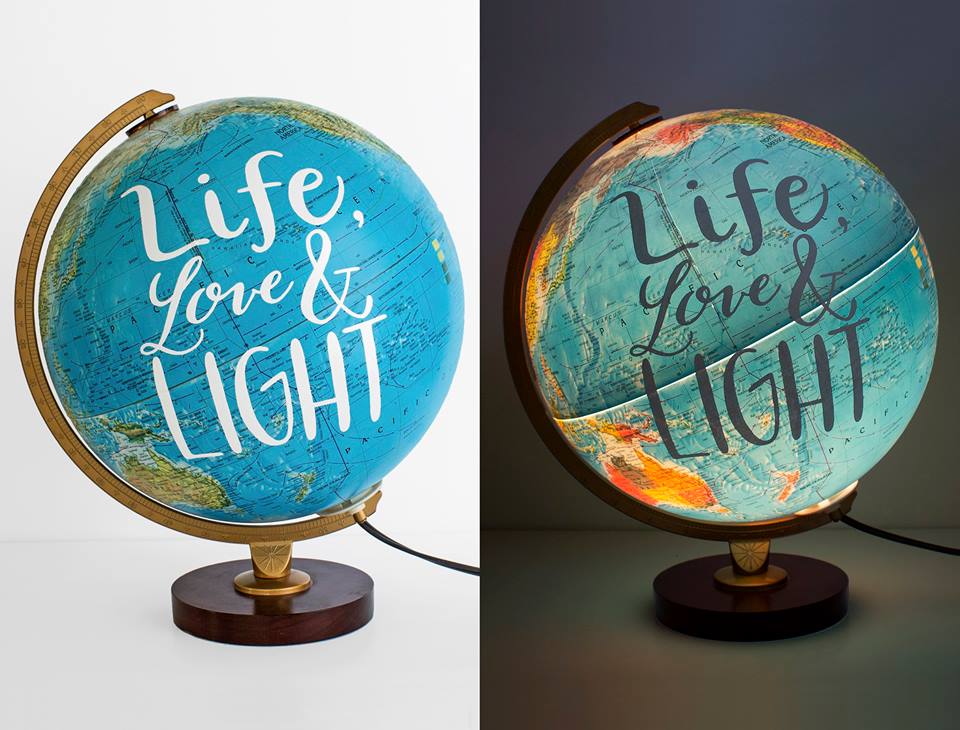
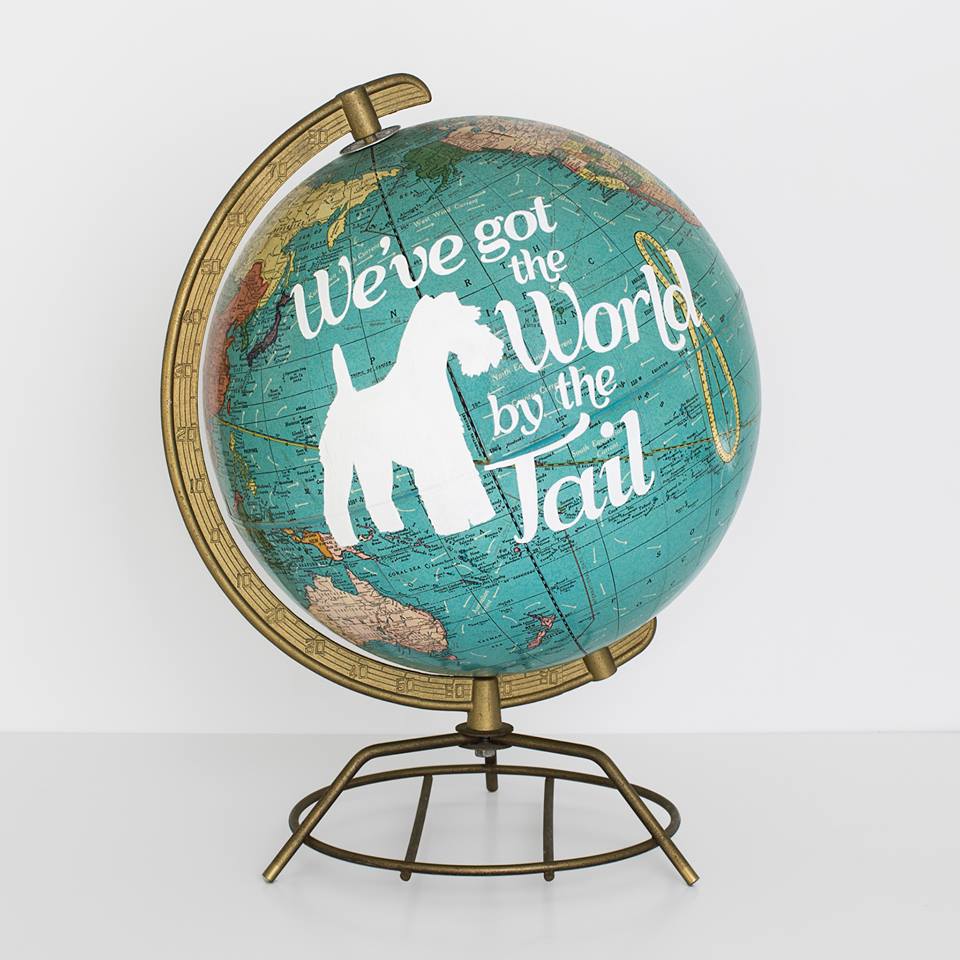
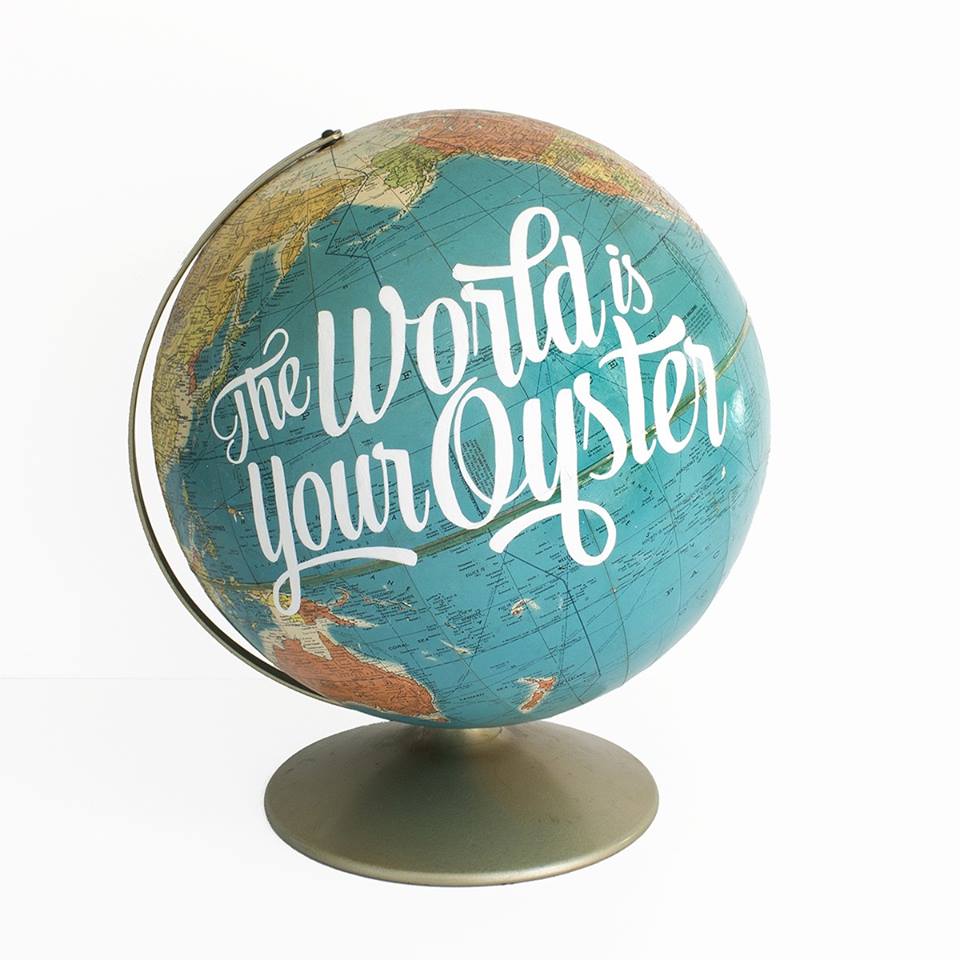
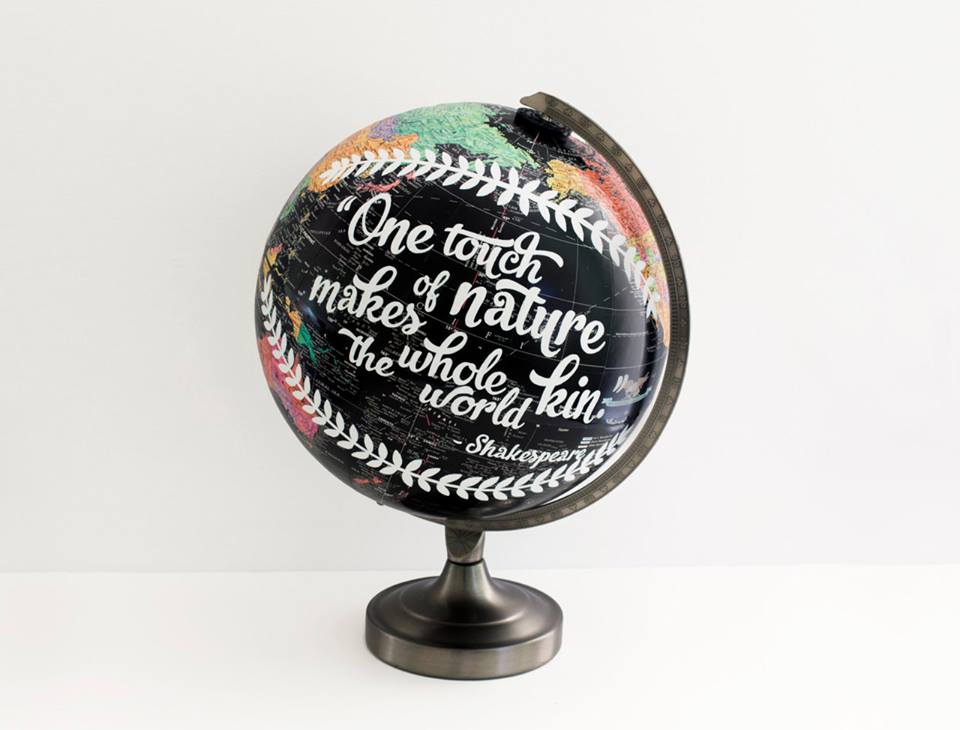
Warm-Up is a music animation directed by Ruslan Khasanov on music composed by Dmitry Evgrafov. Watch this pure state of digital art and electronics.
http://vimeo.com/92839404
Artist Harding Meyer paints large-scale, expressive portraits that are fractured and fragmented with beautiful glitches.
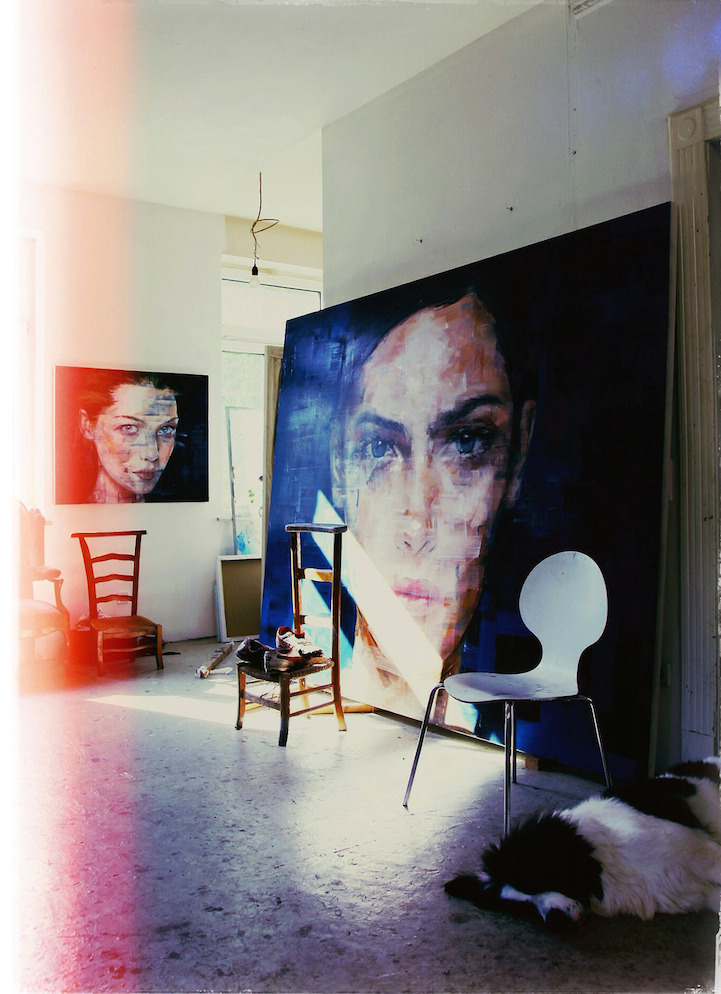
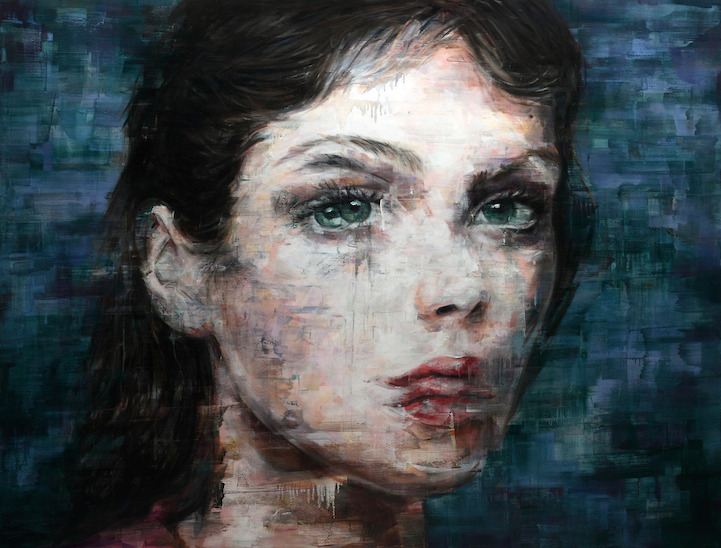
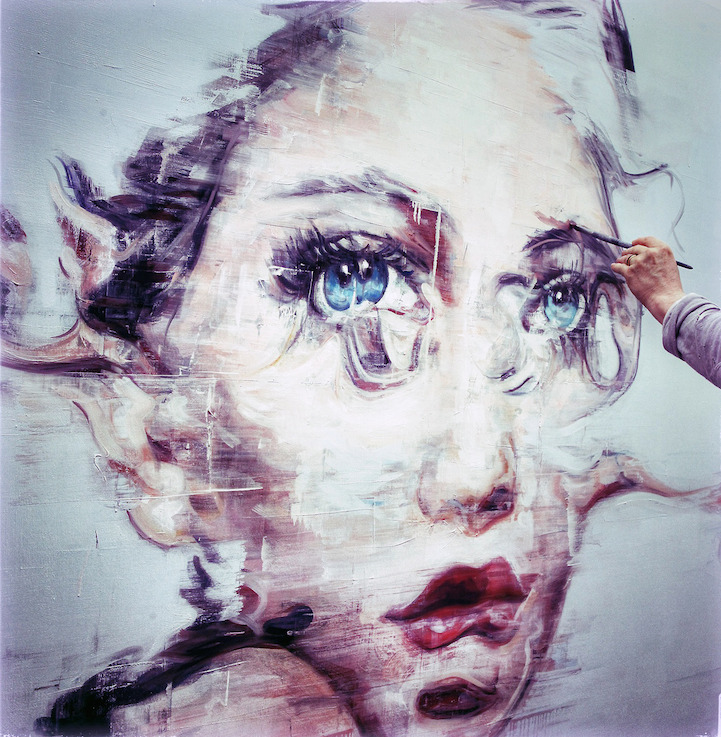
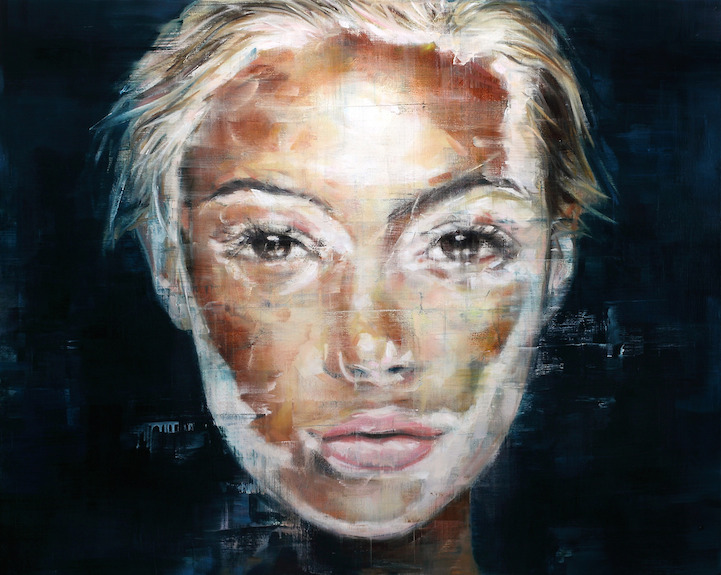
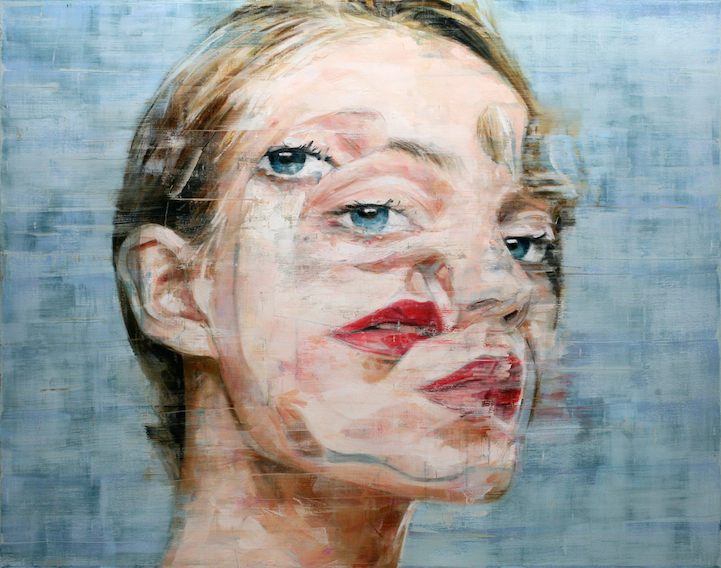

Alasdair Thomson is a sculptor living and working in Edinburgh, Scotland. He is Italian-trained and has significant experience in carving large scale sculpture and other elements of decorative stonework, both in Scotland and abroad. Through his current series of sculptures, Alasdair is exploring the way fabric hangs and folds, and is attempting to capture that lightness and gracefulness in stone. Named 'The Identity Collection', his recent sculptures are carved copies of garments donated by his friends and family. Seeking to capture the characters of those he invited to donate, he surrendered the control of the content of the series by allowing others to submit garments of their choosing for him to carve. The results are simple and understated, as well as timeless and nostalgic.
